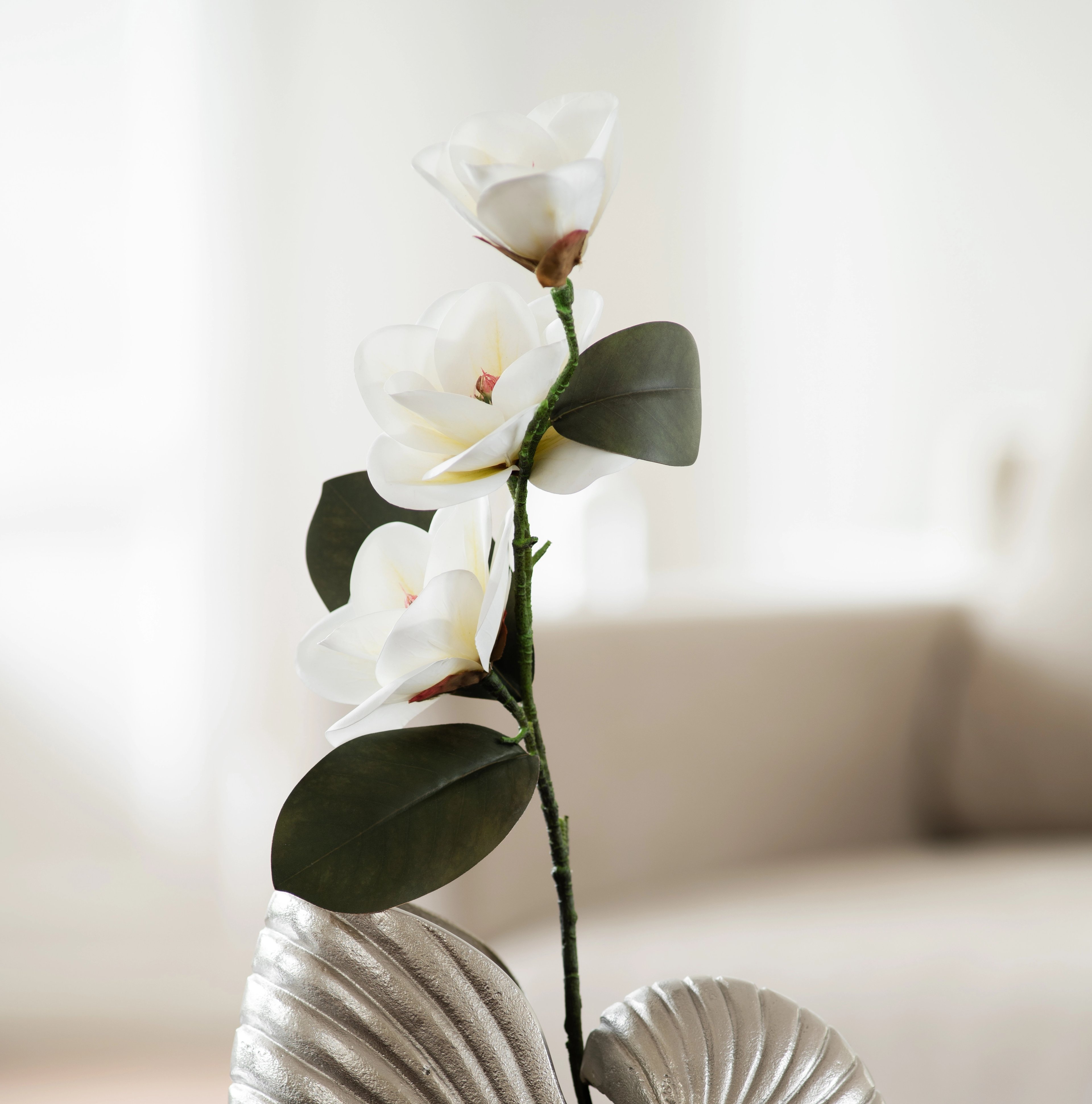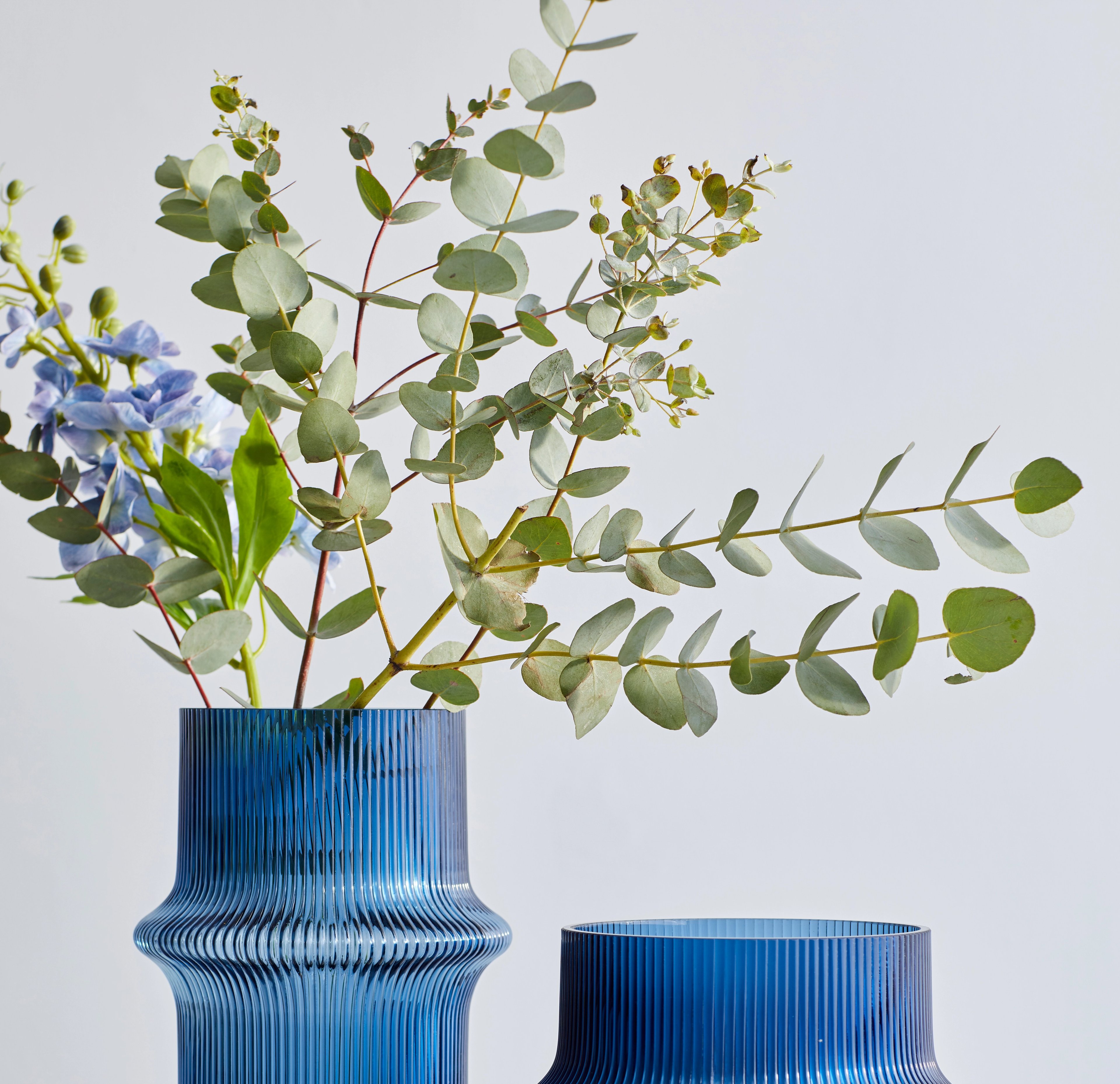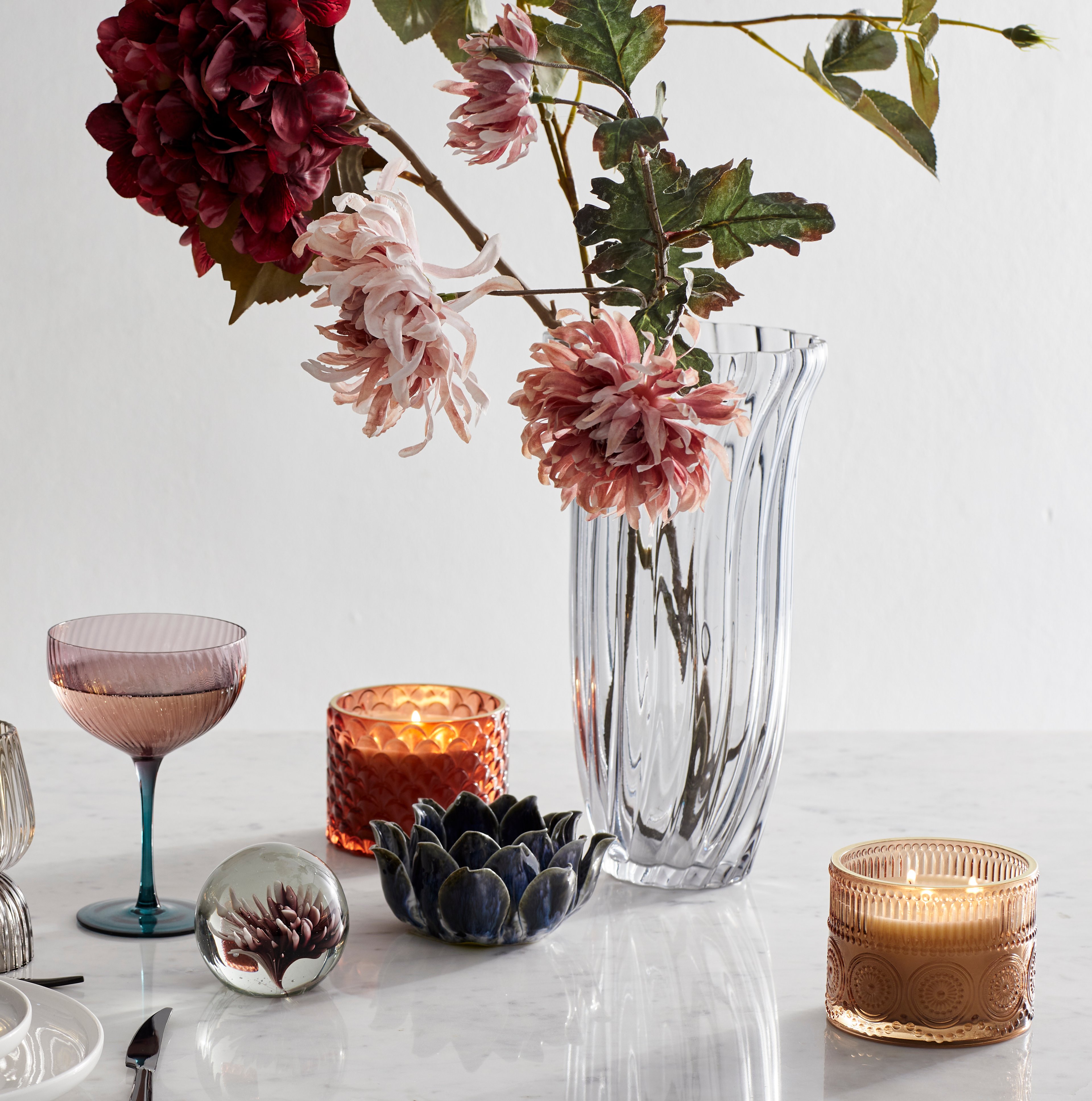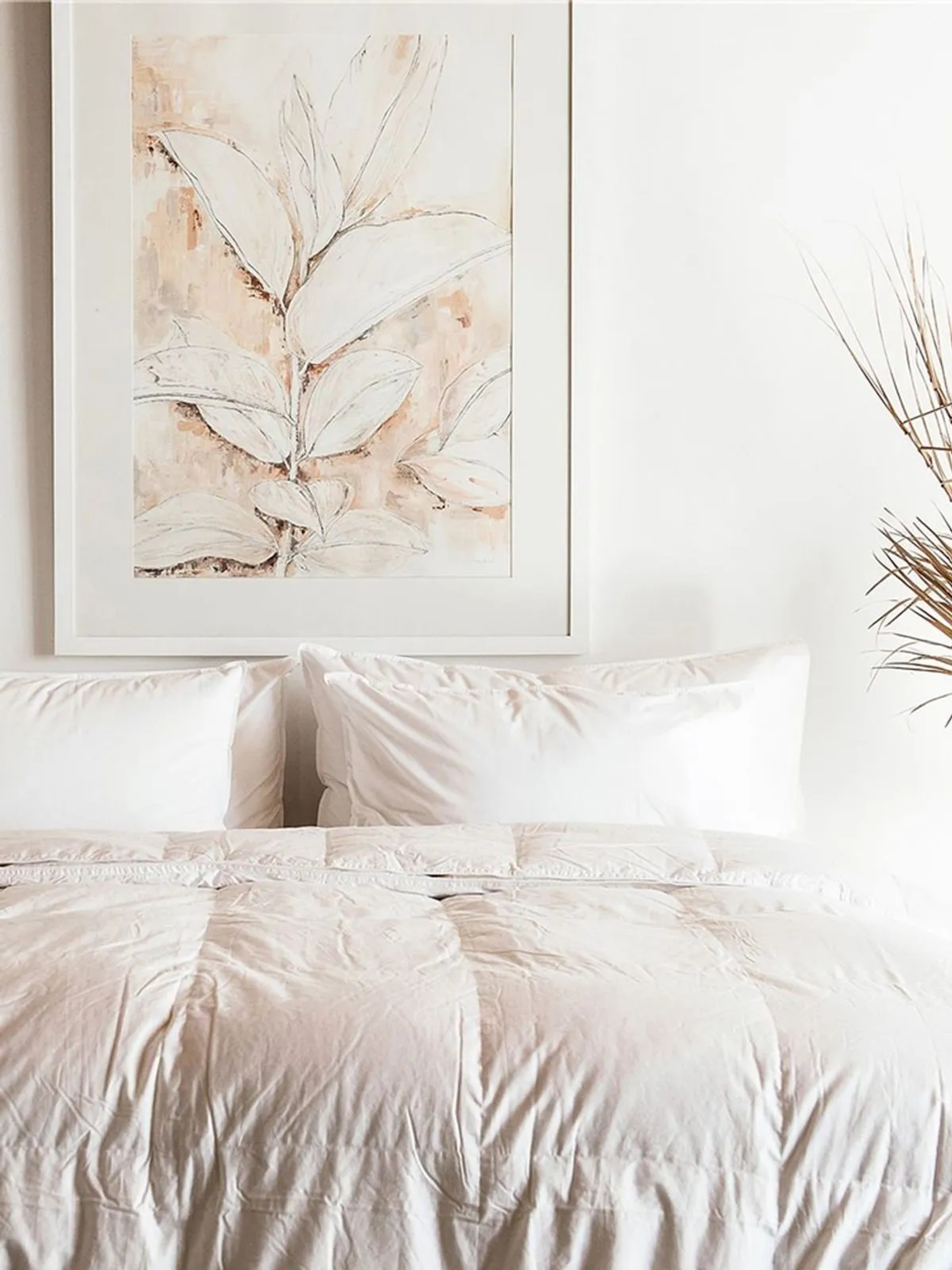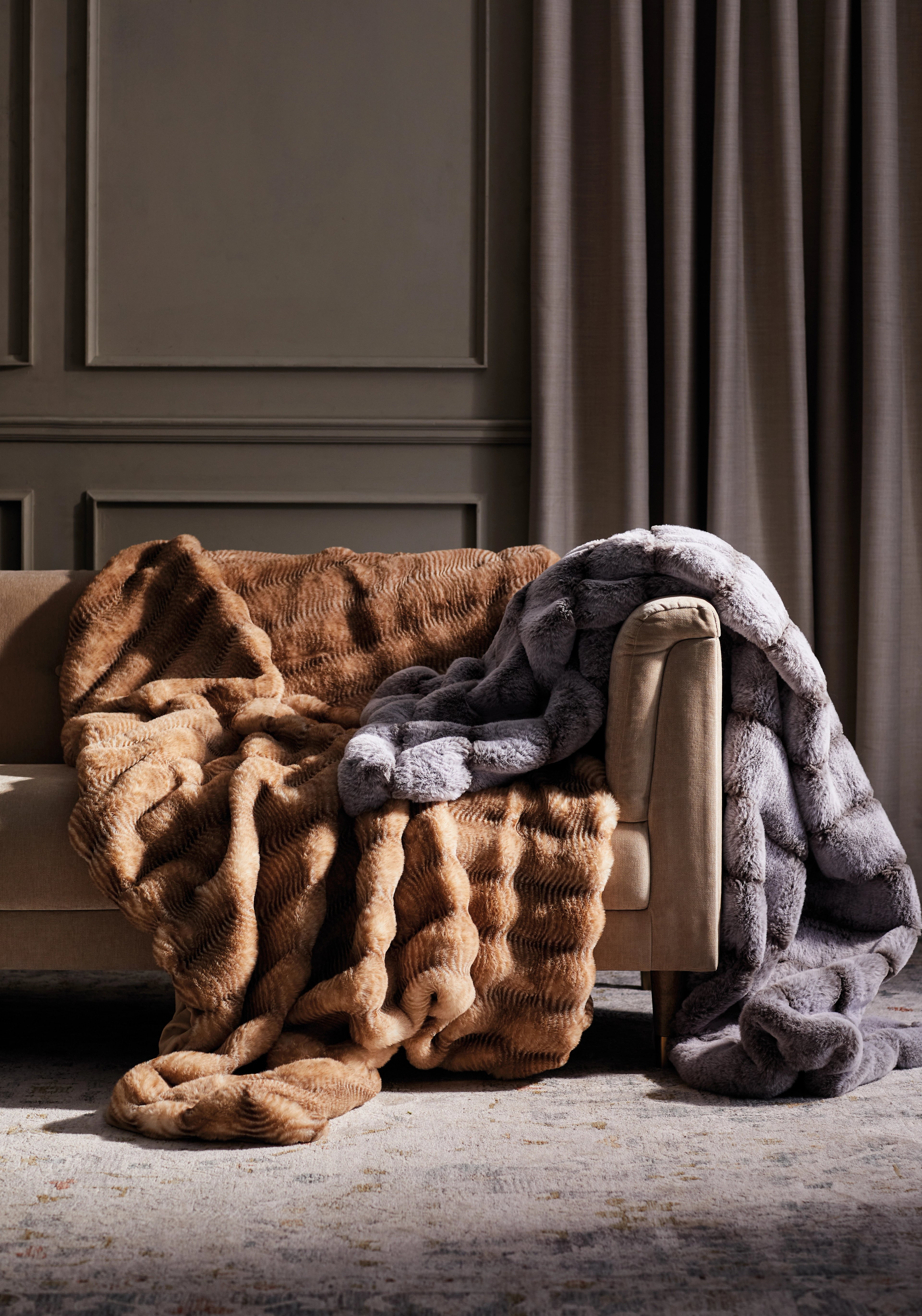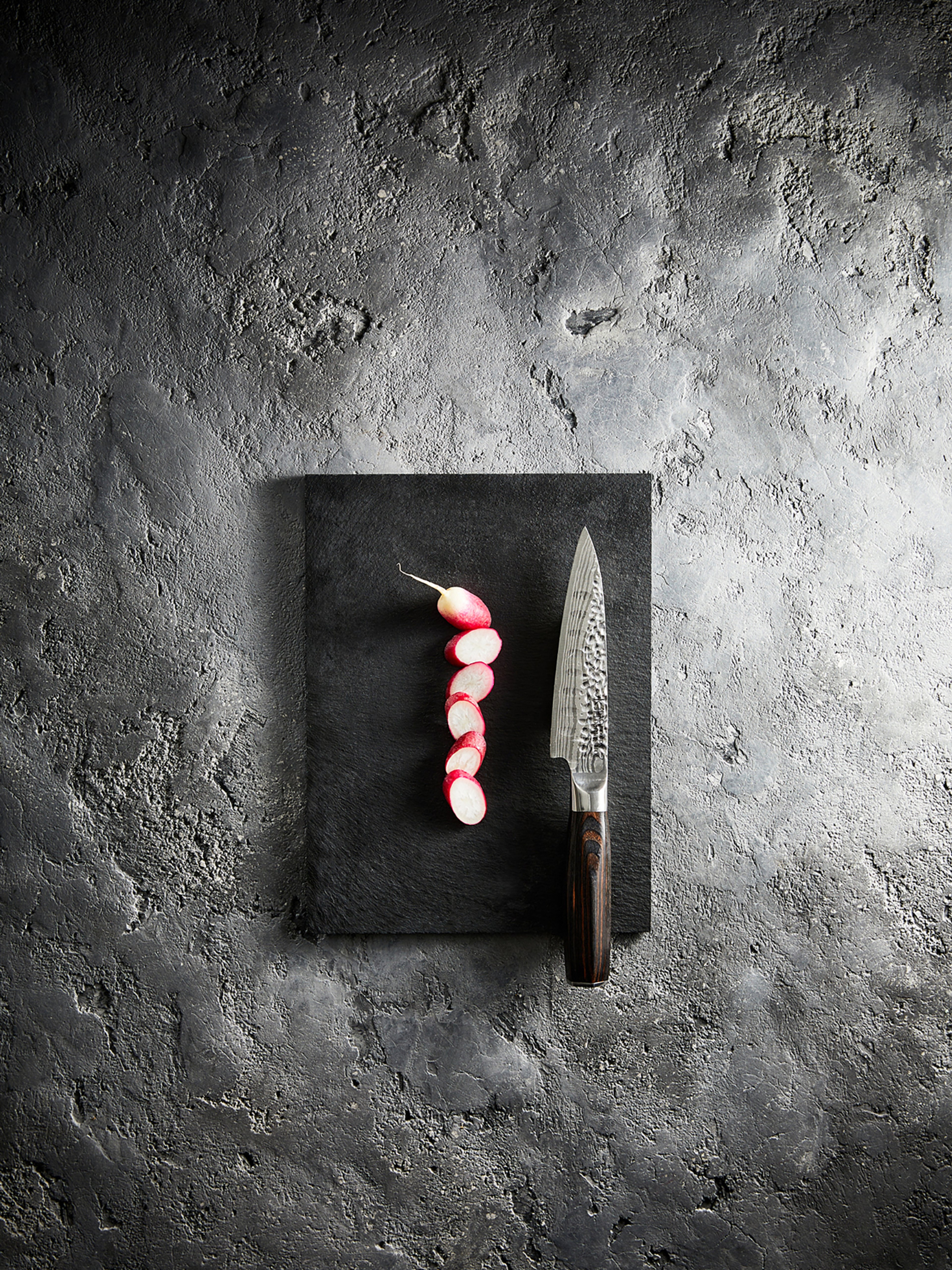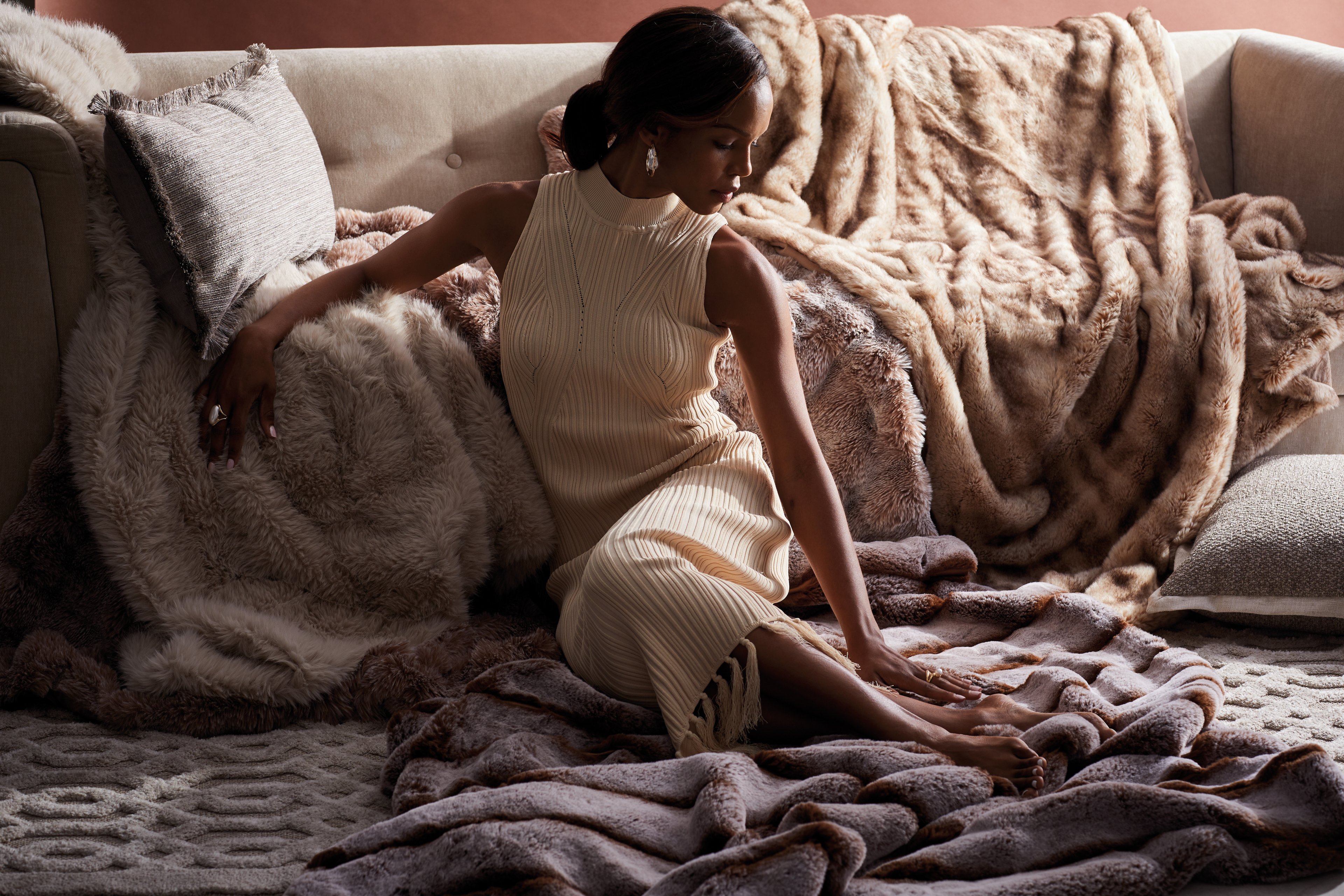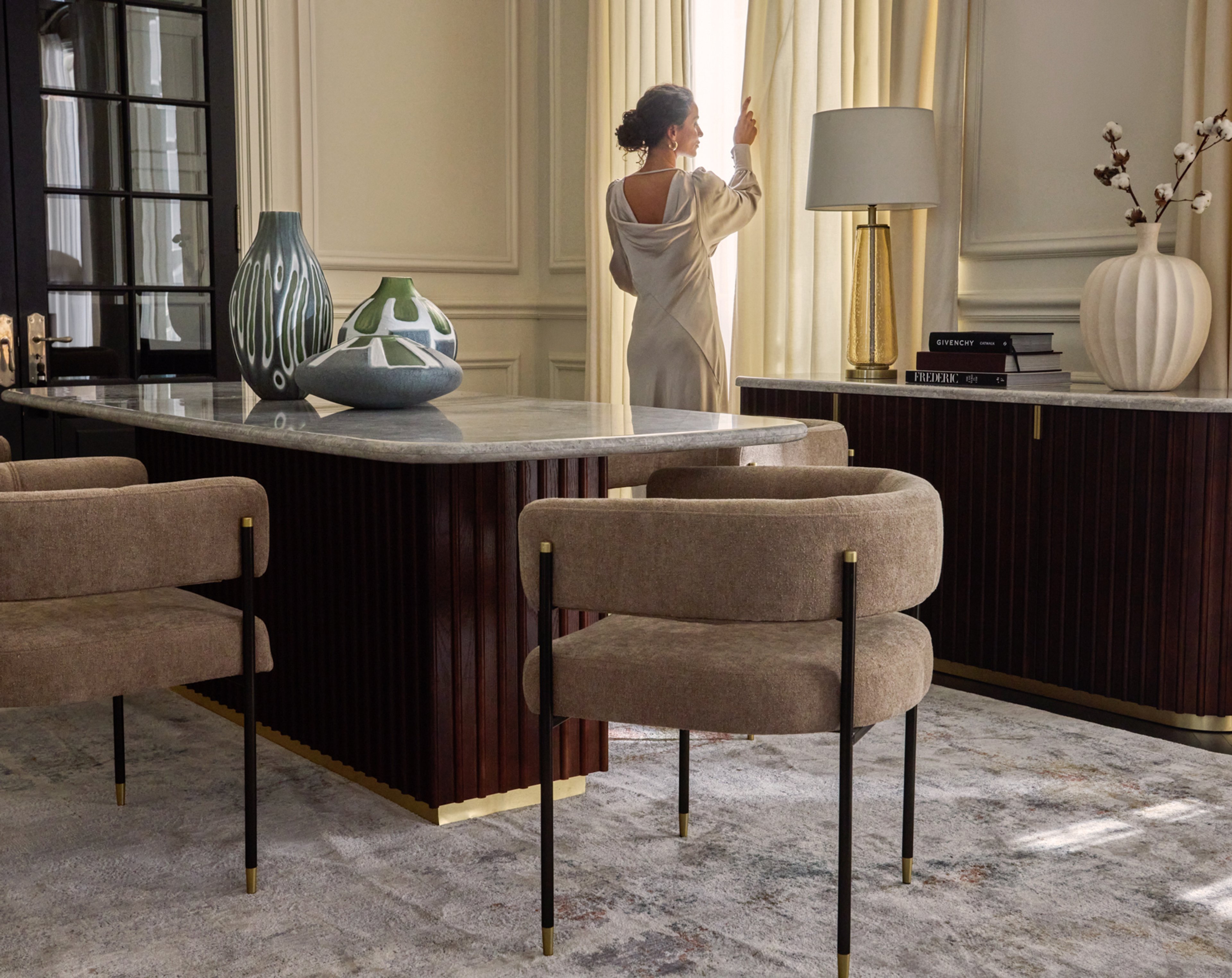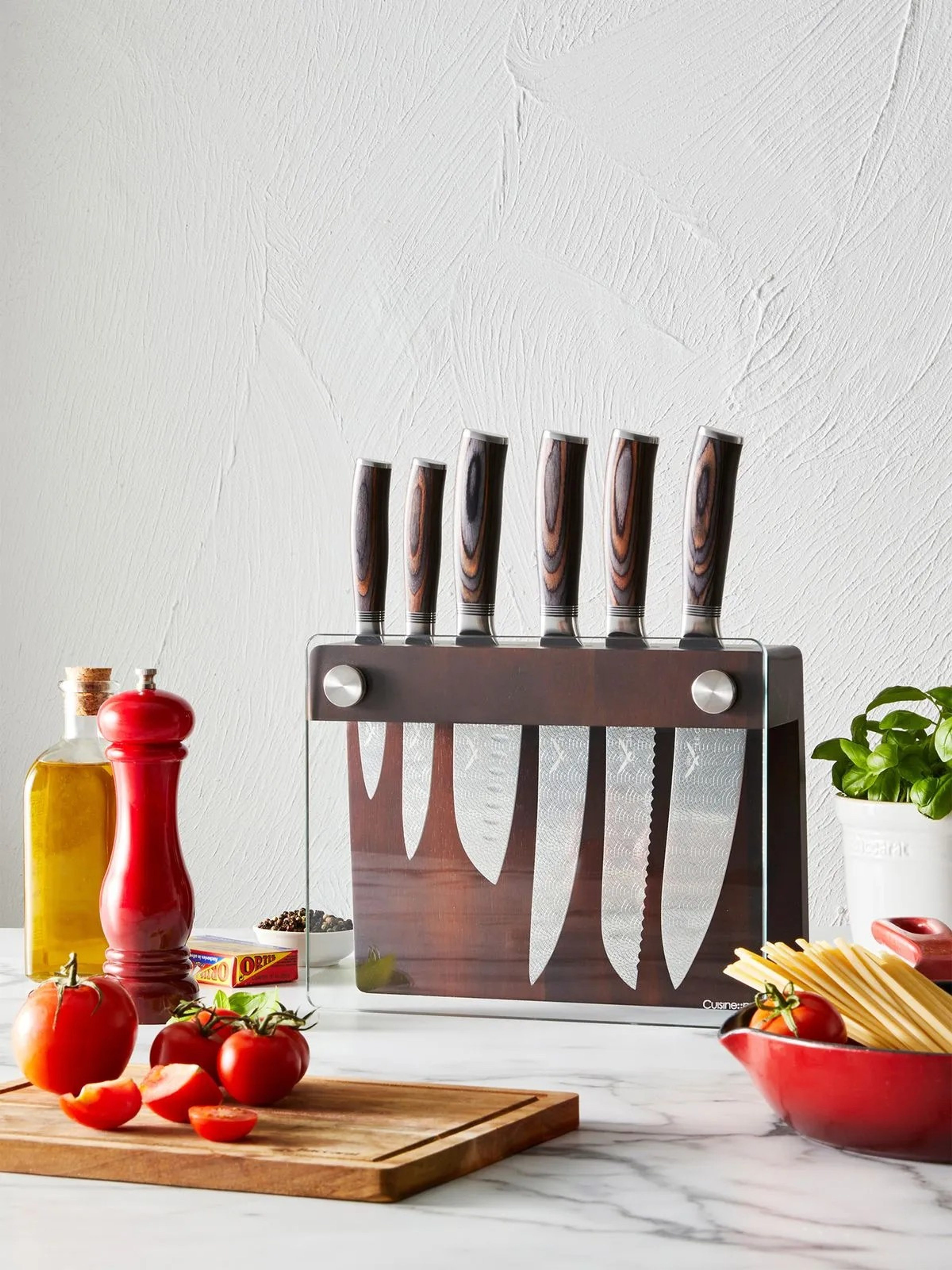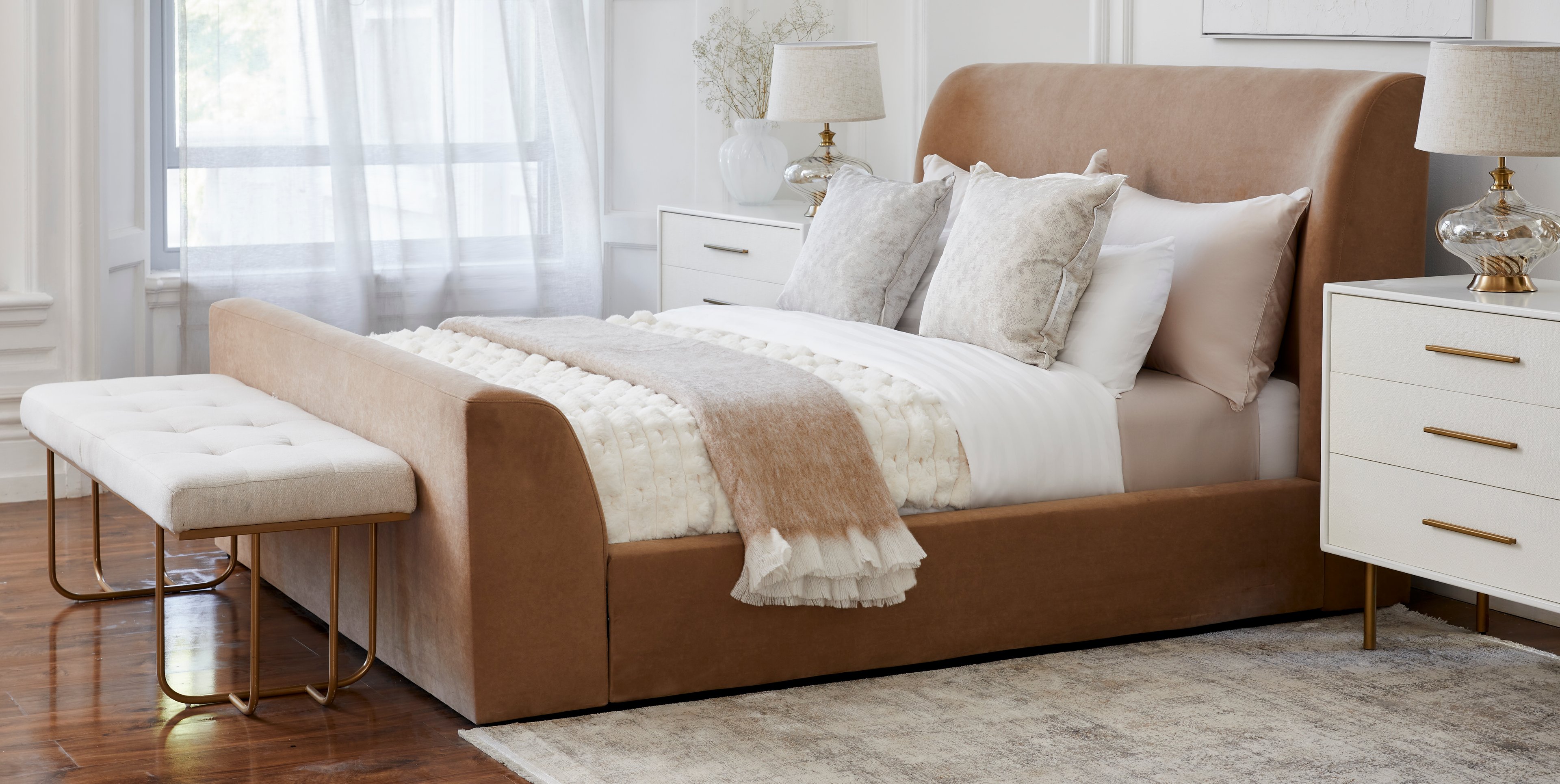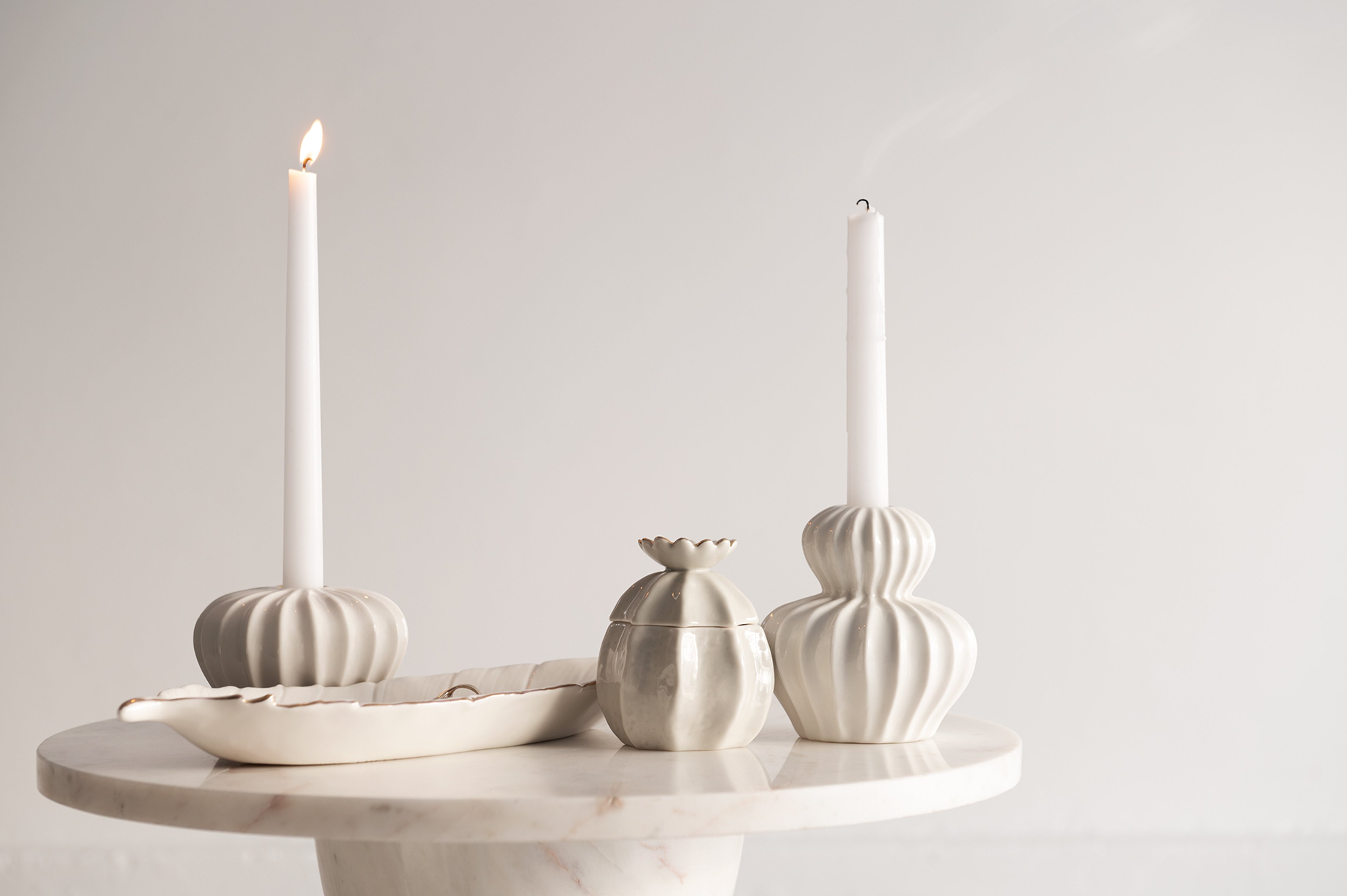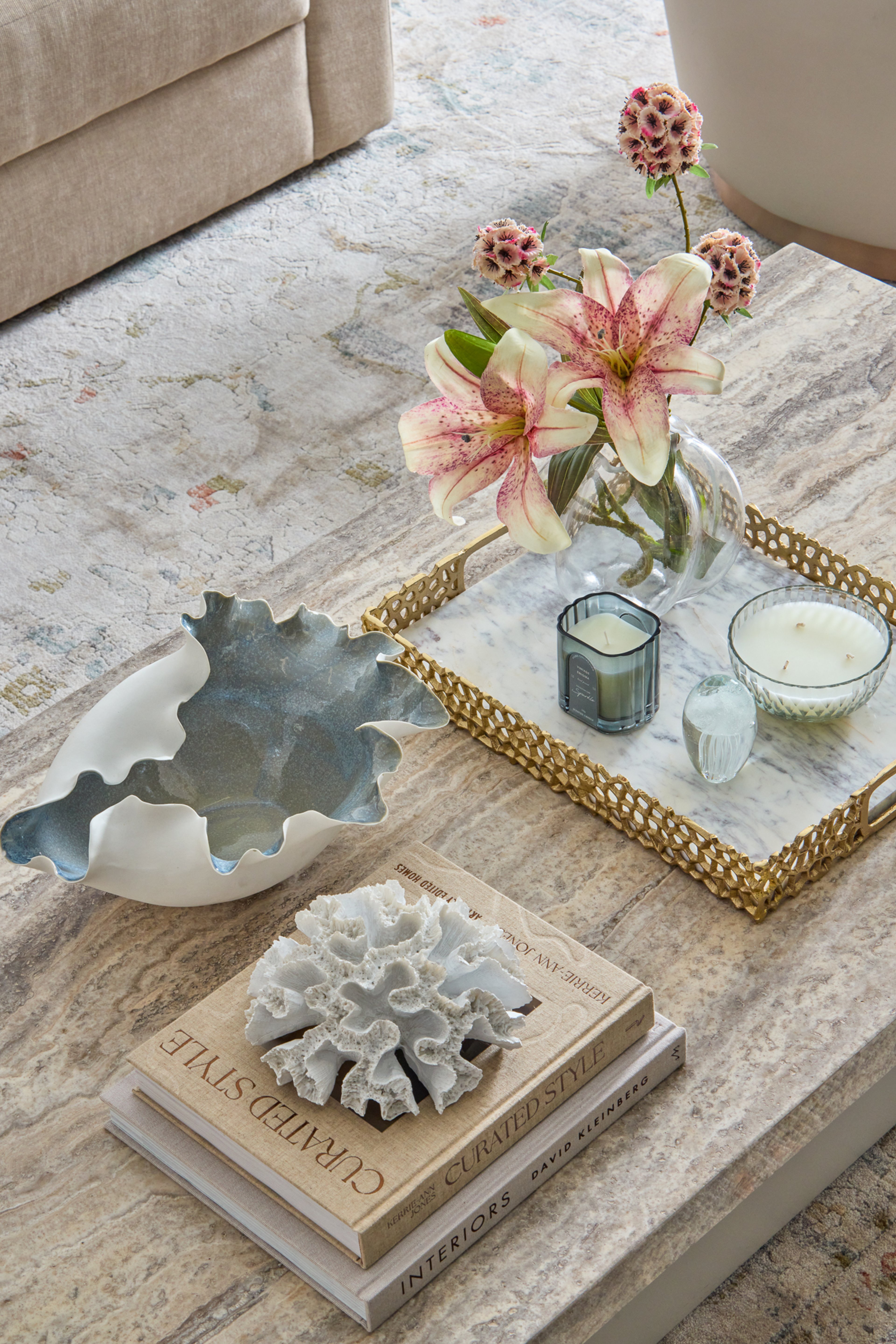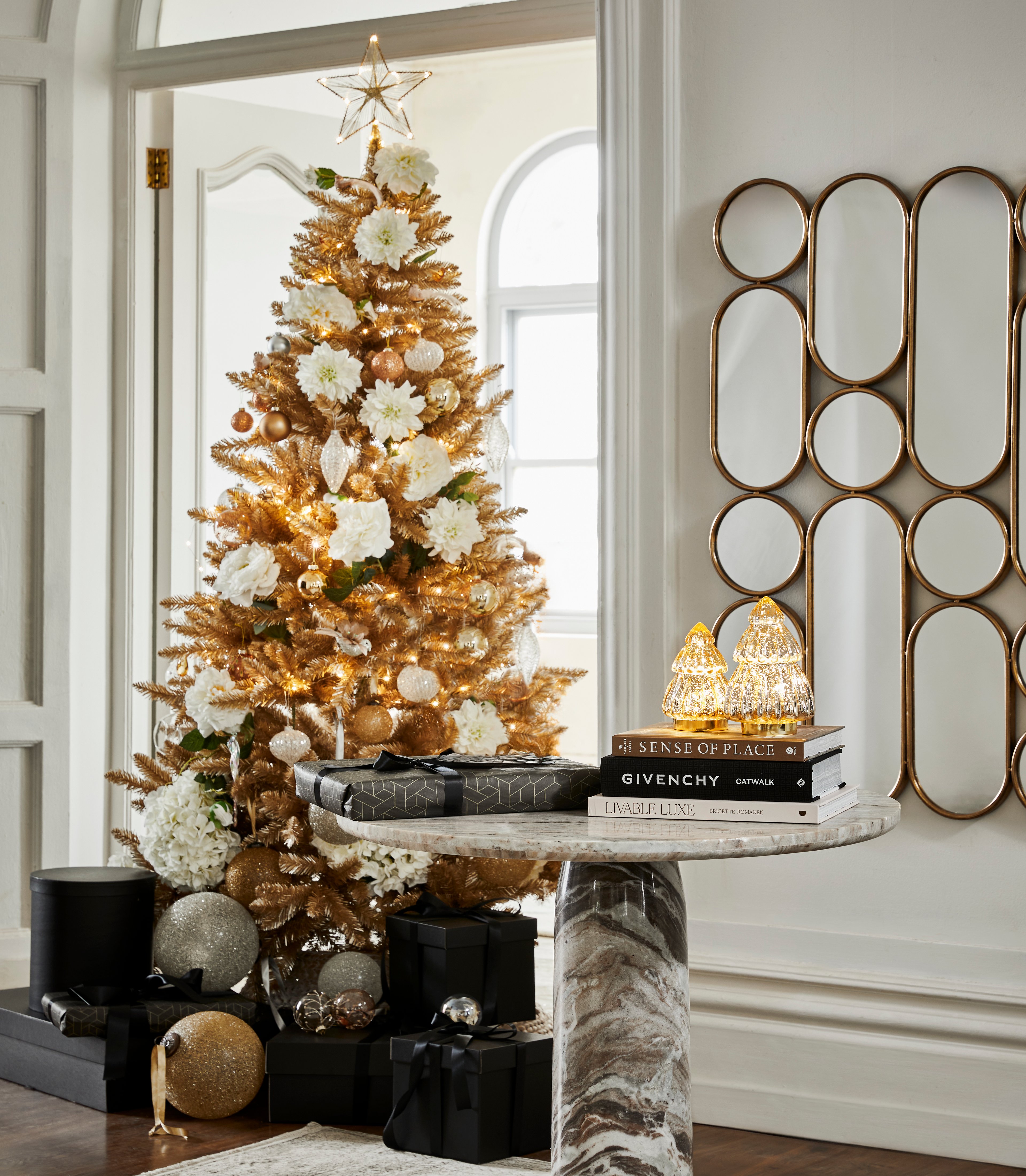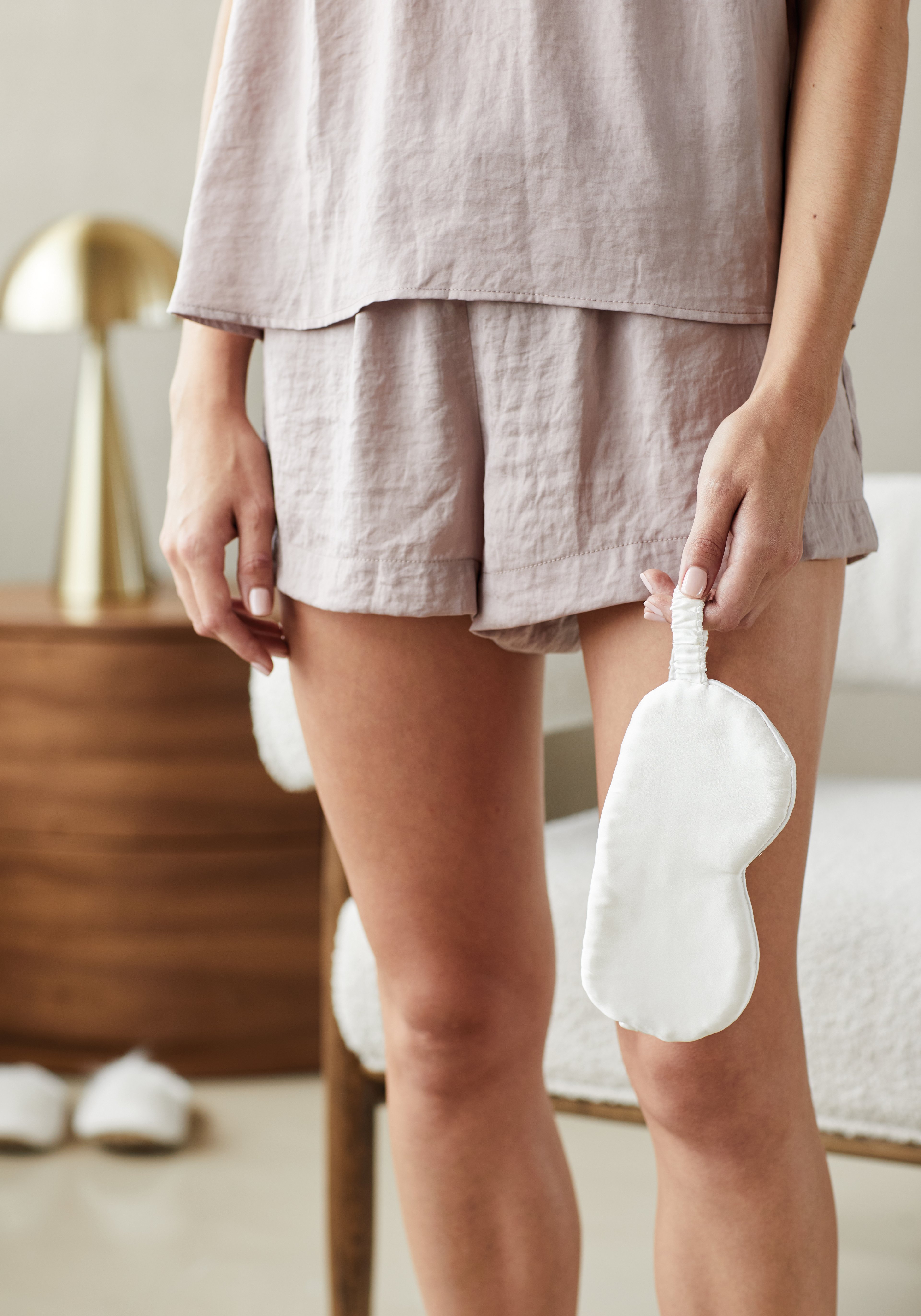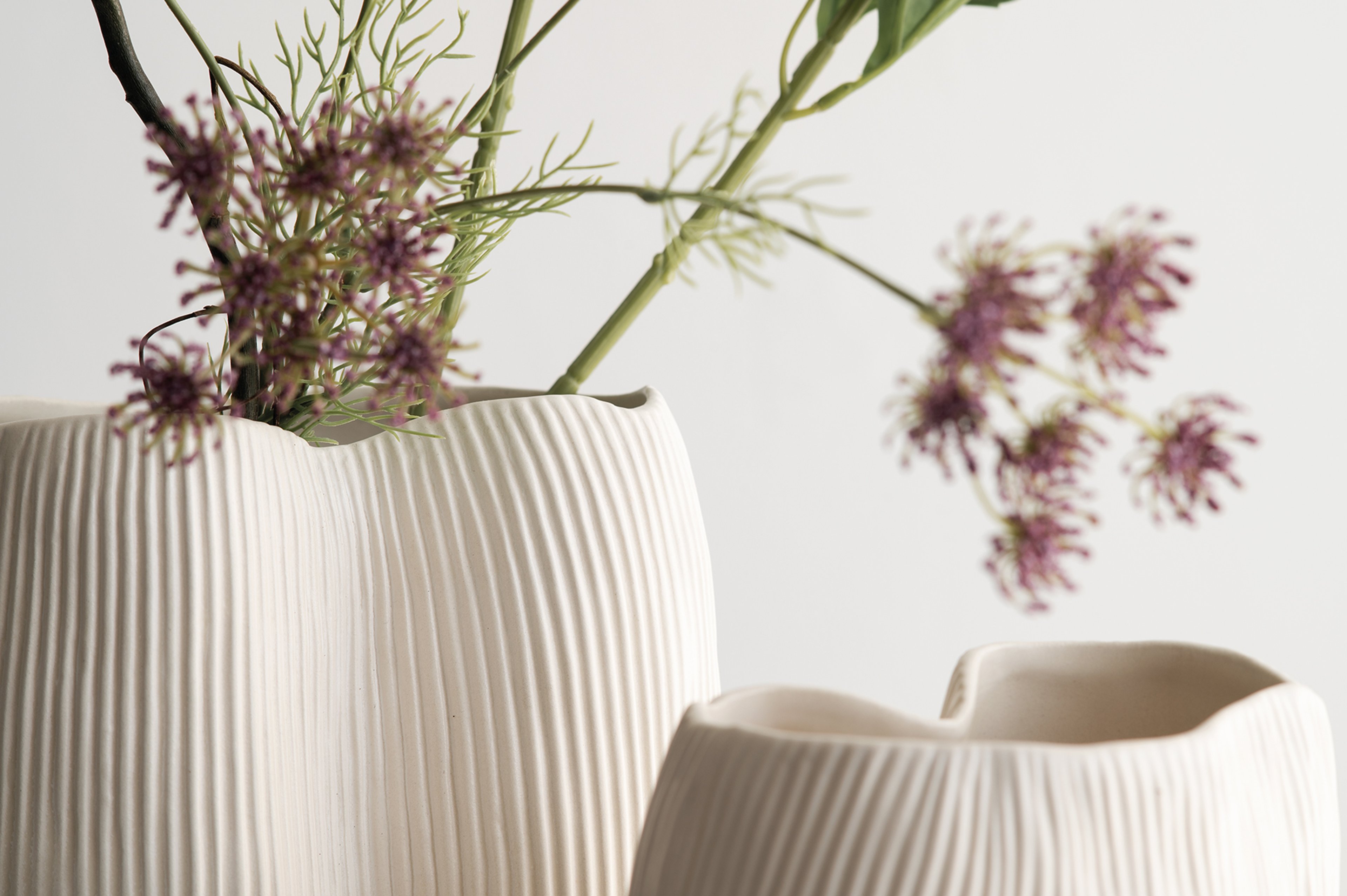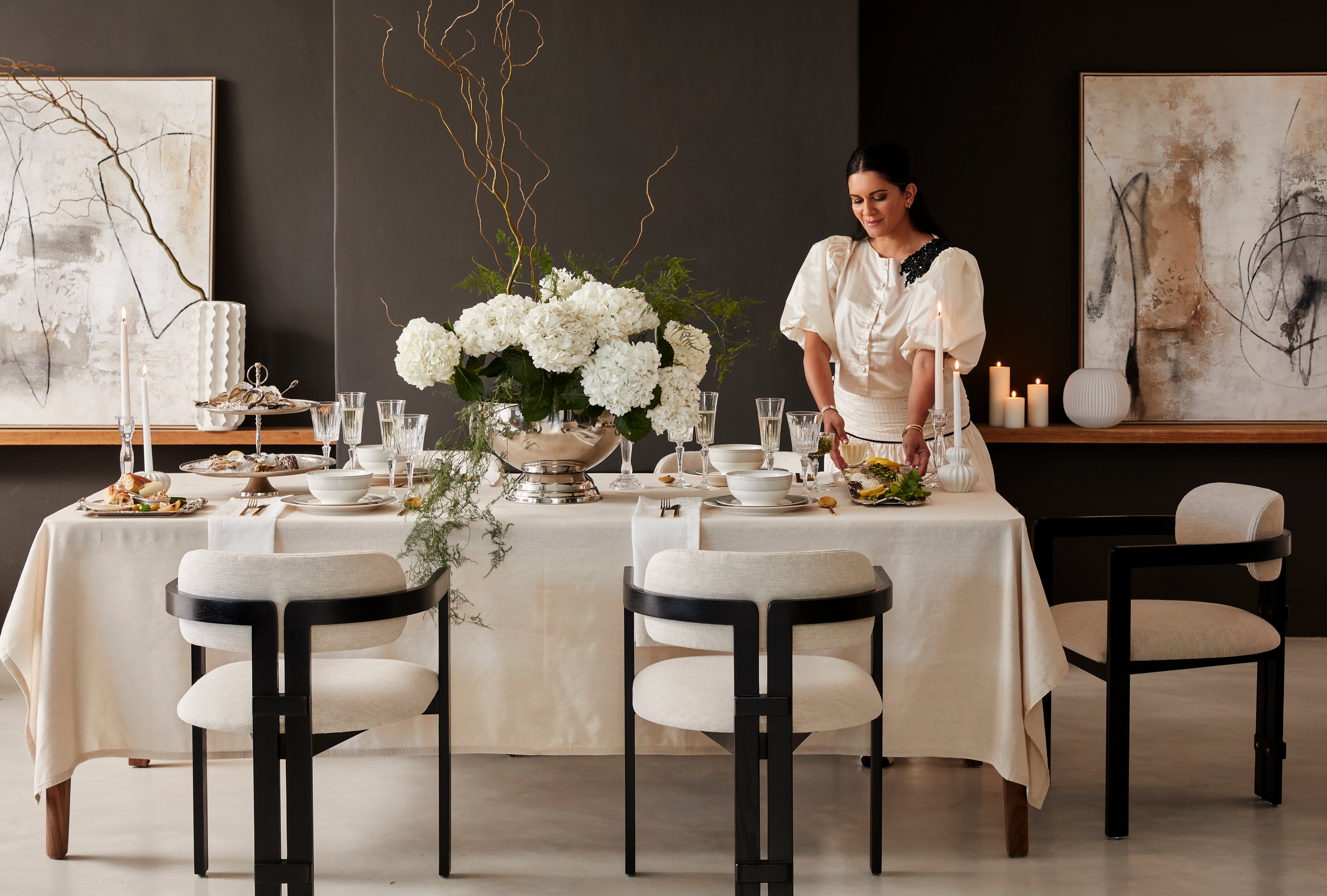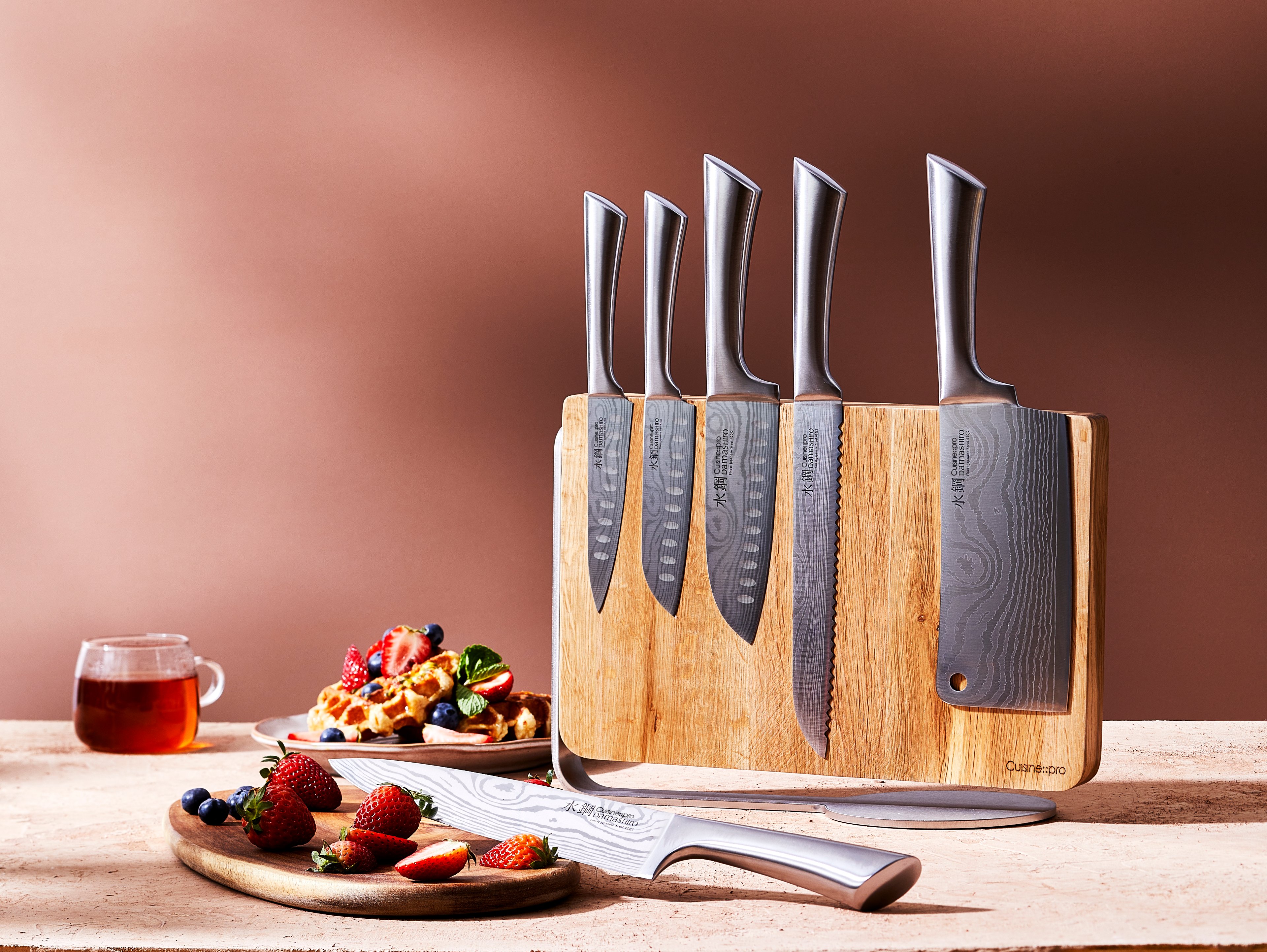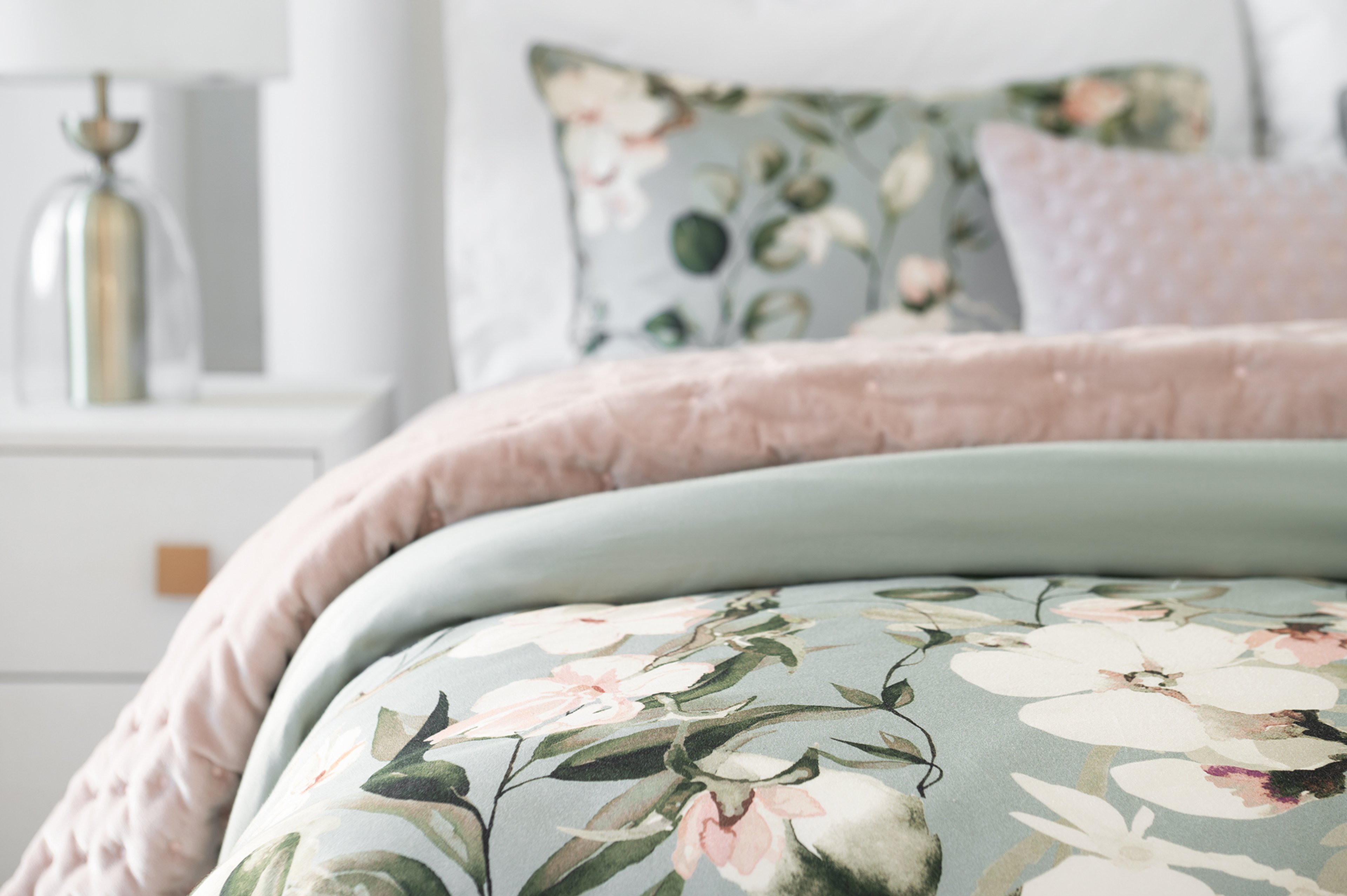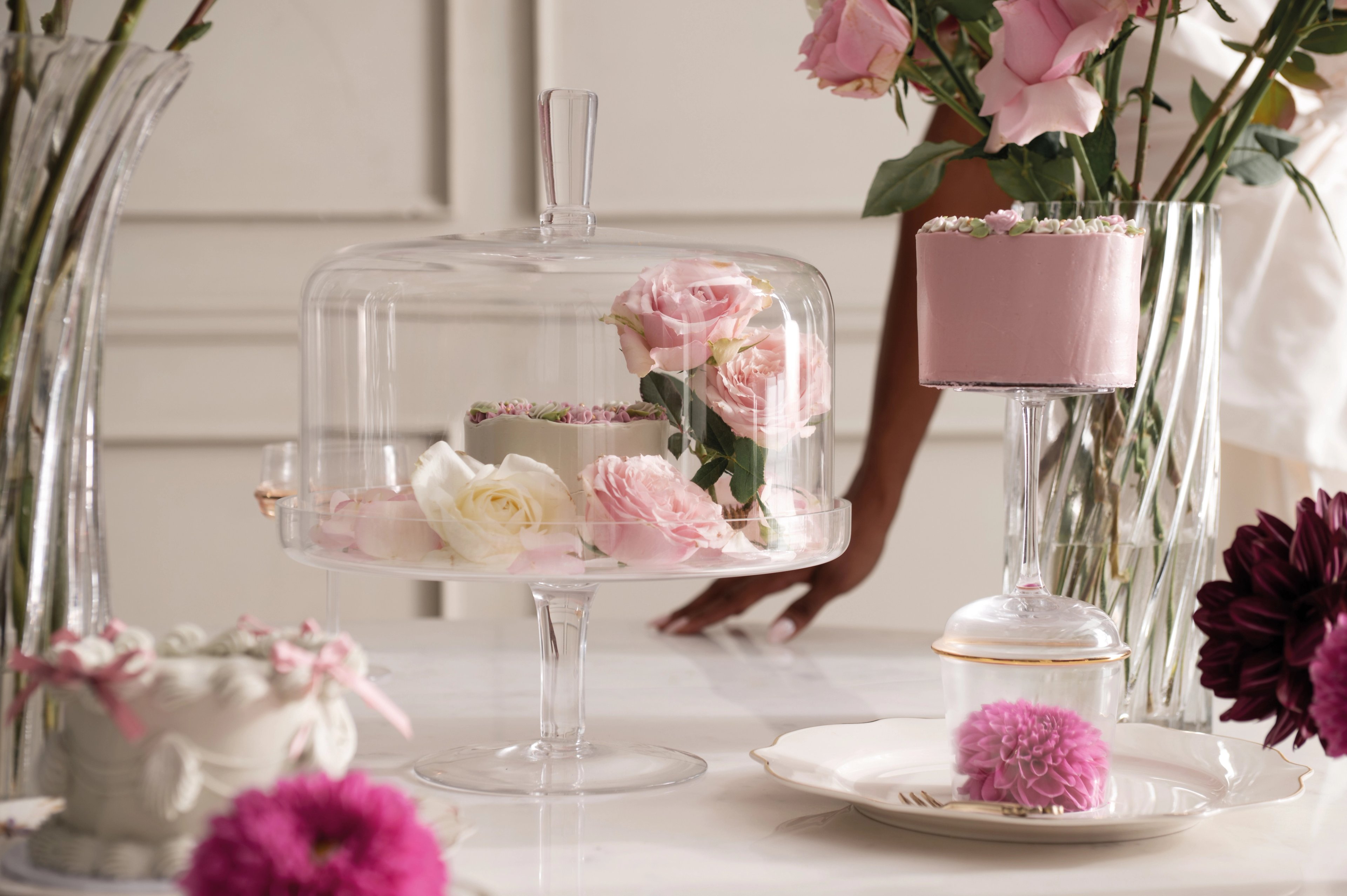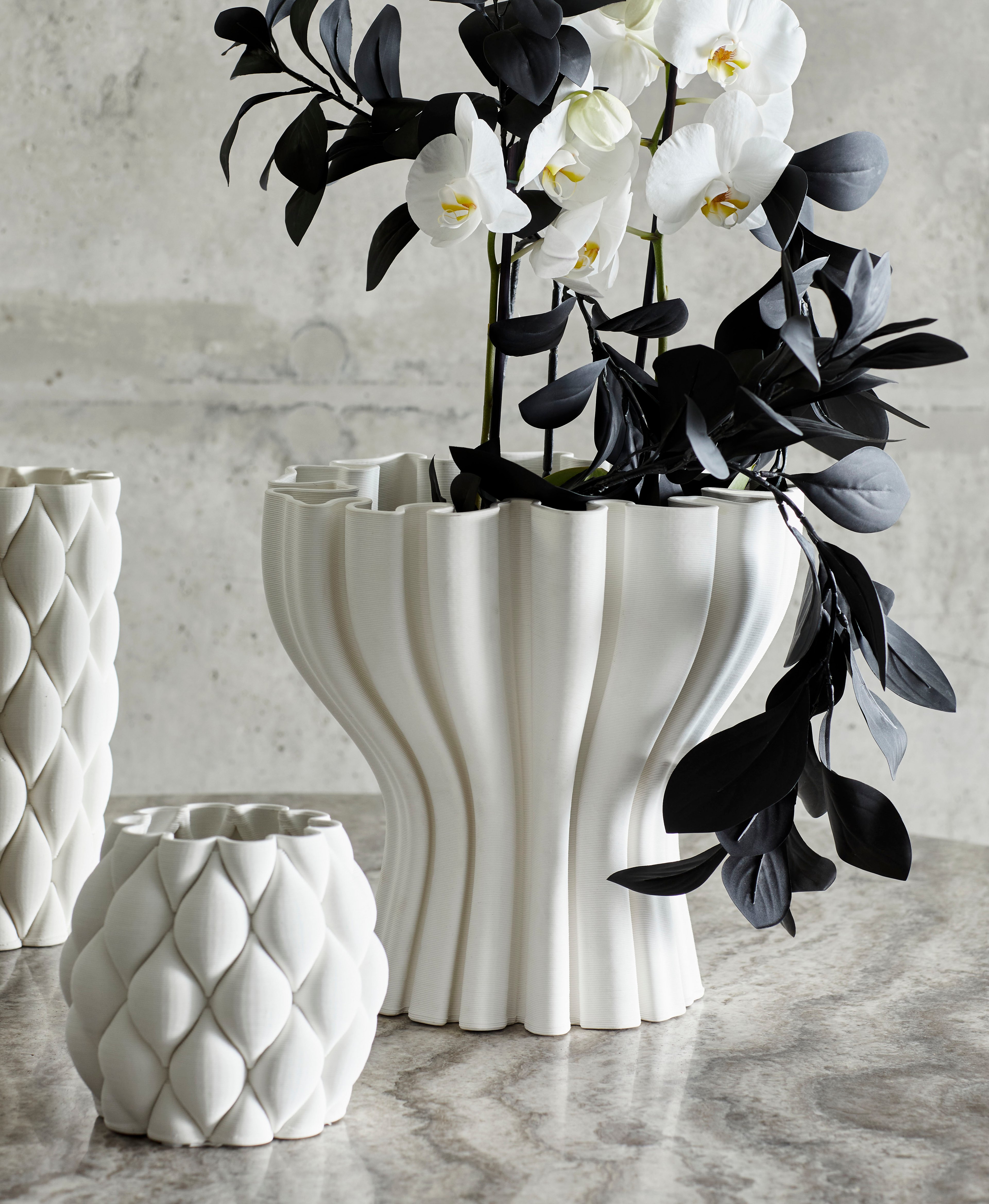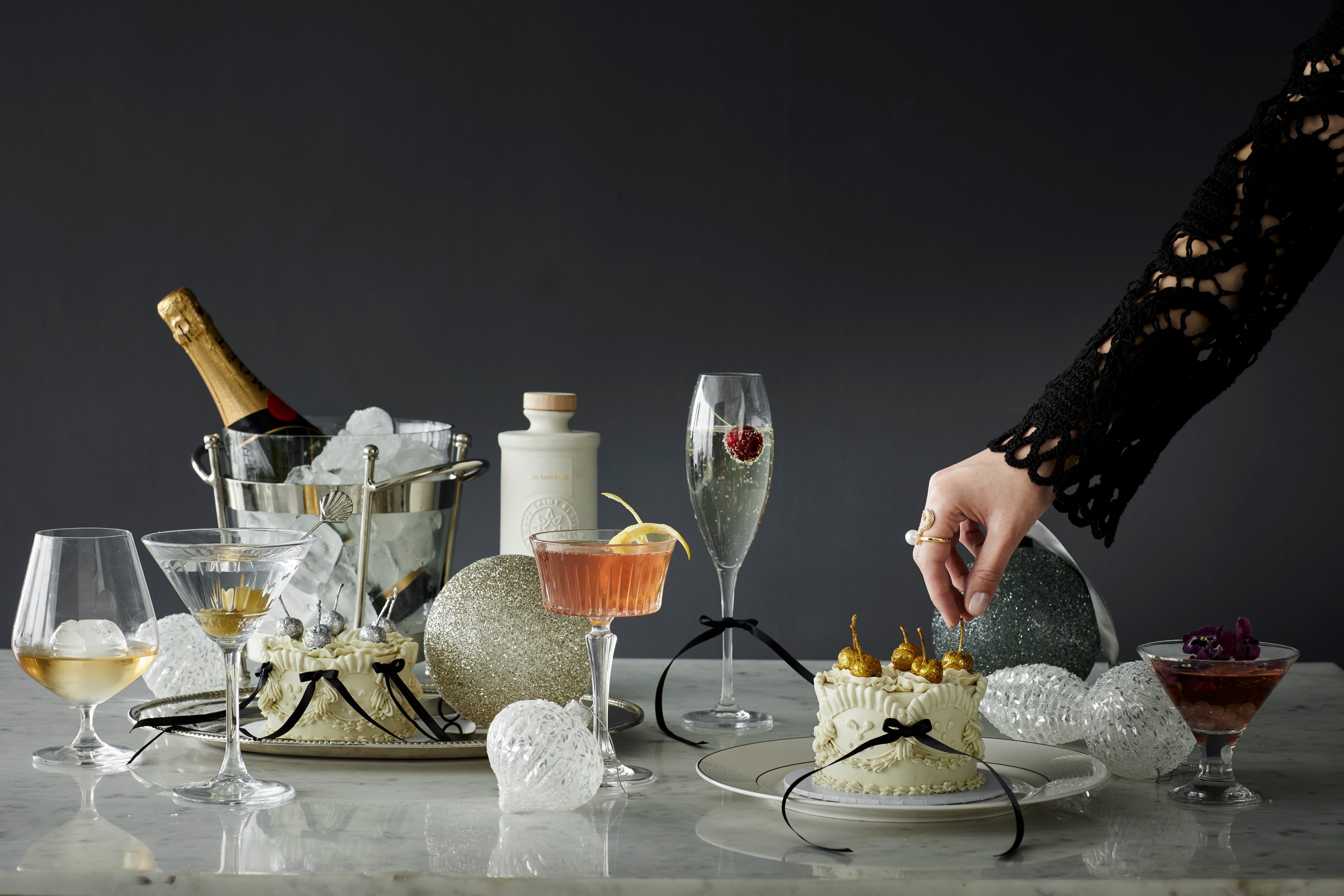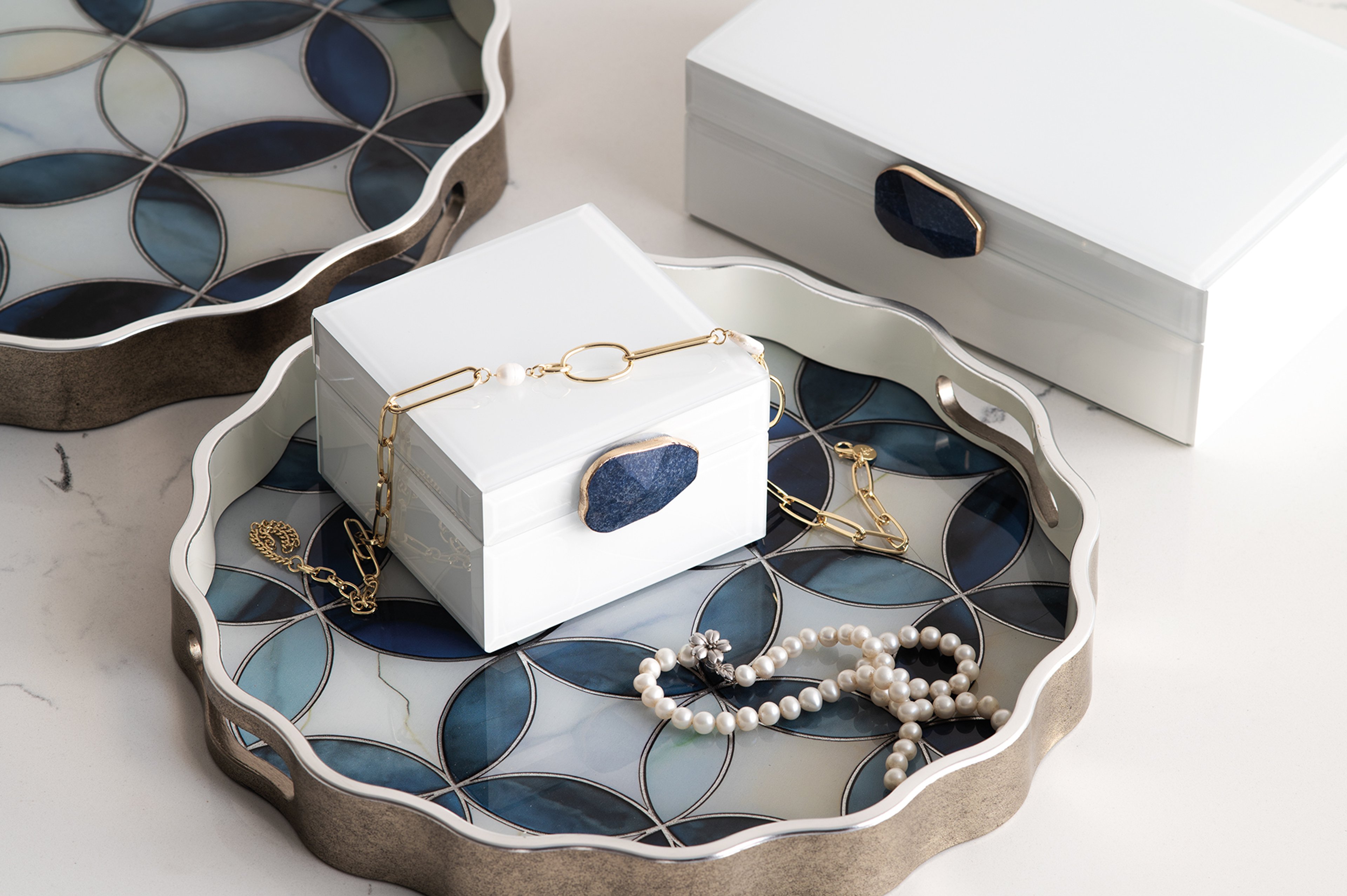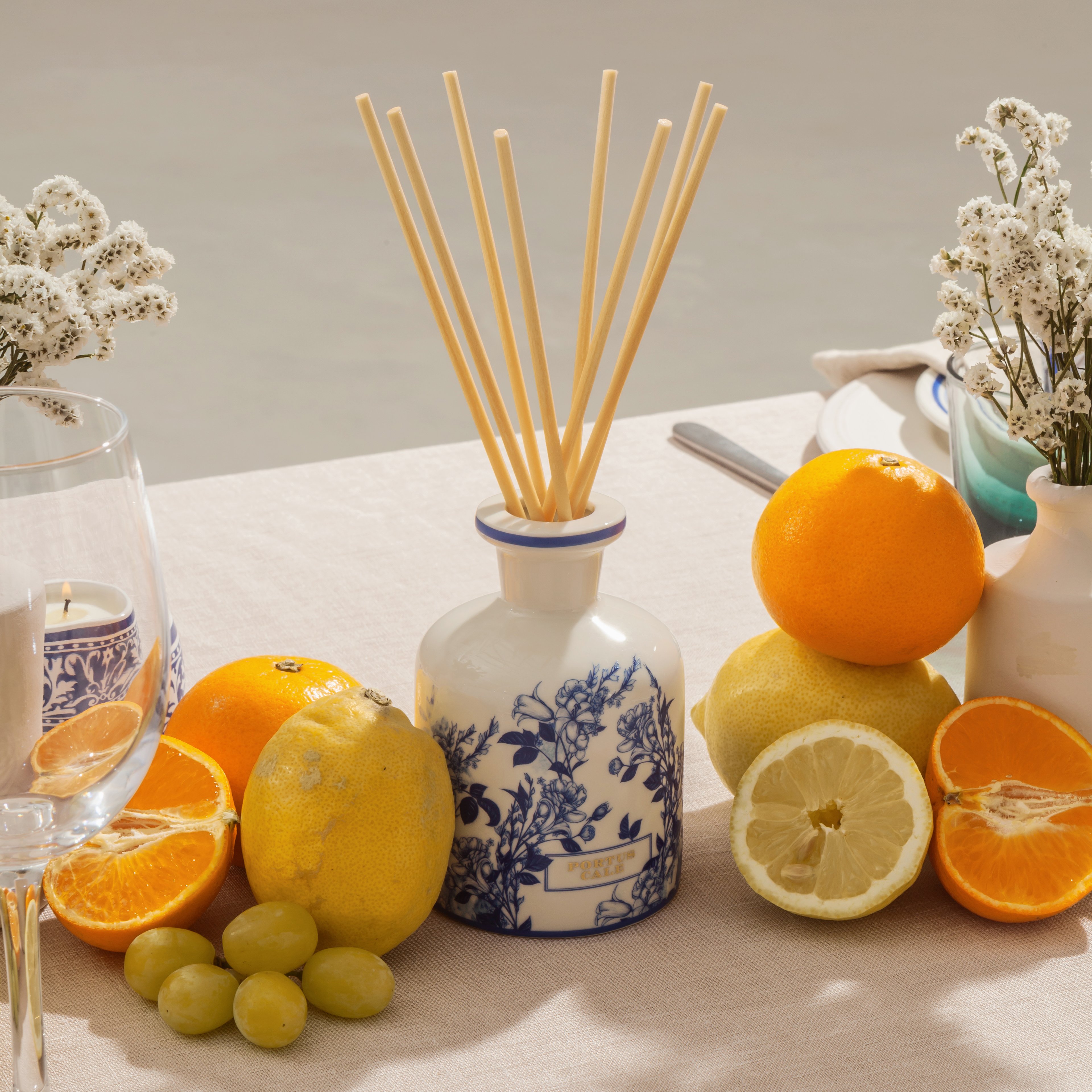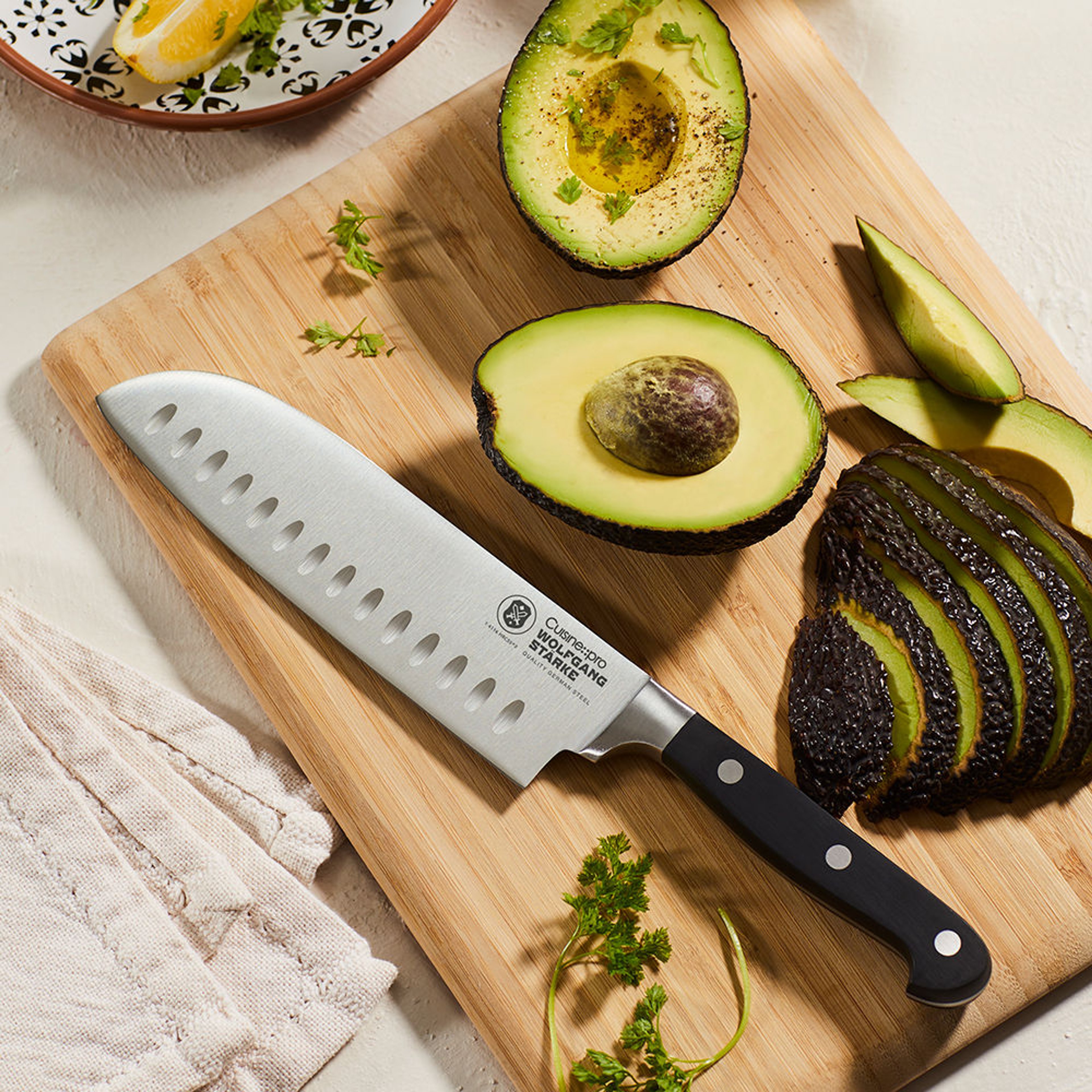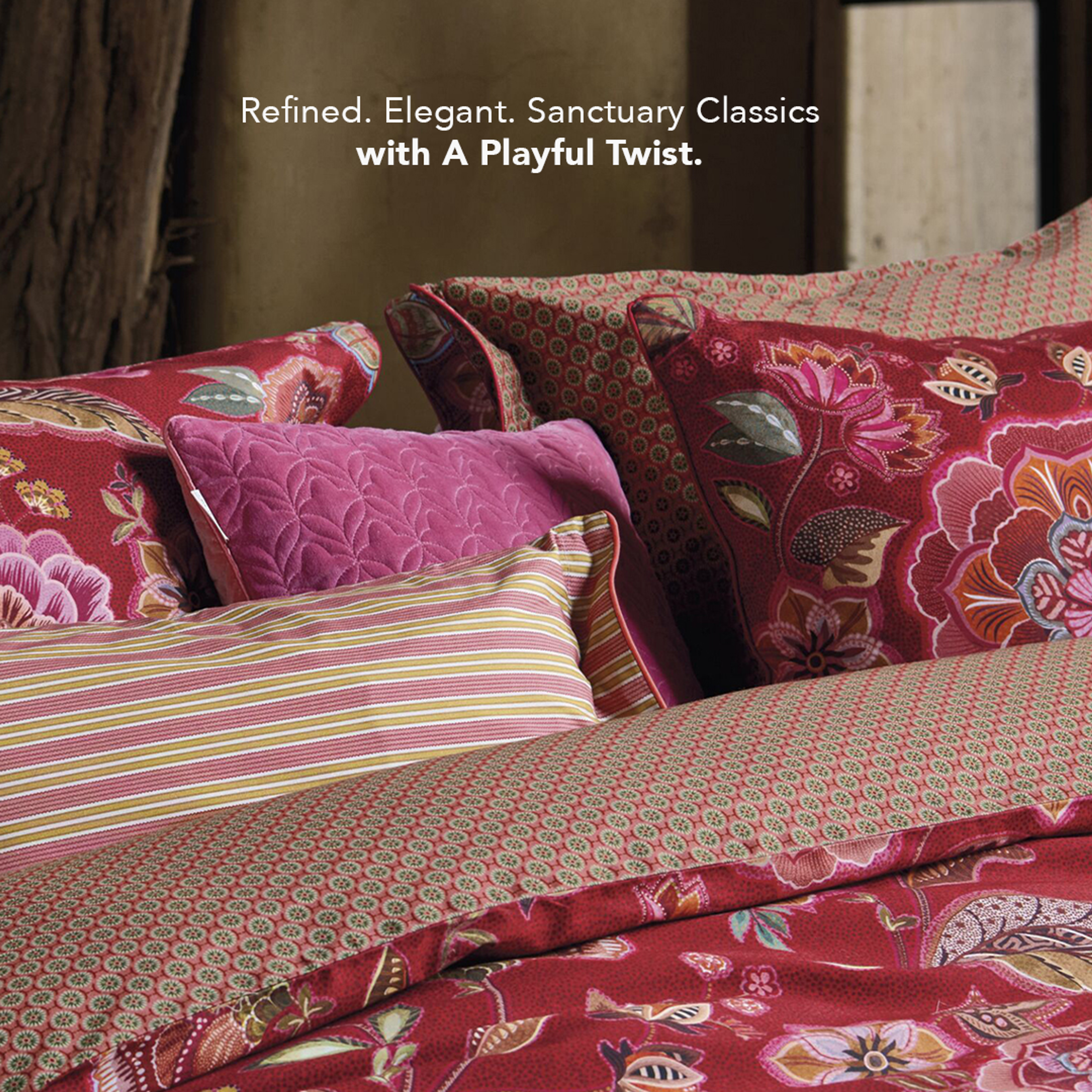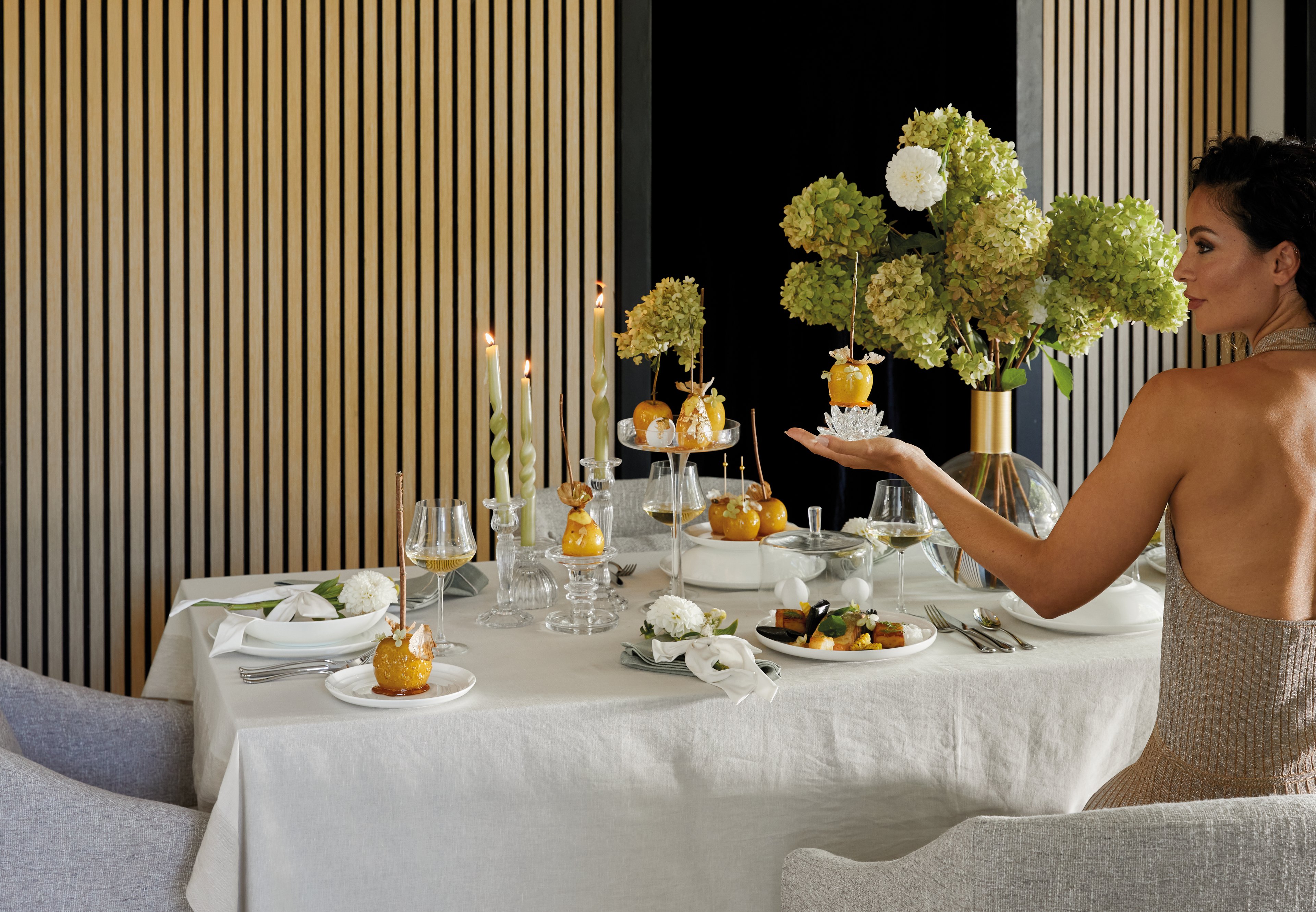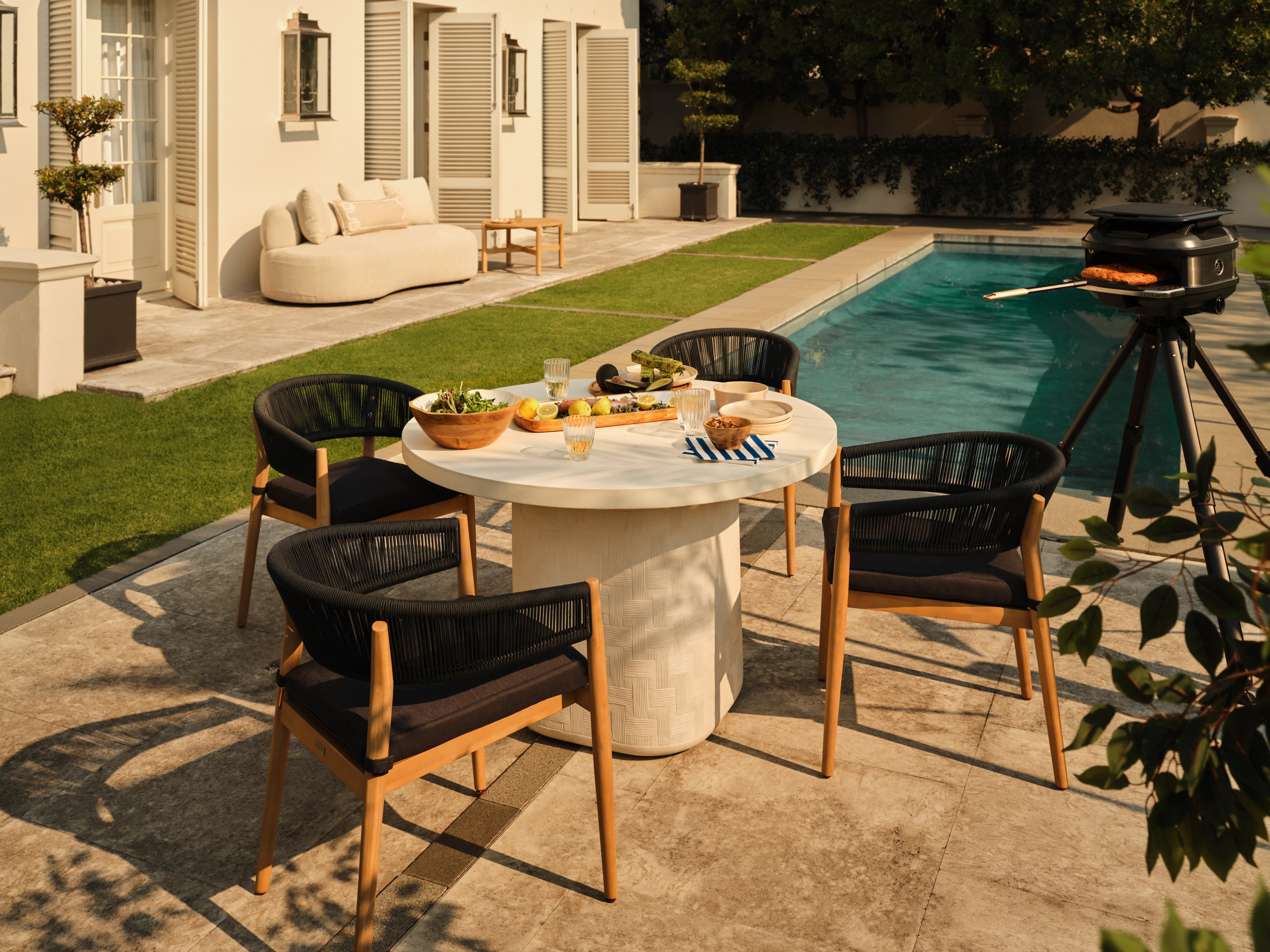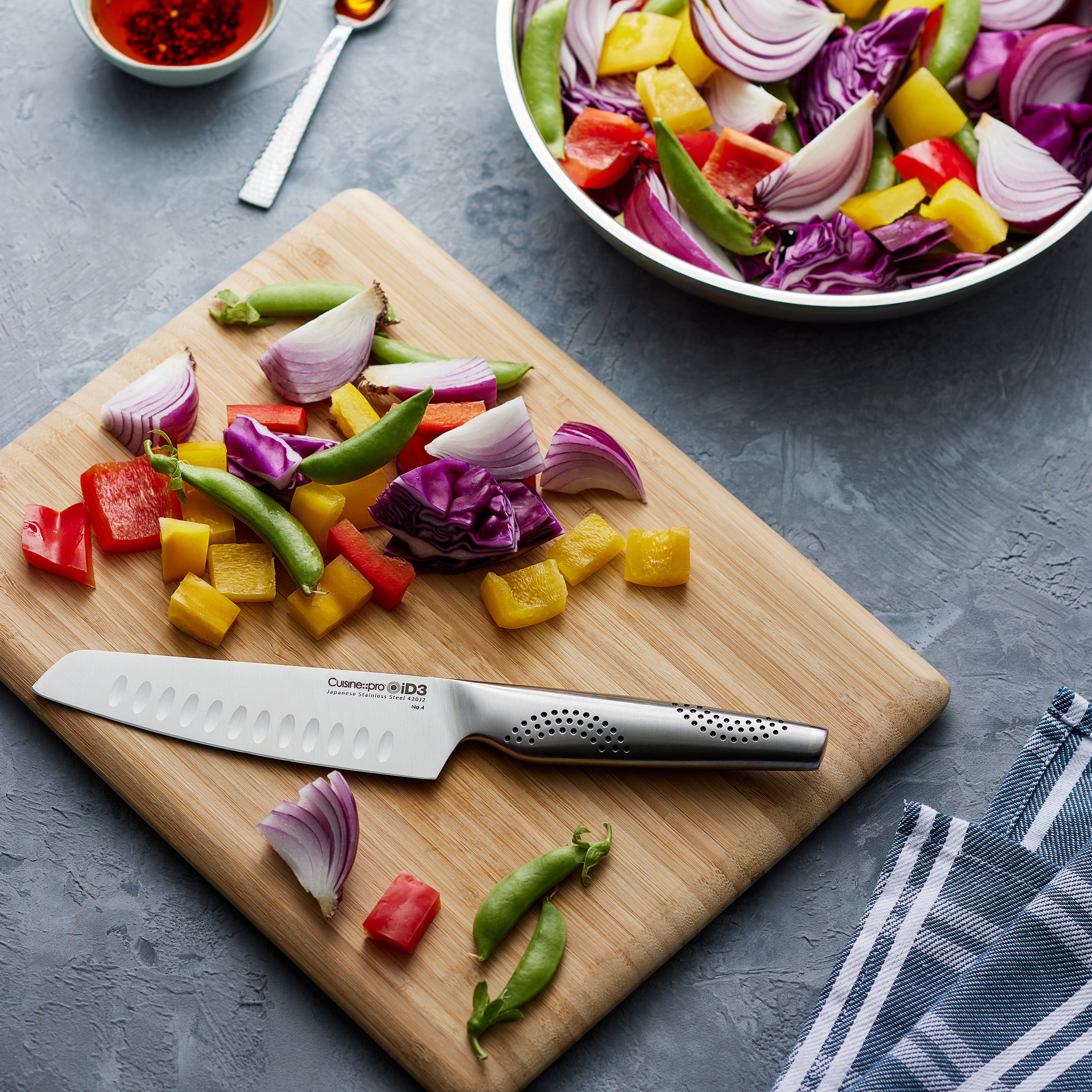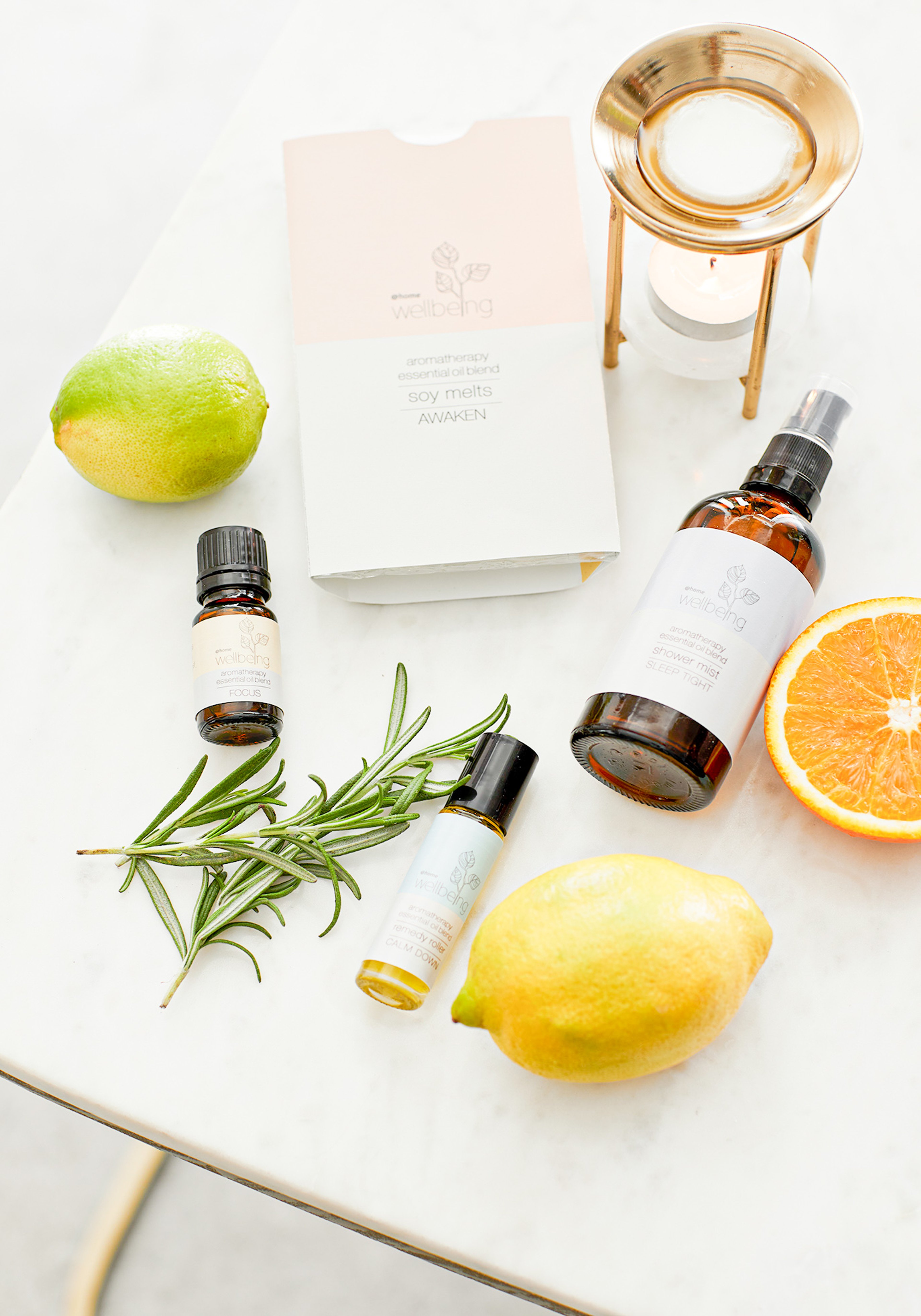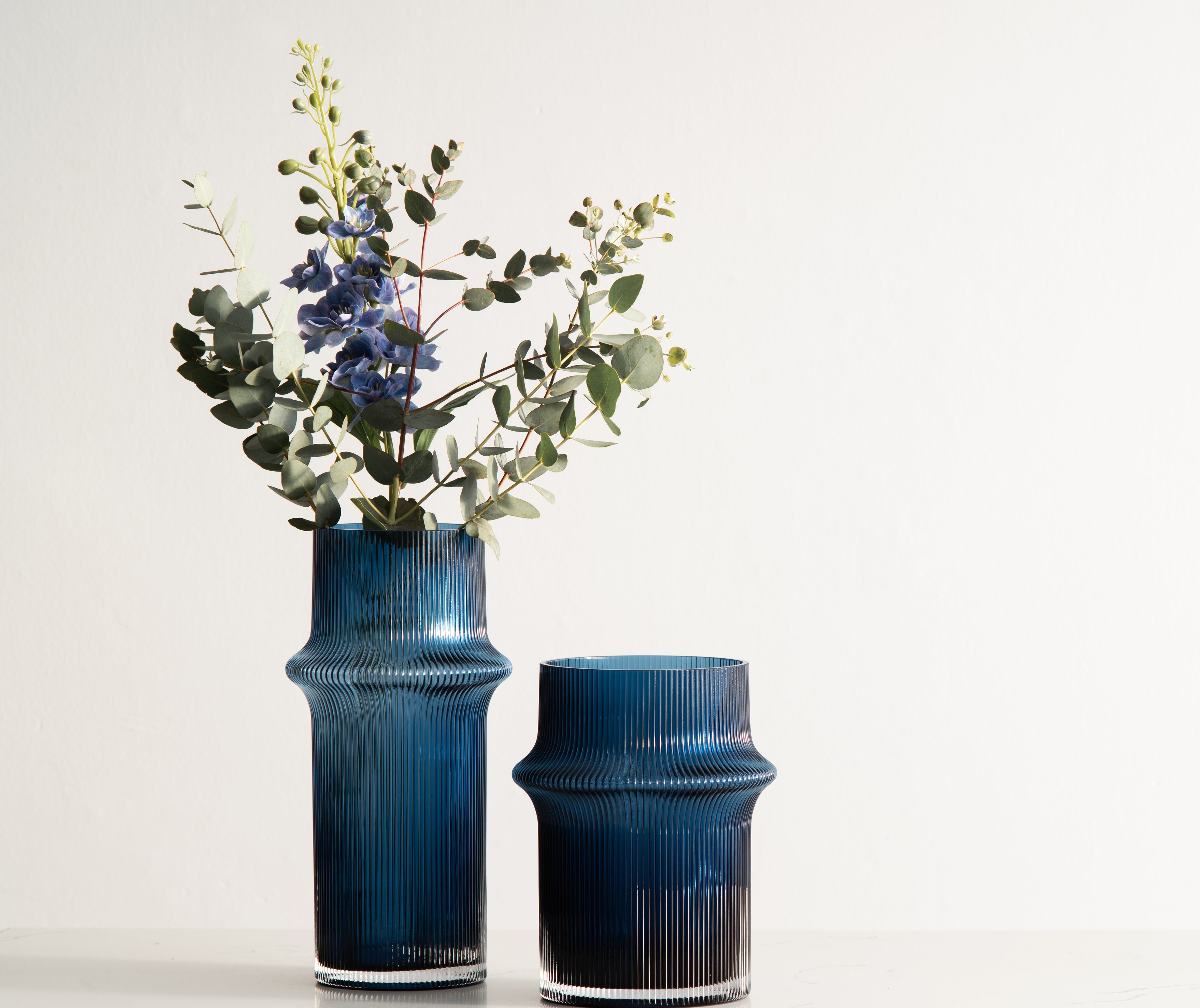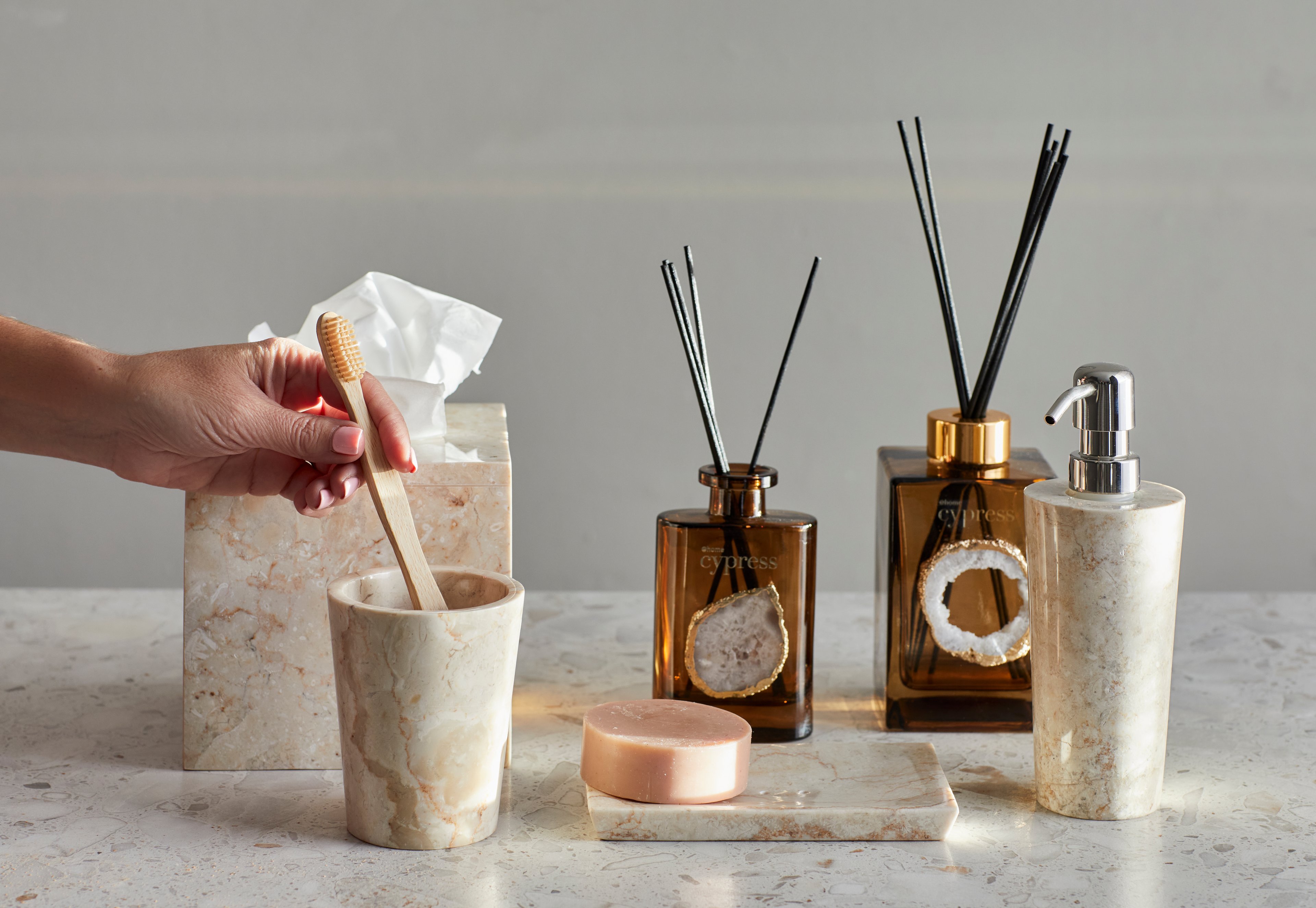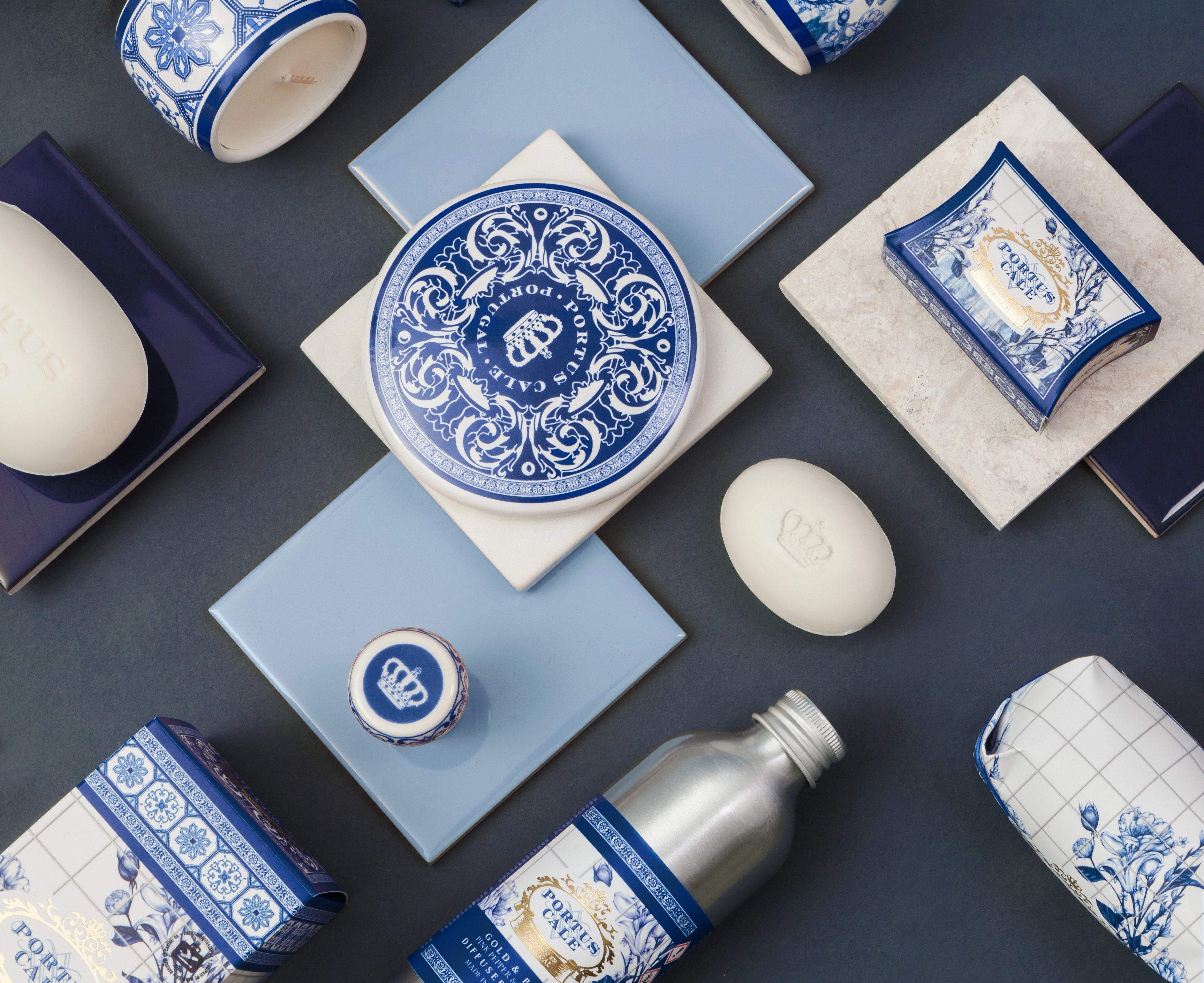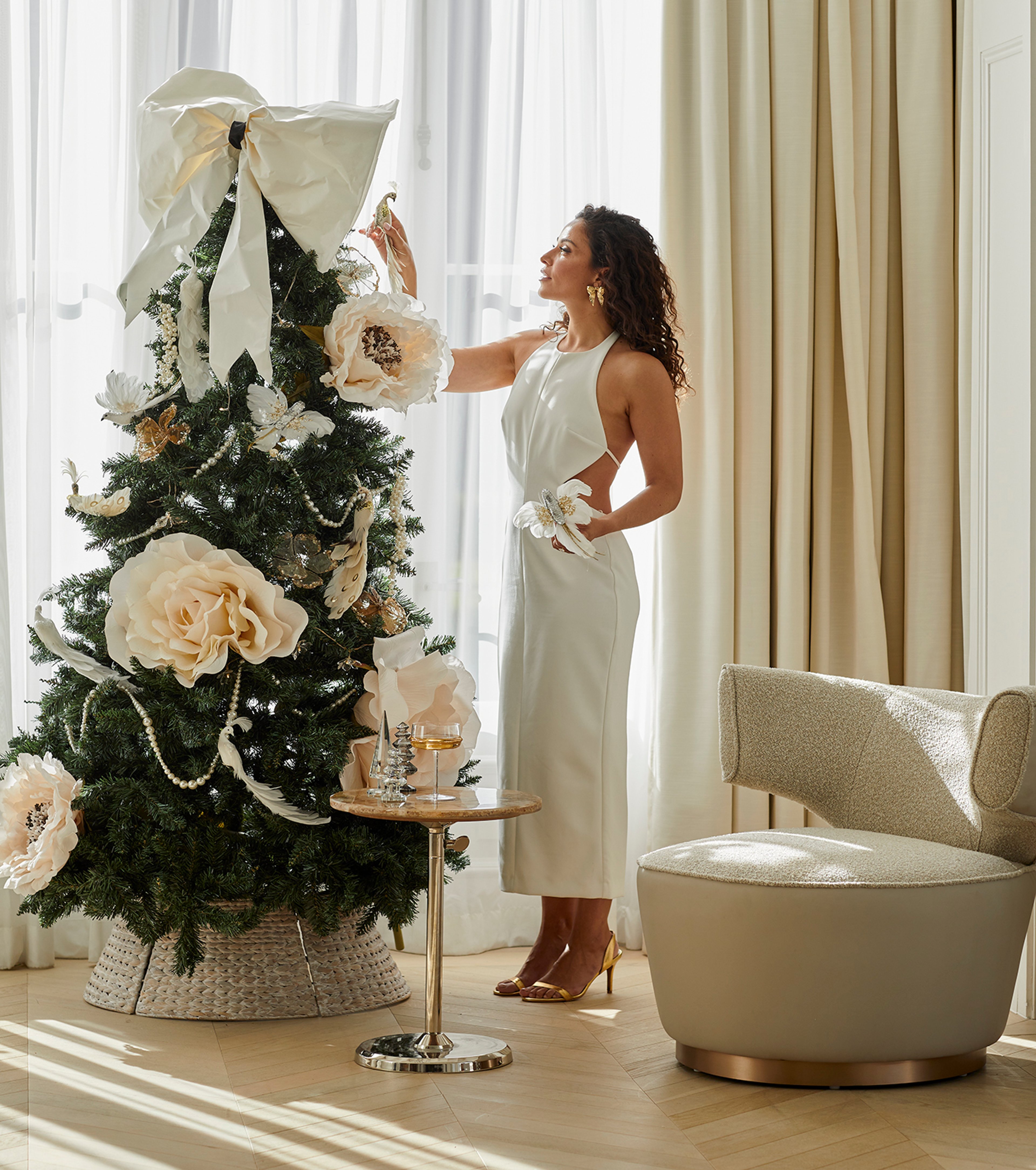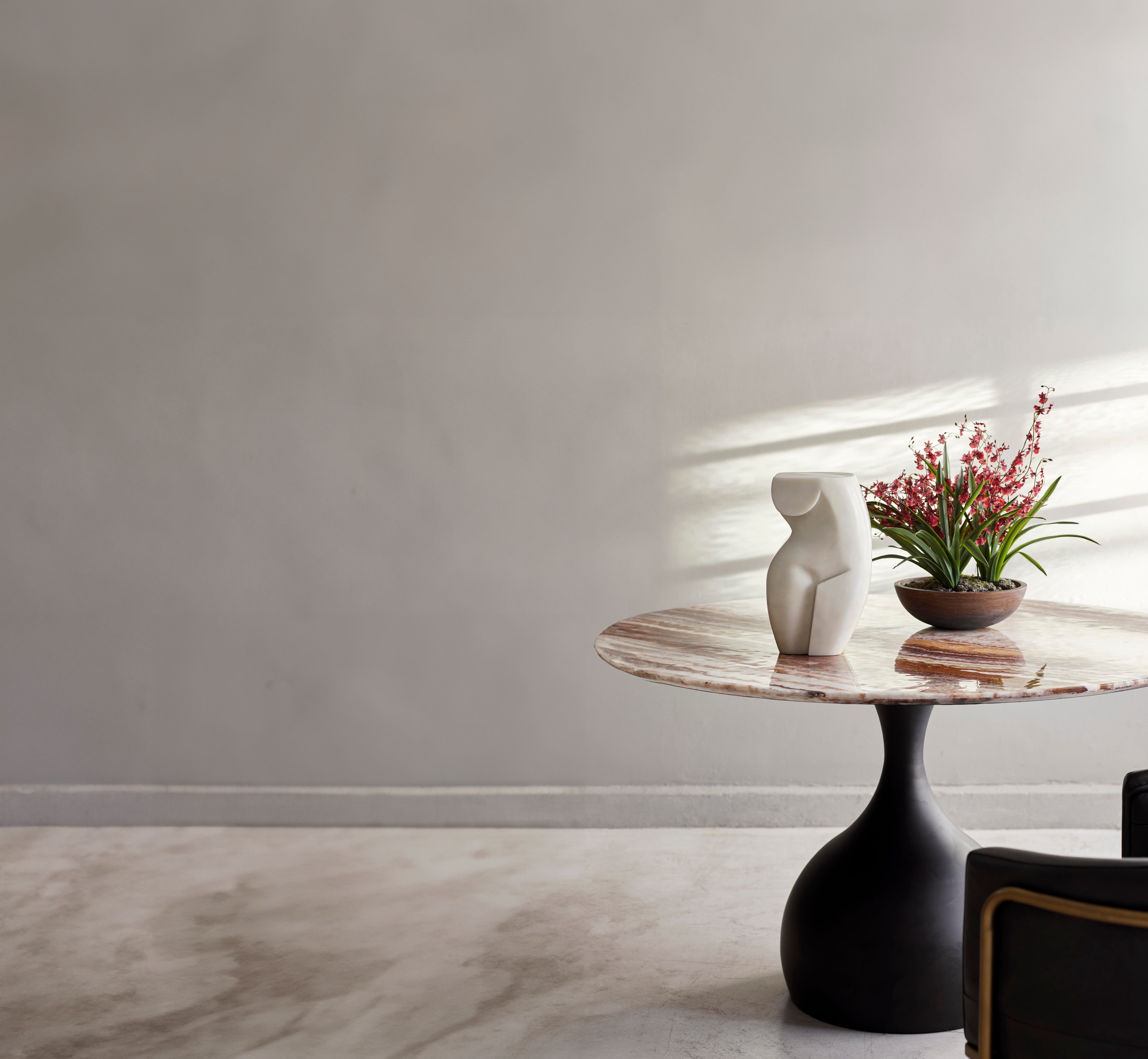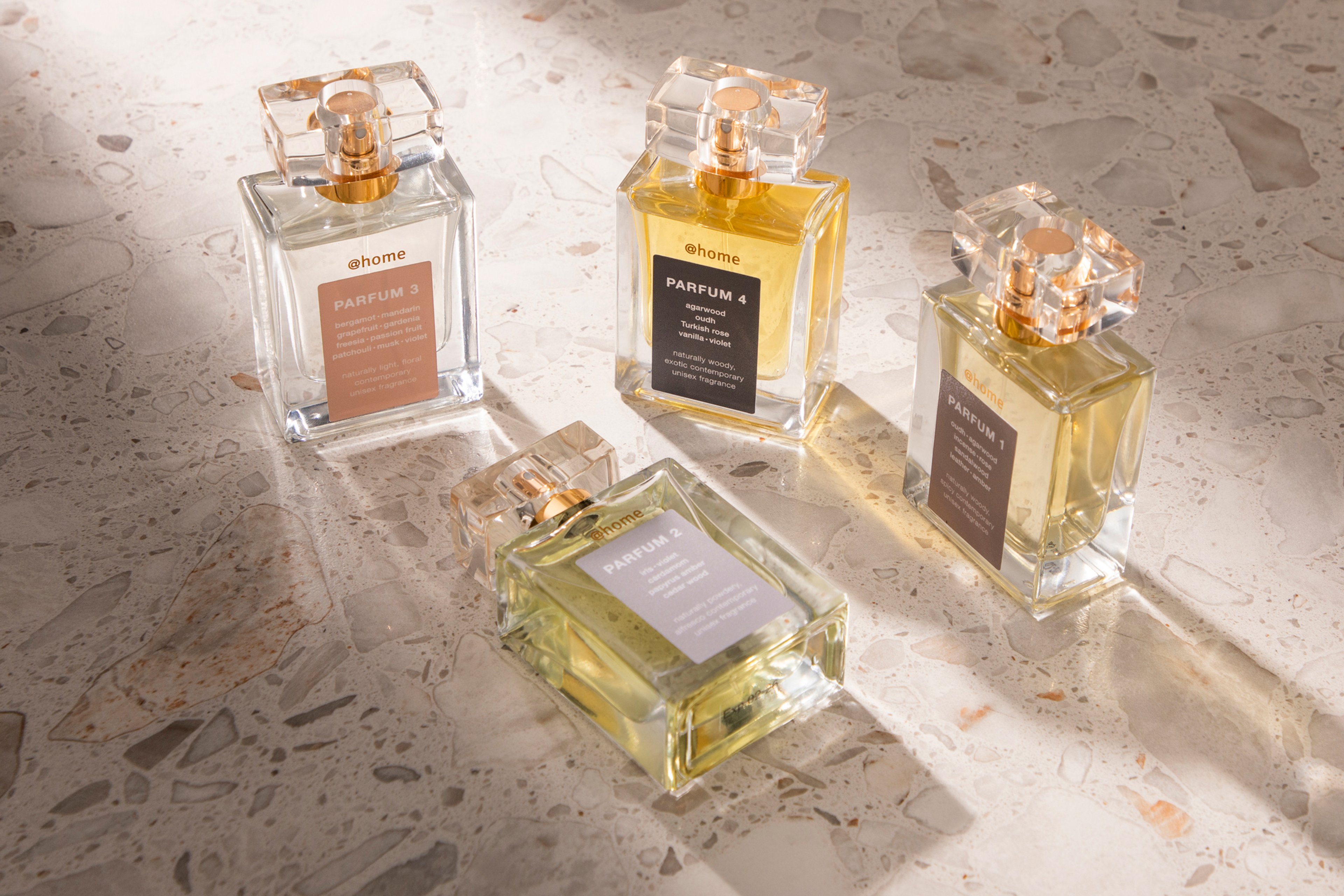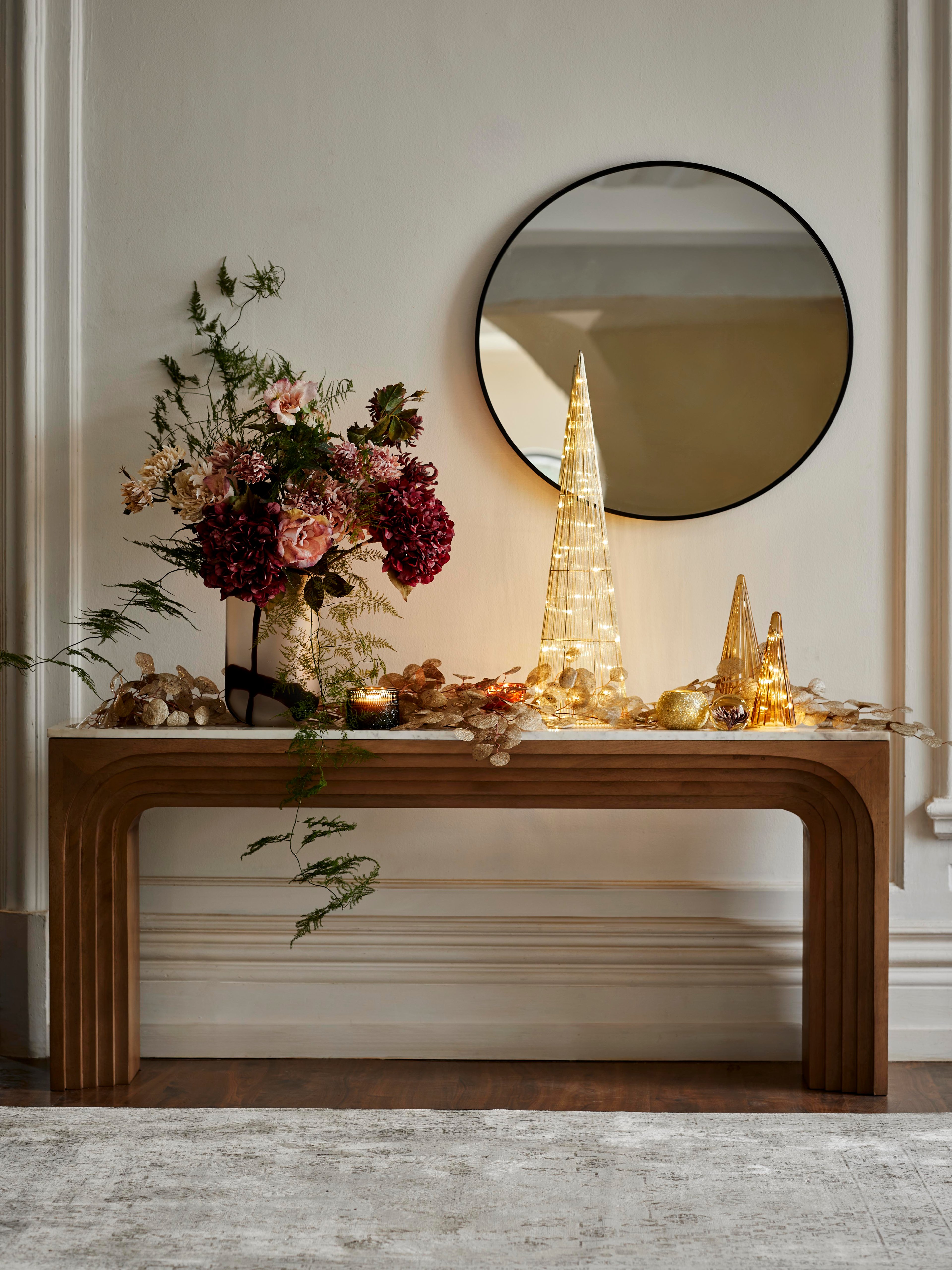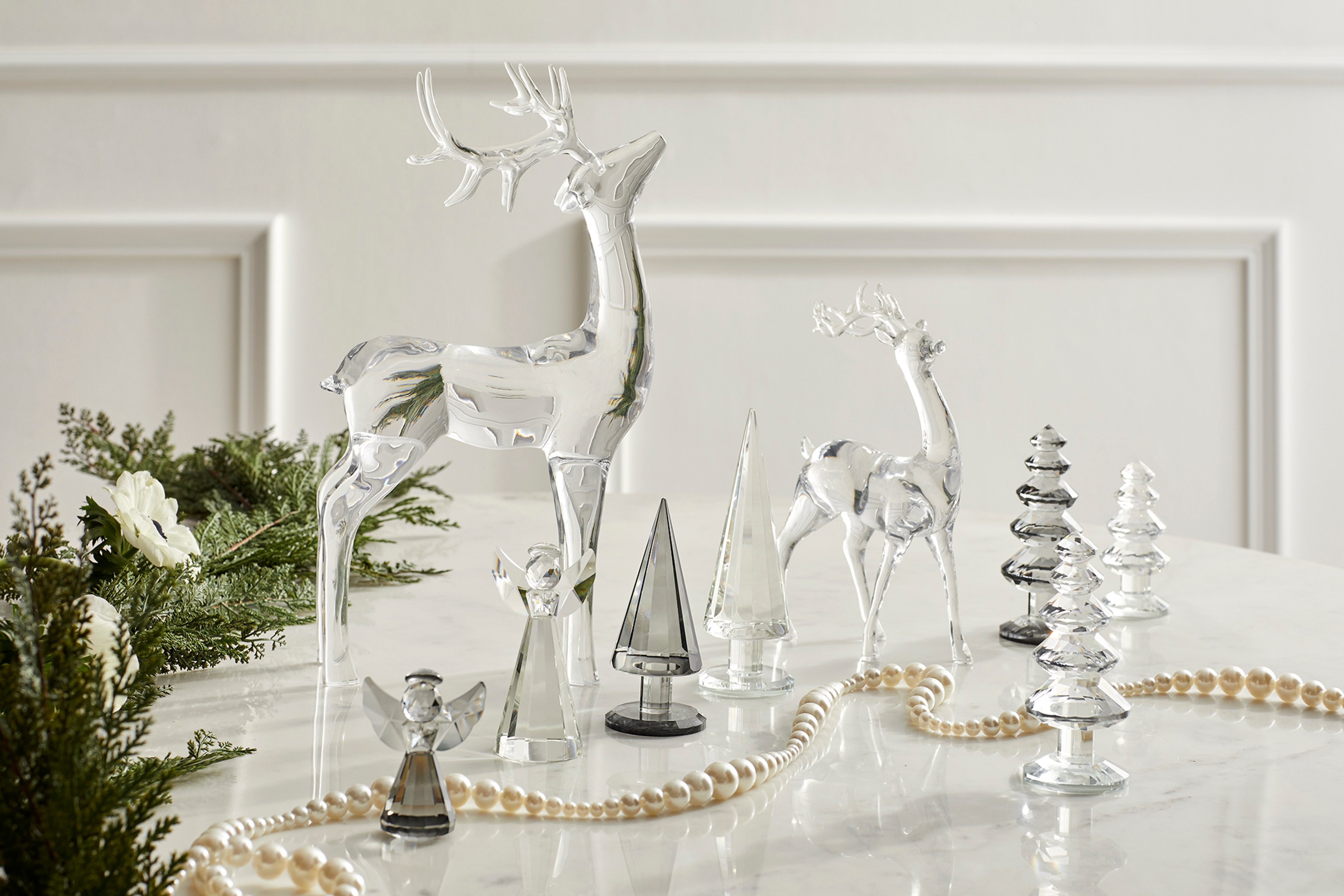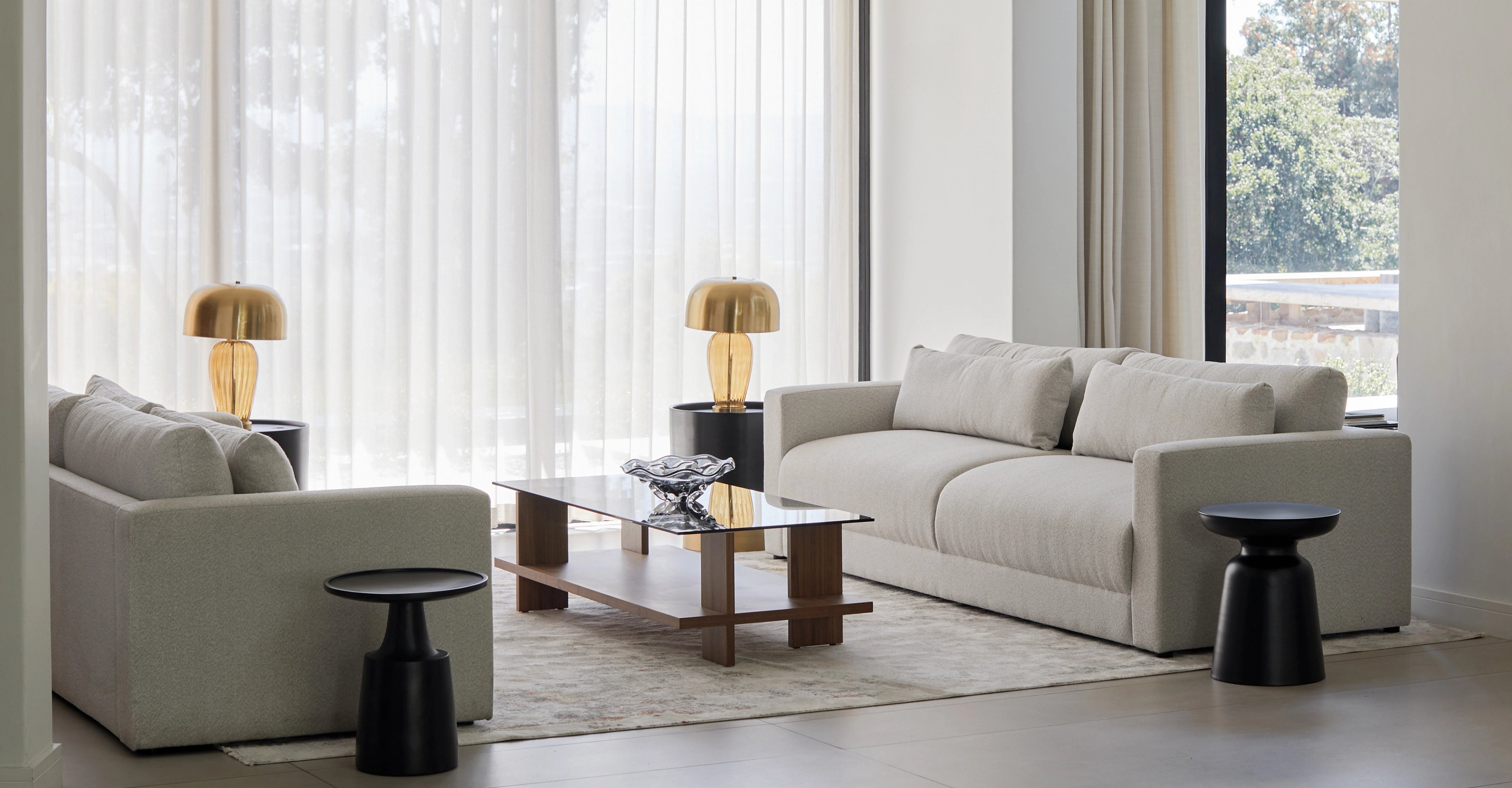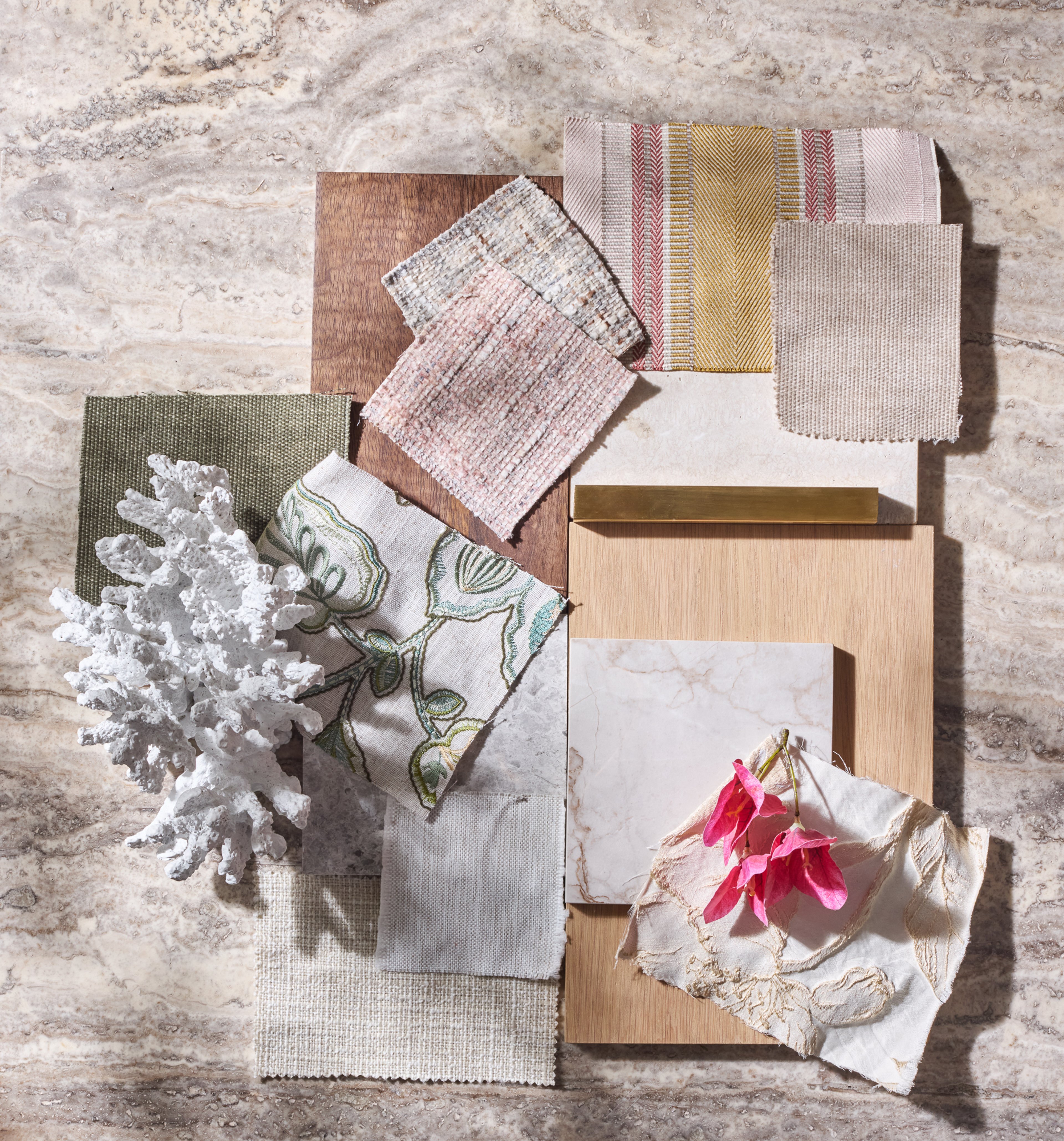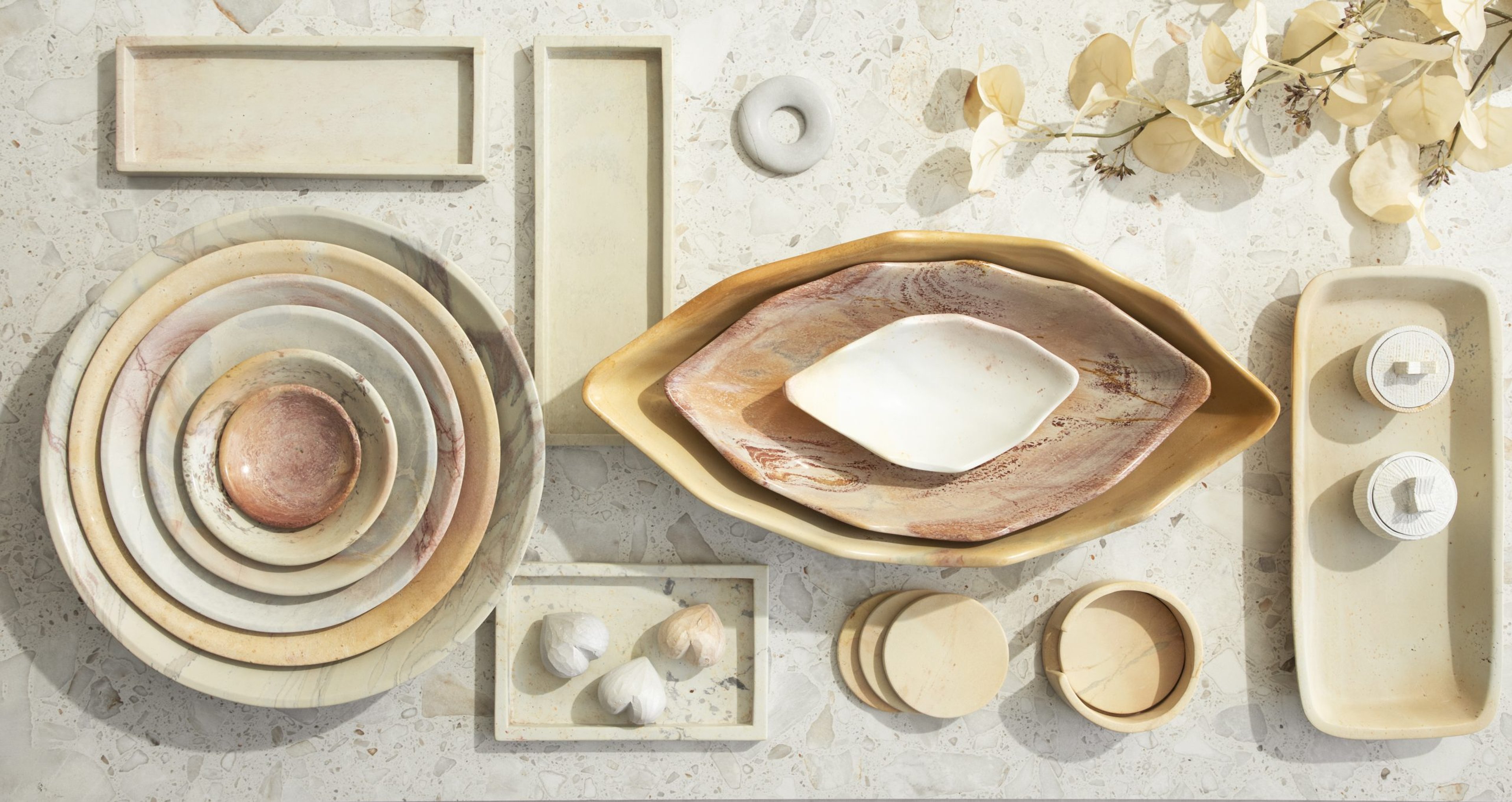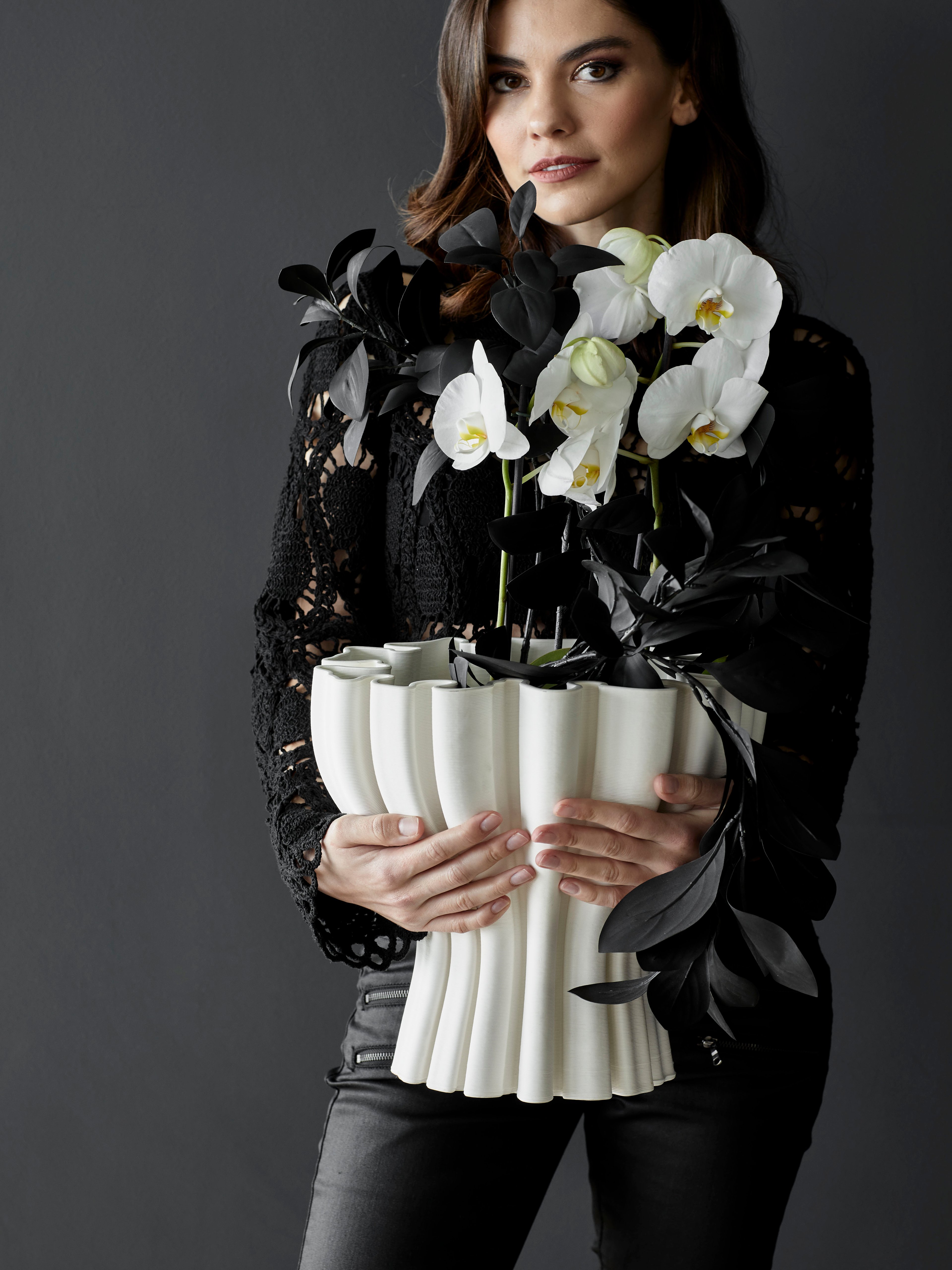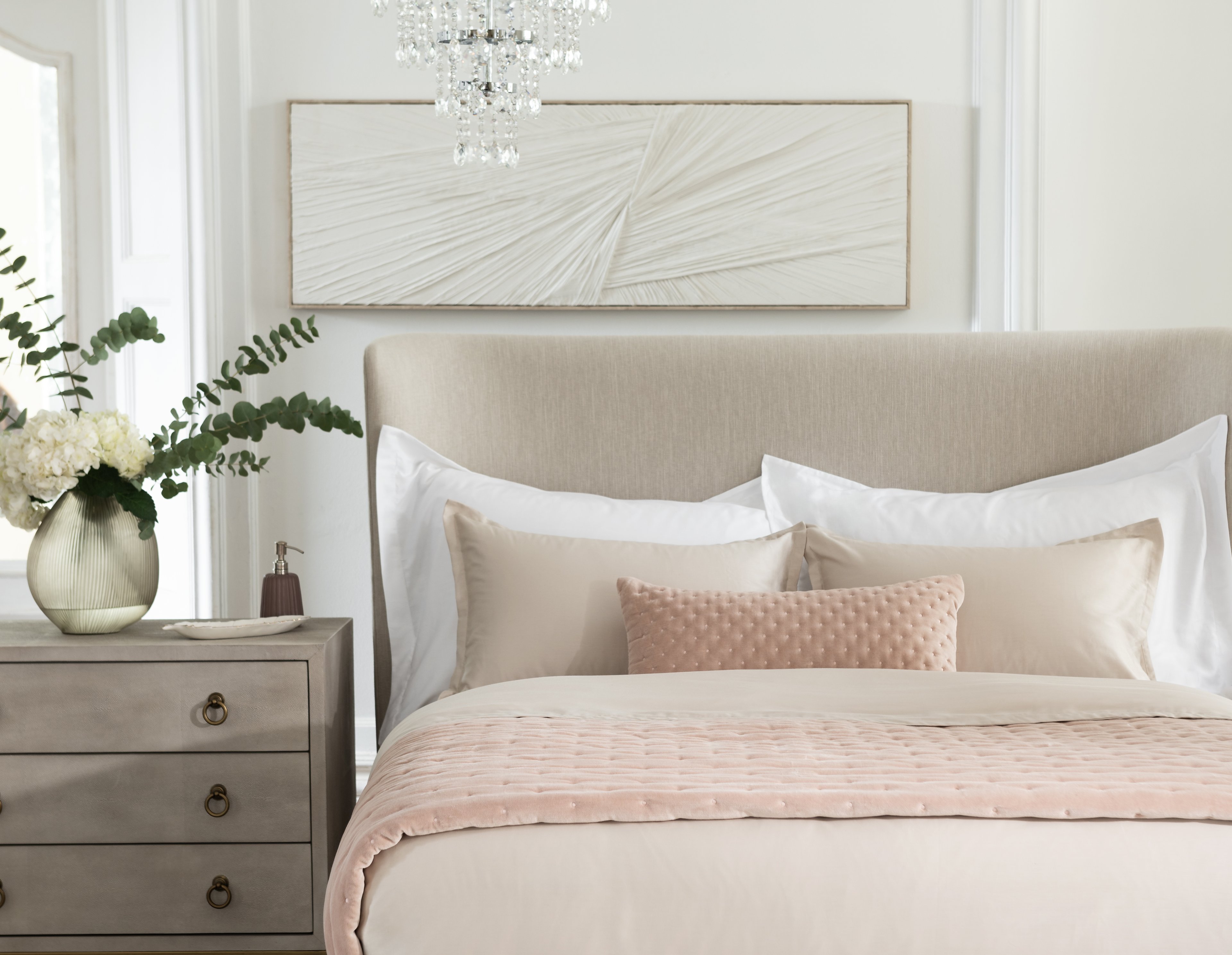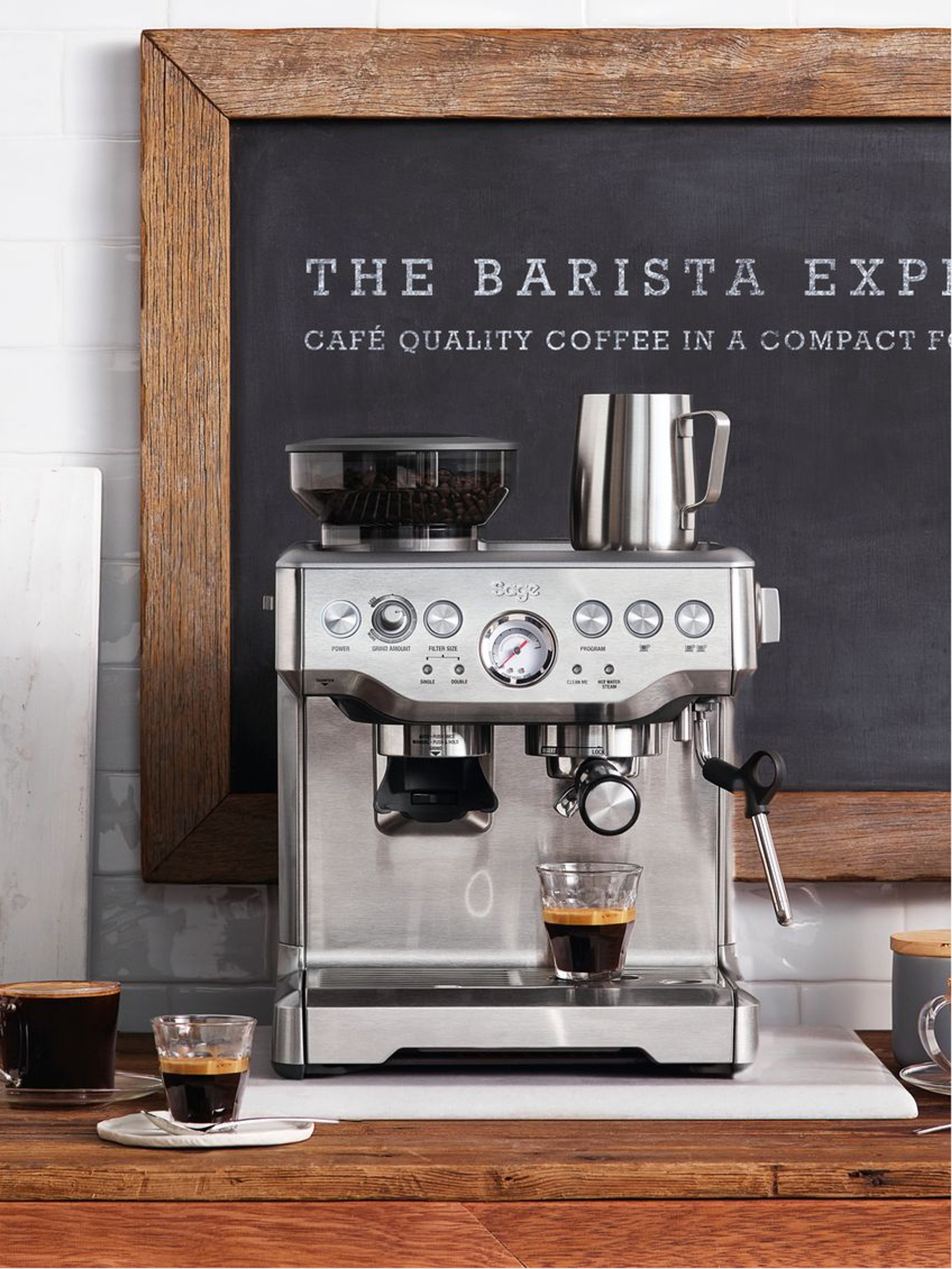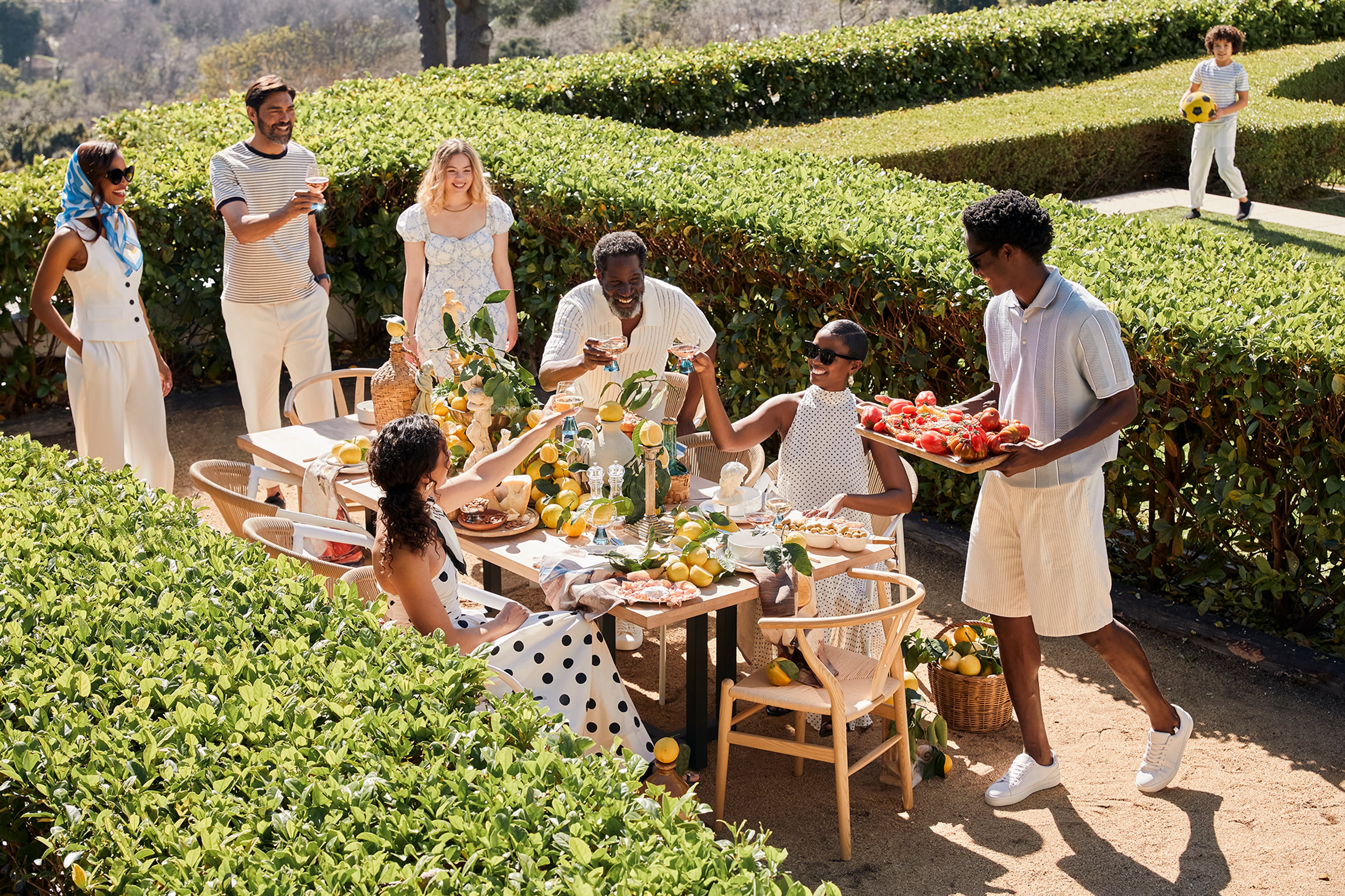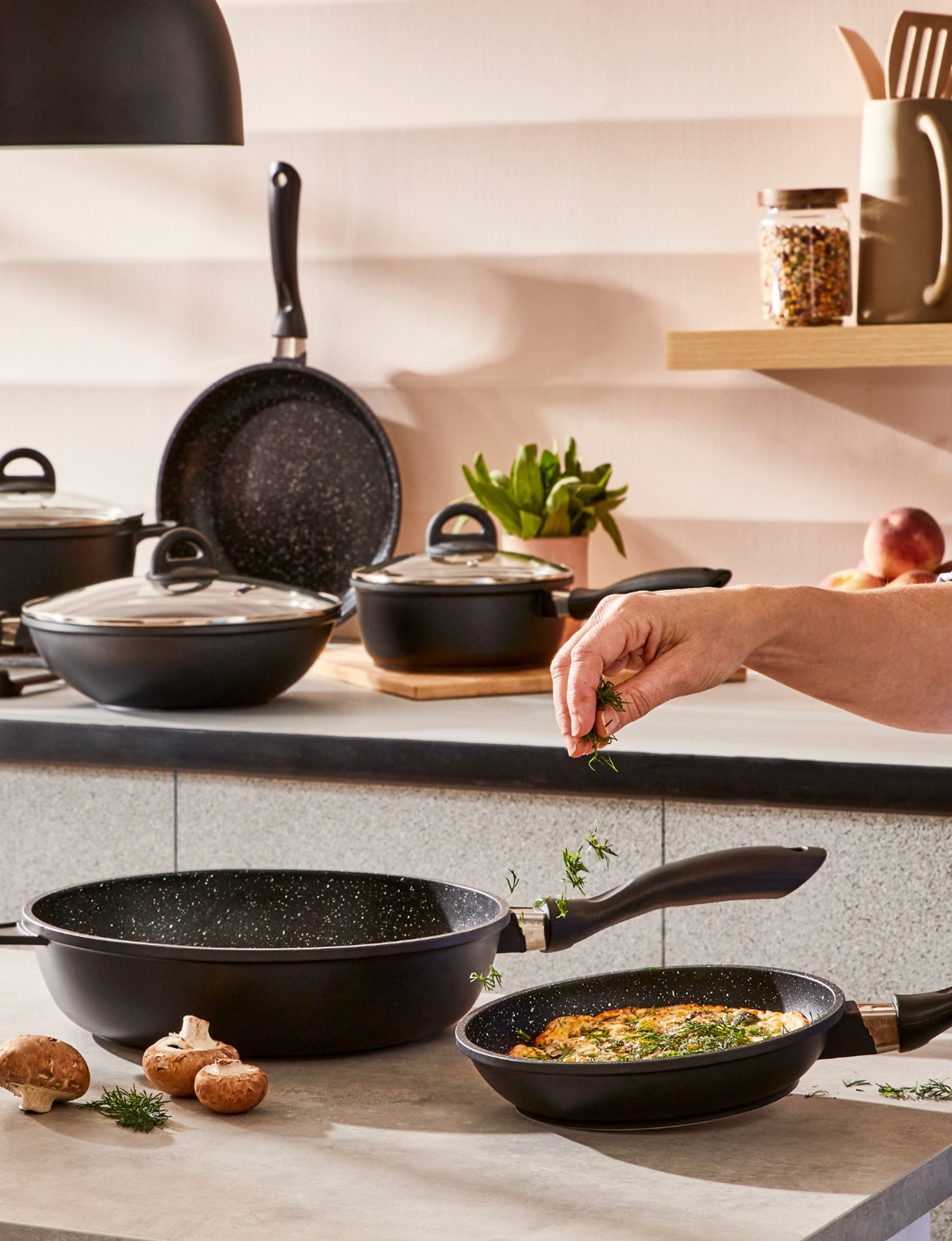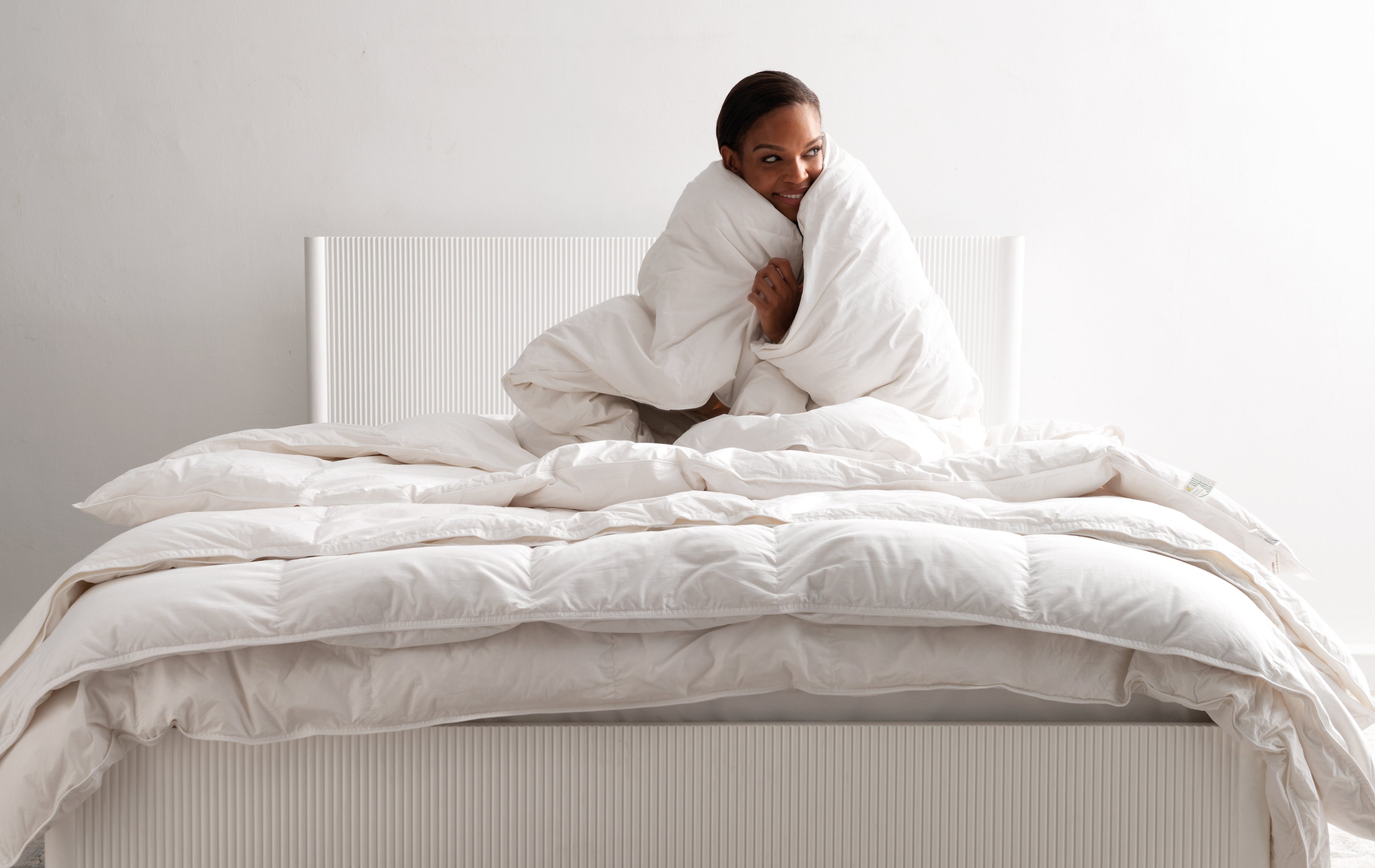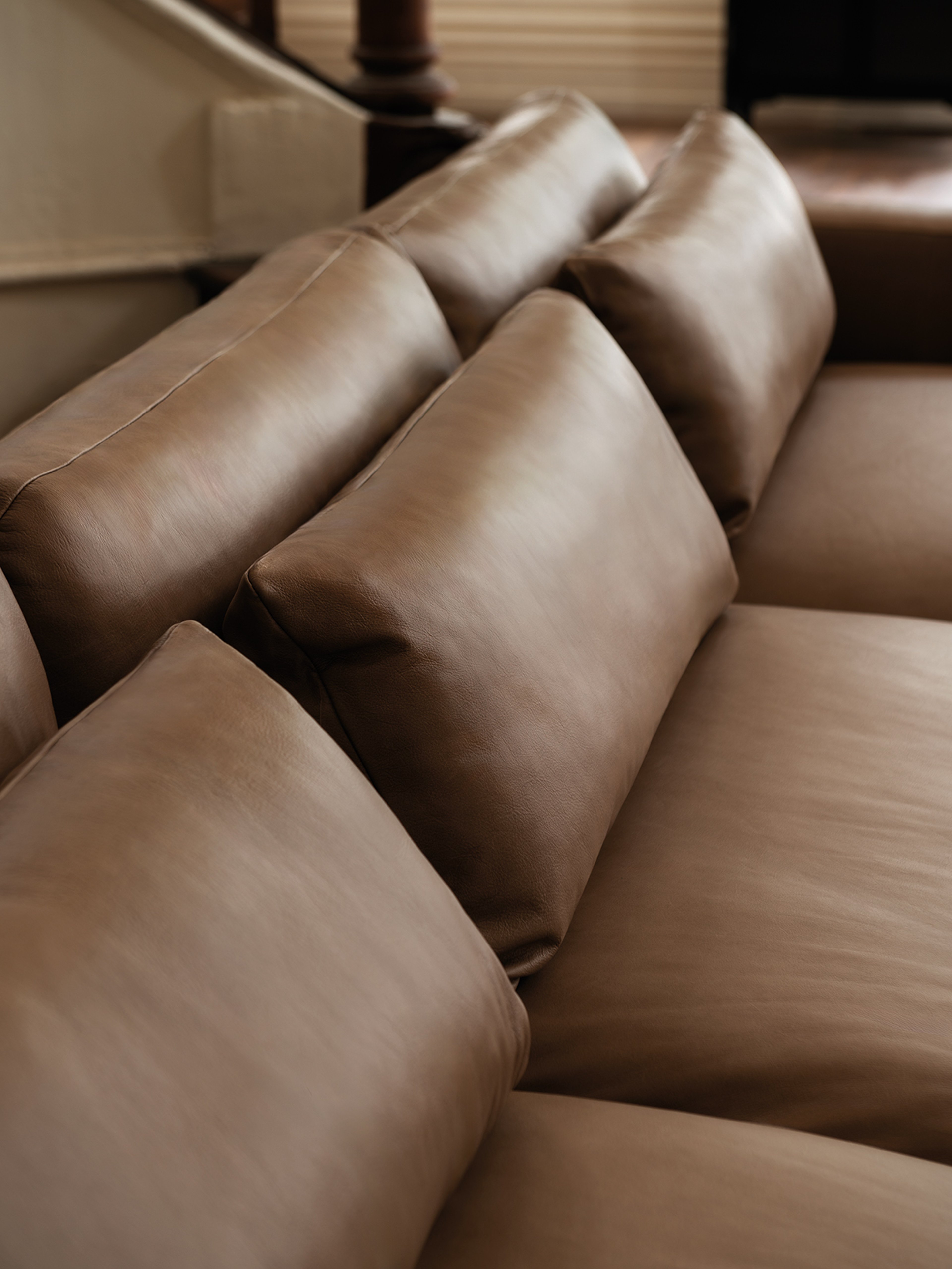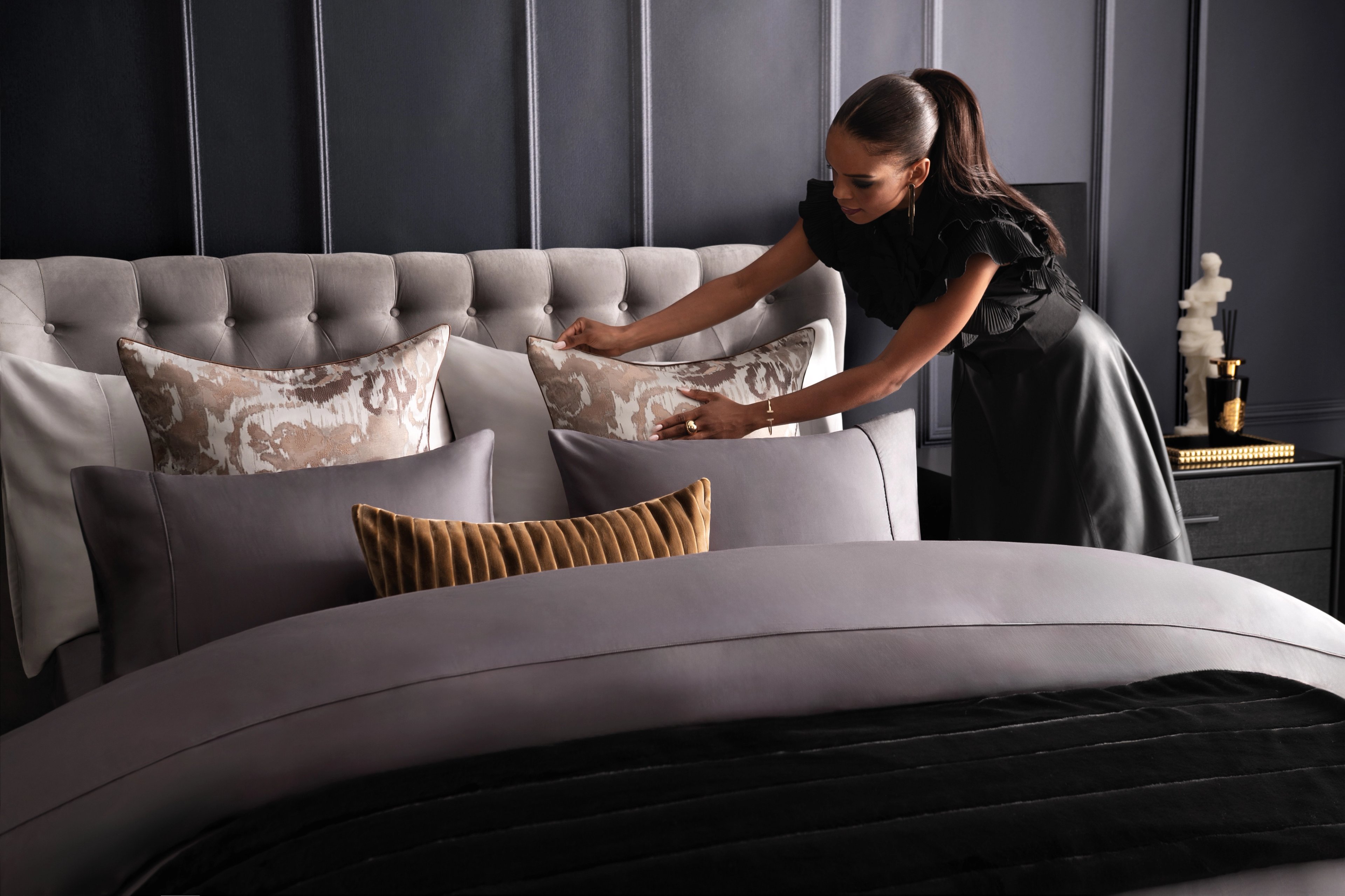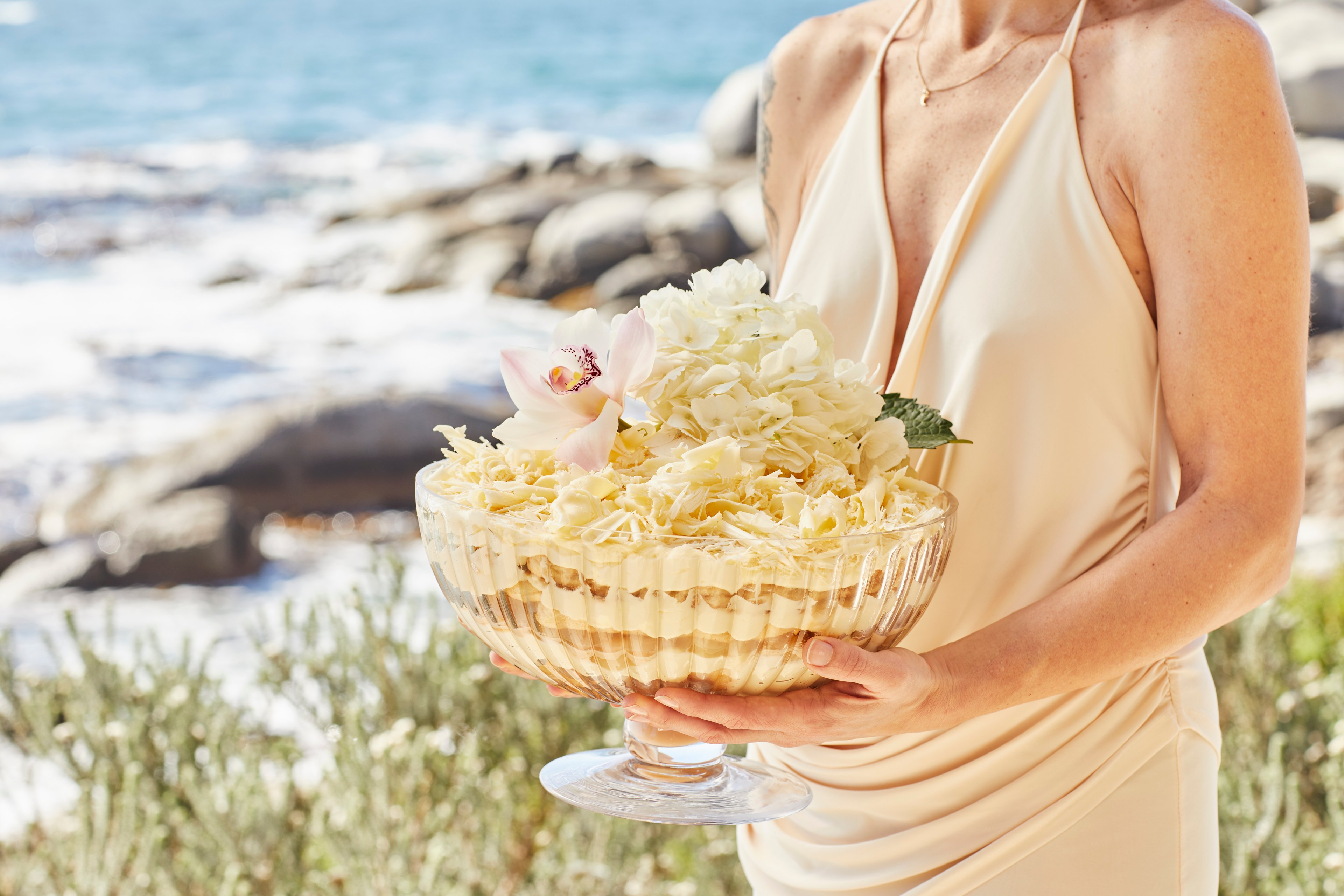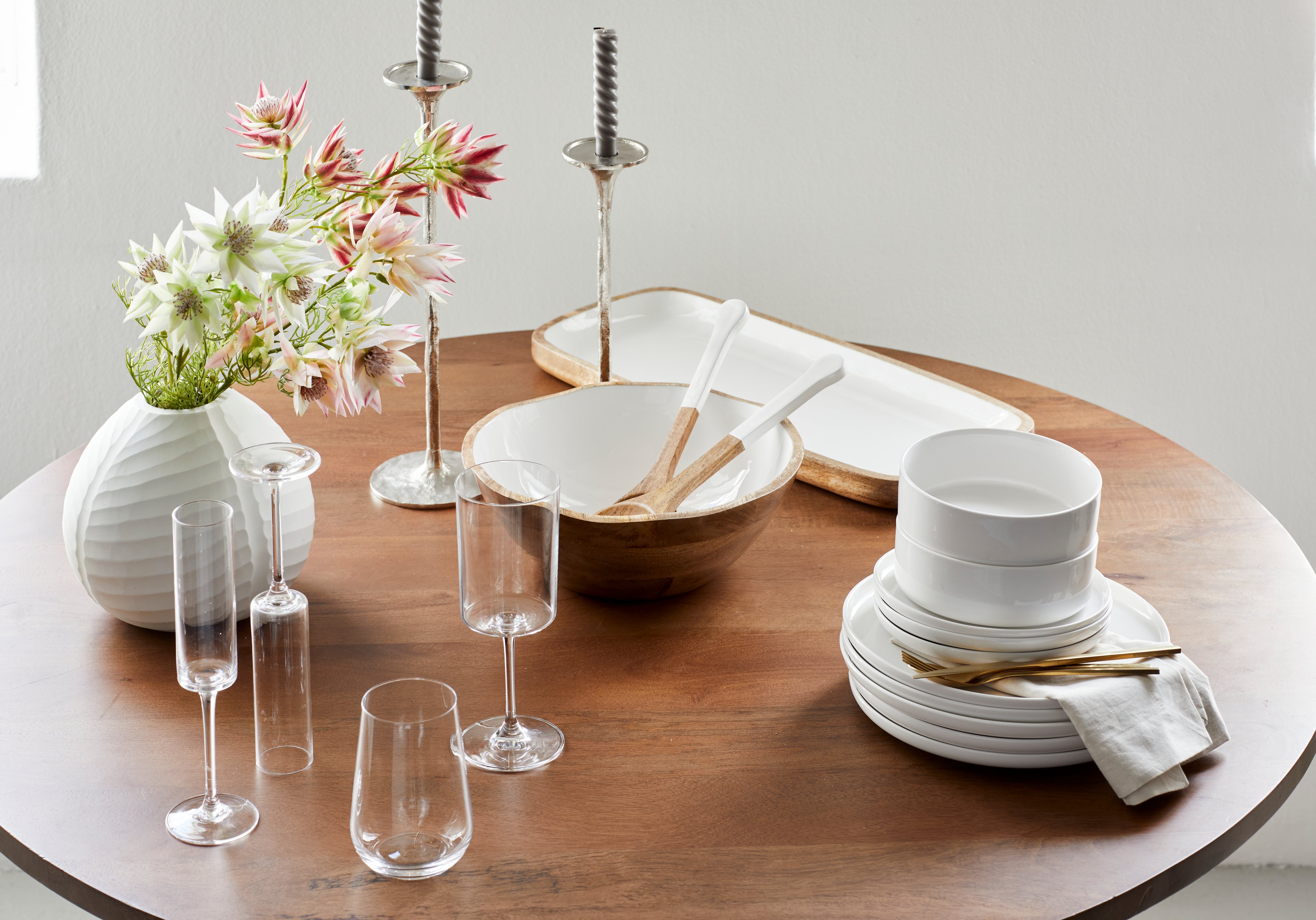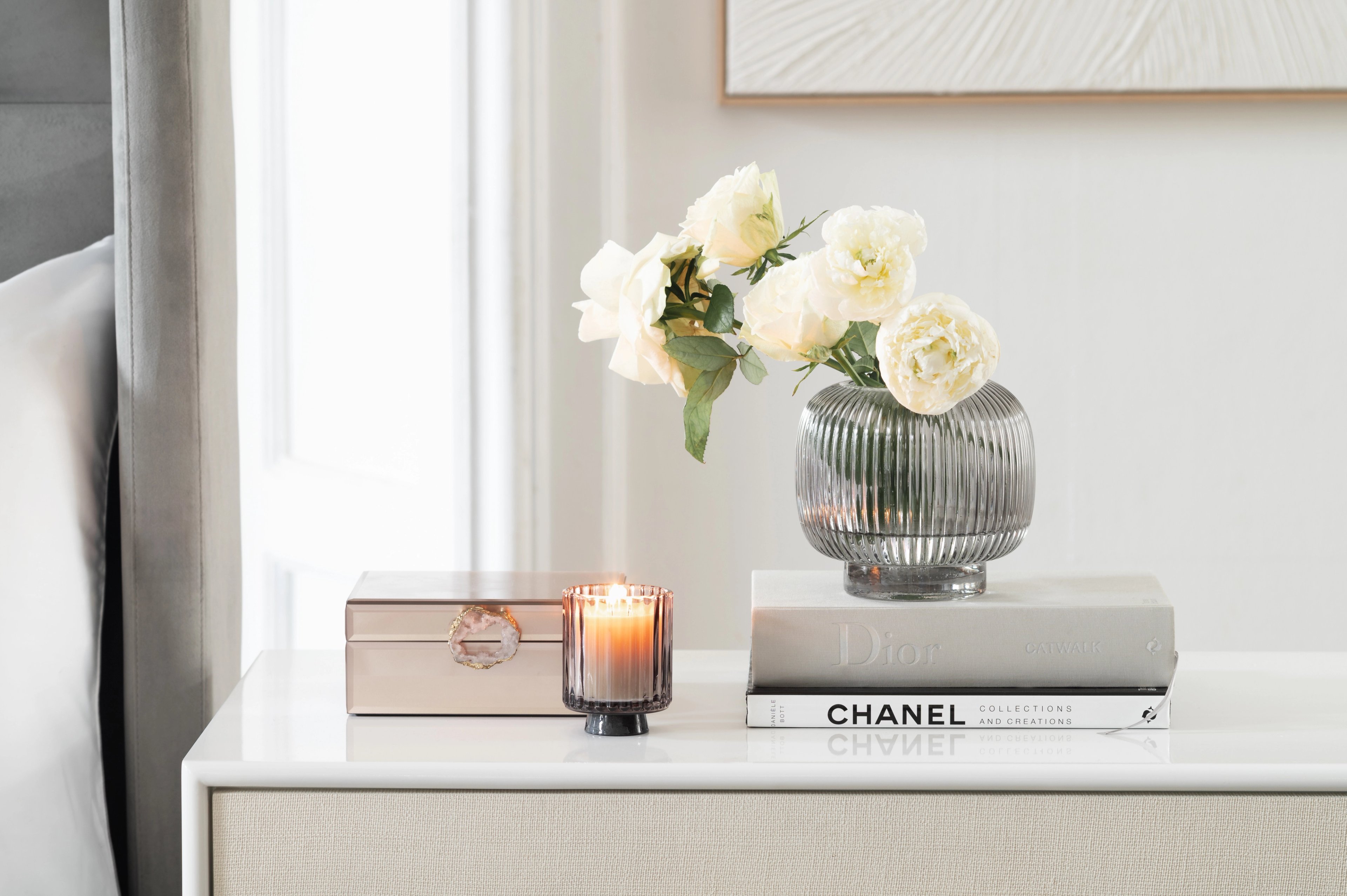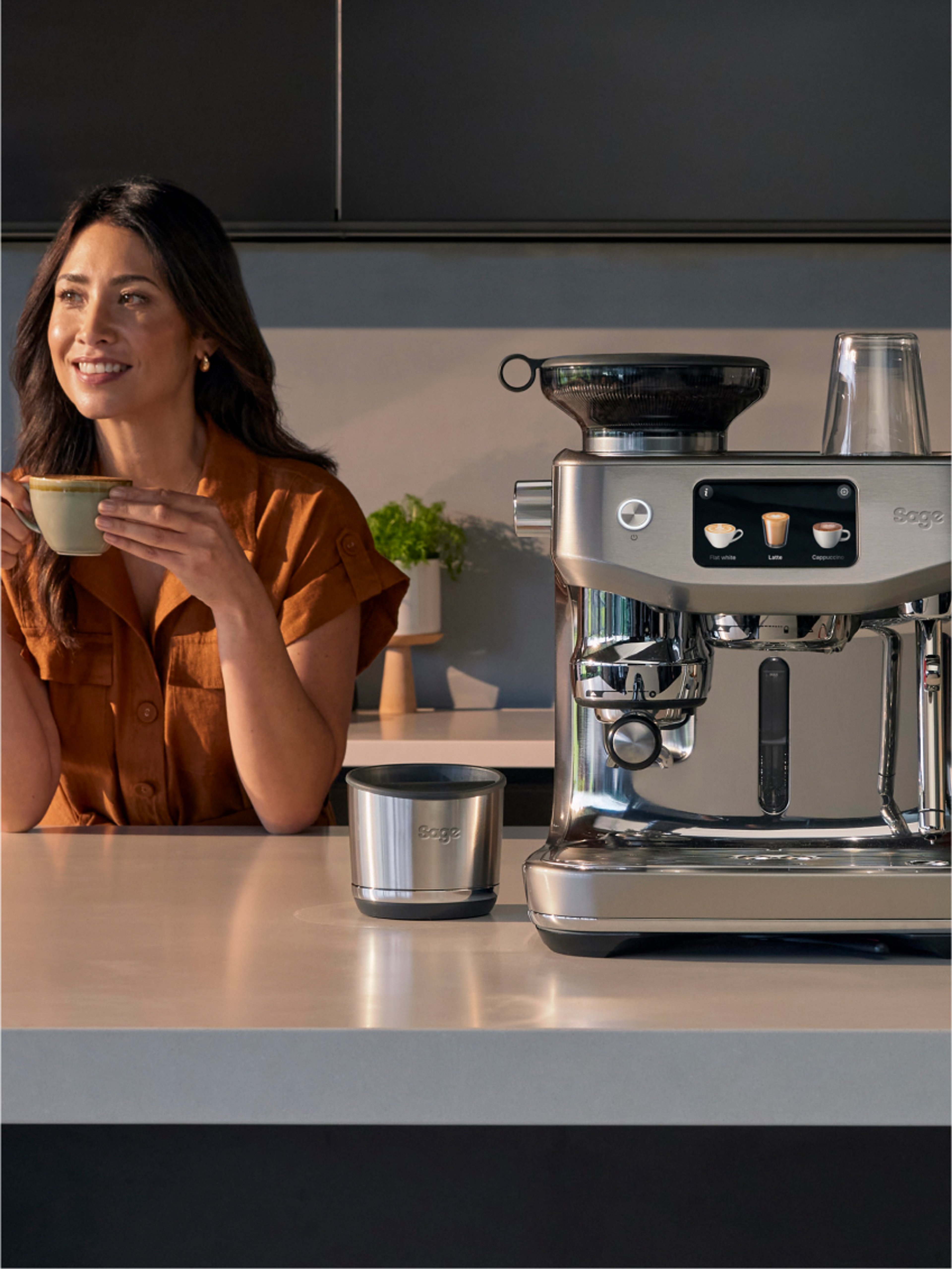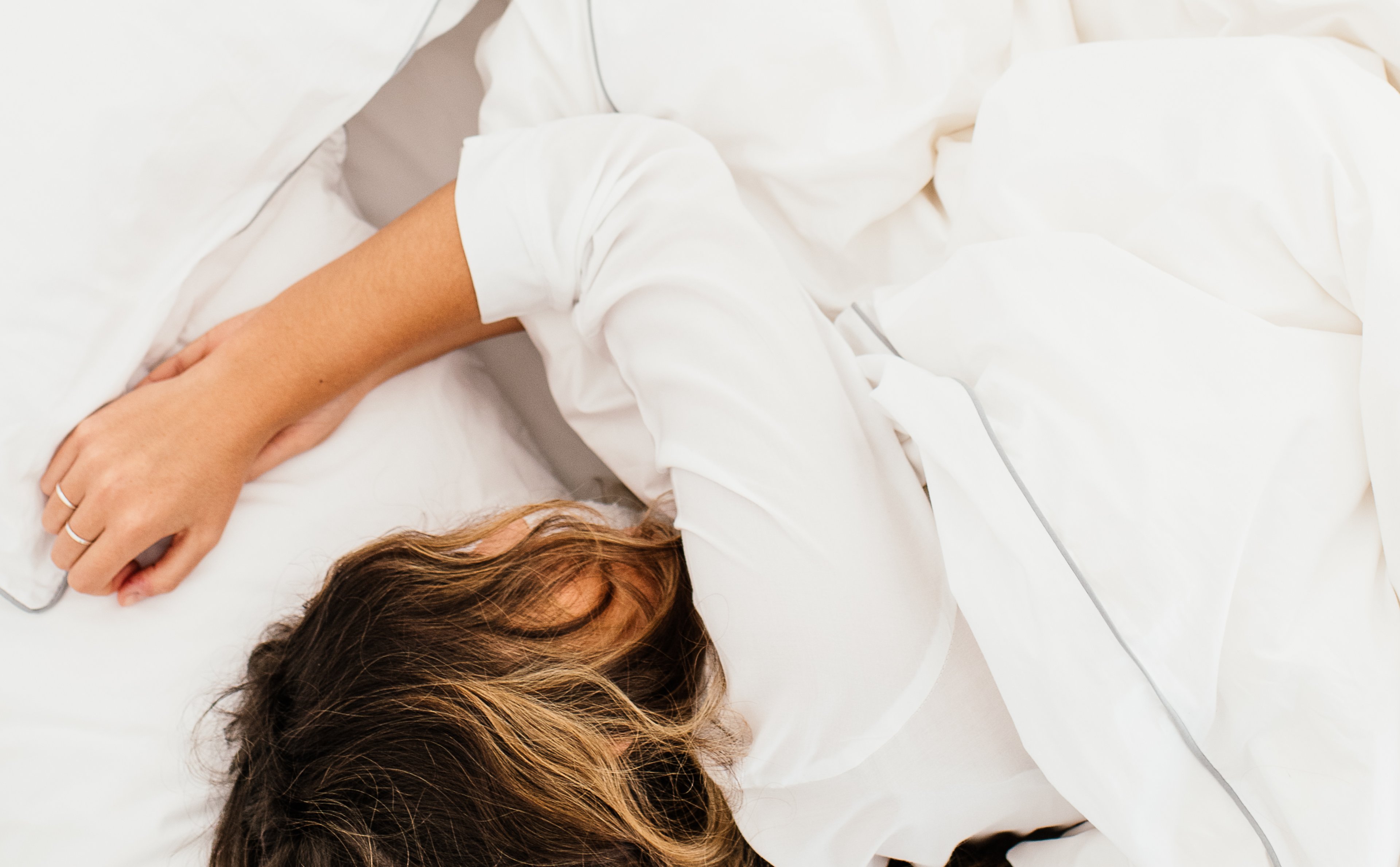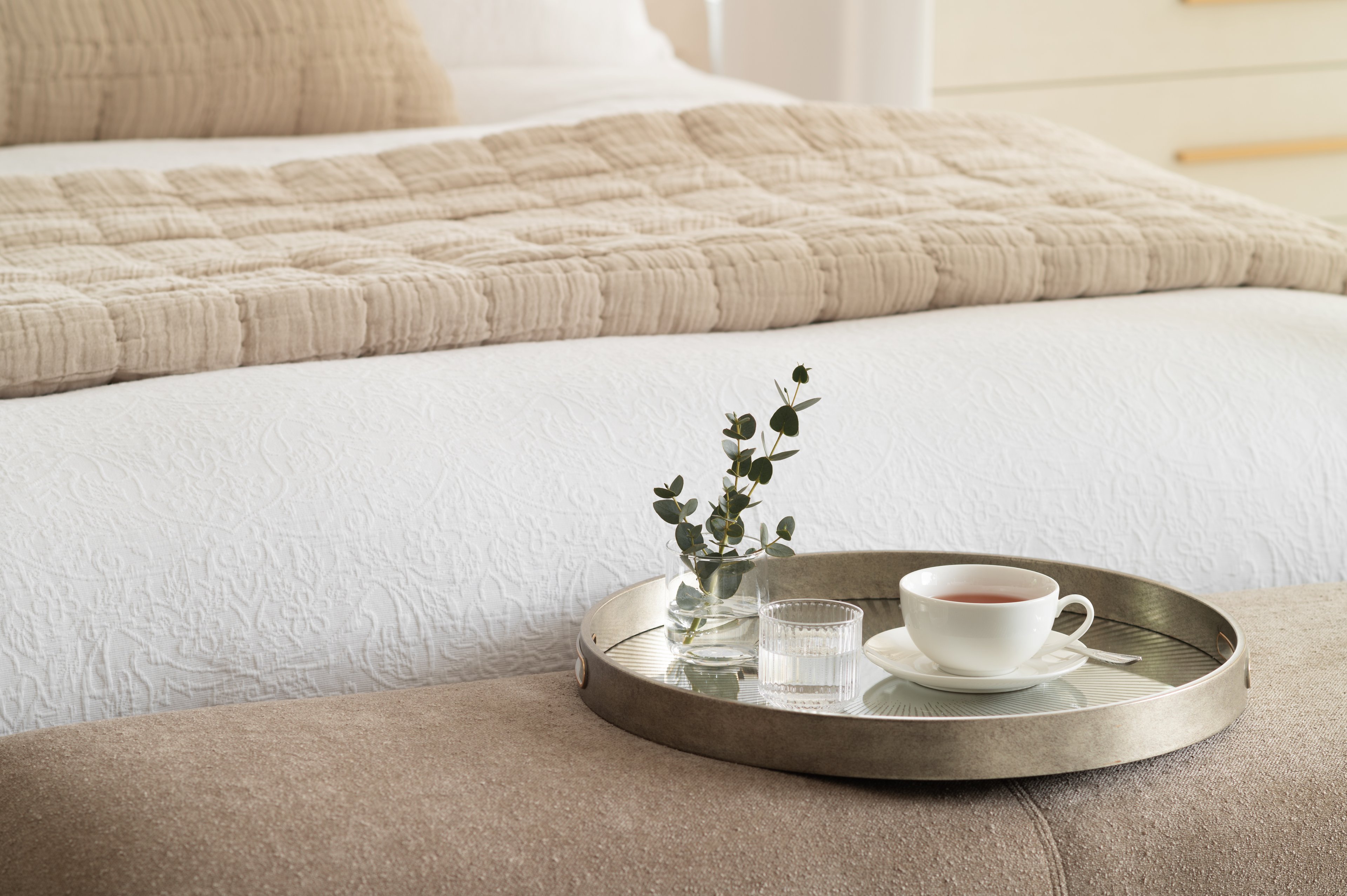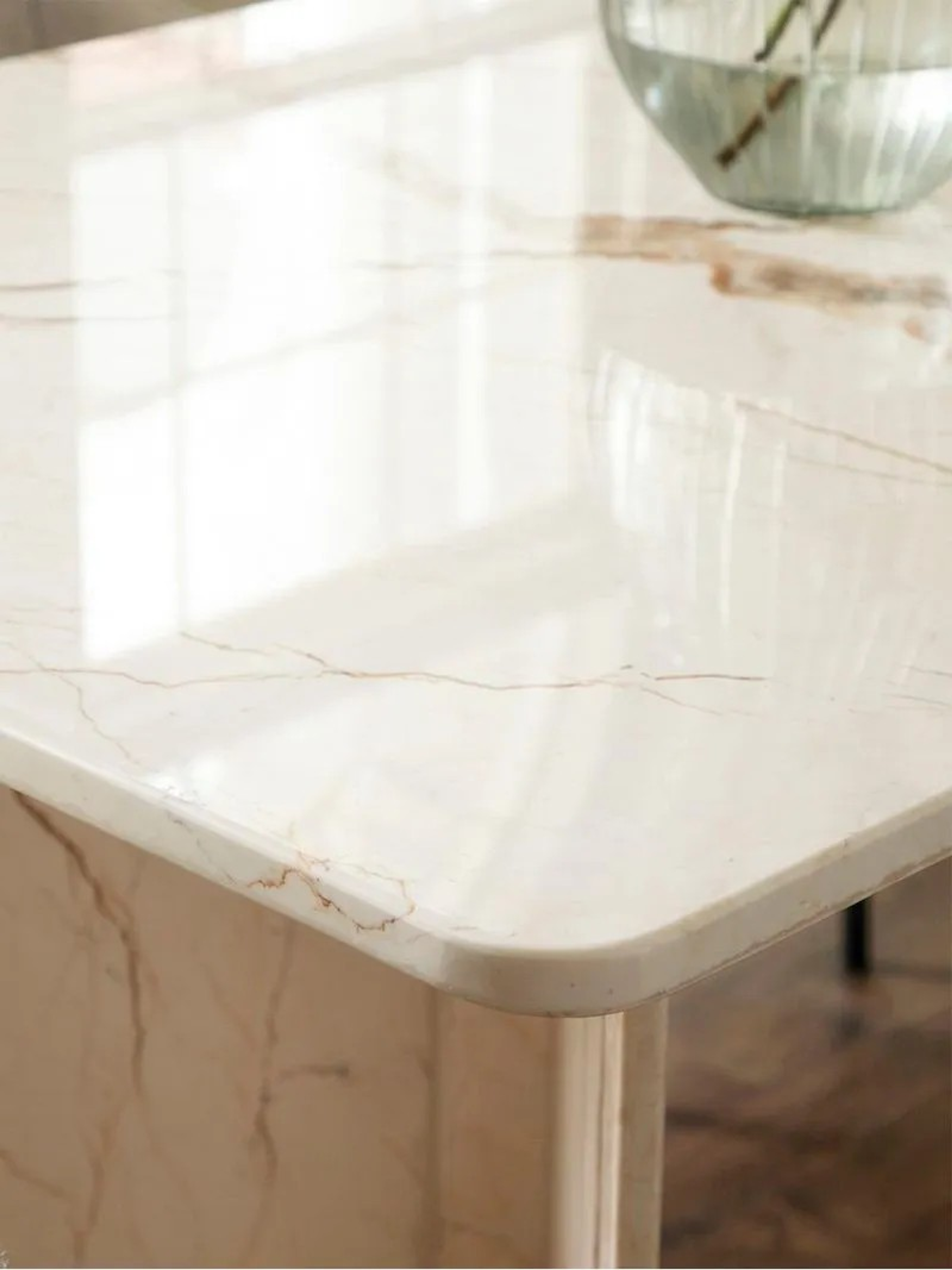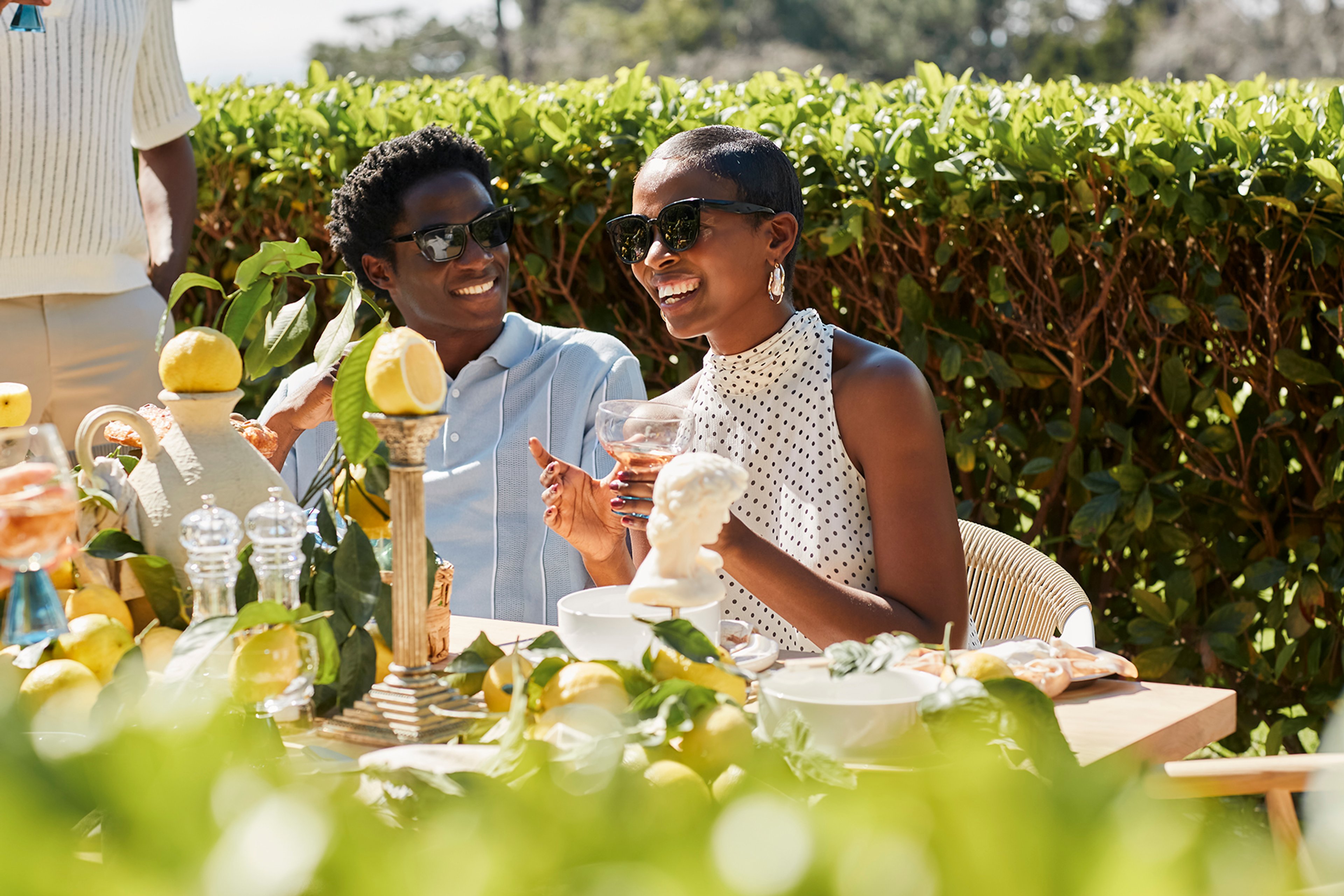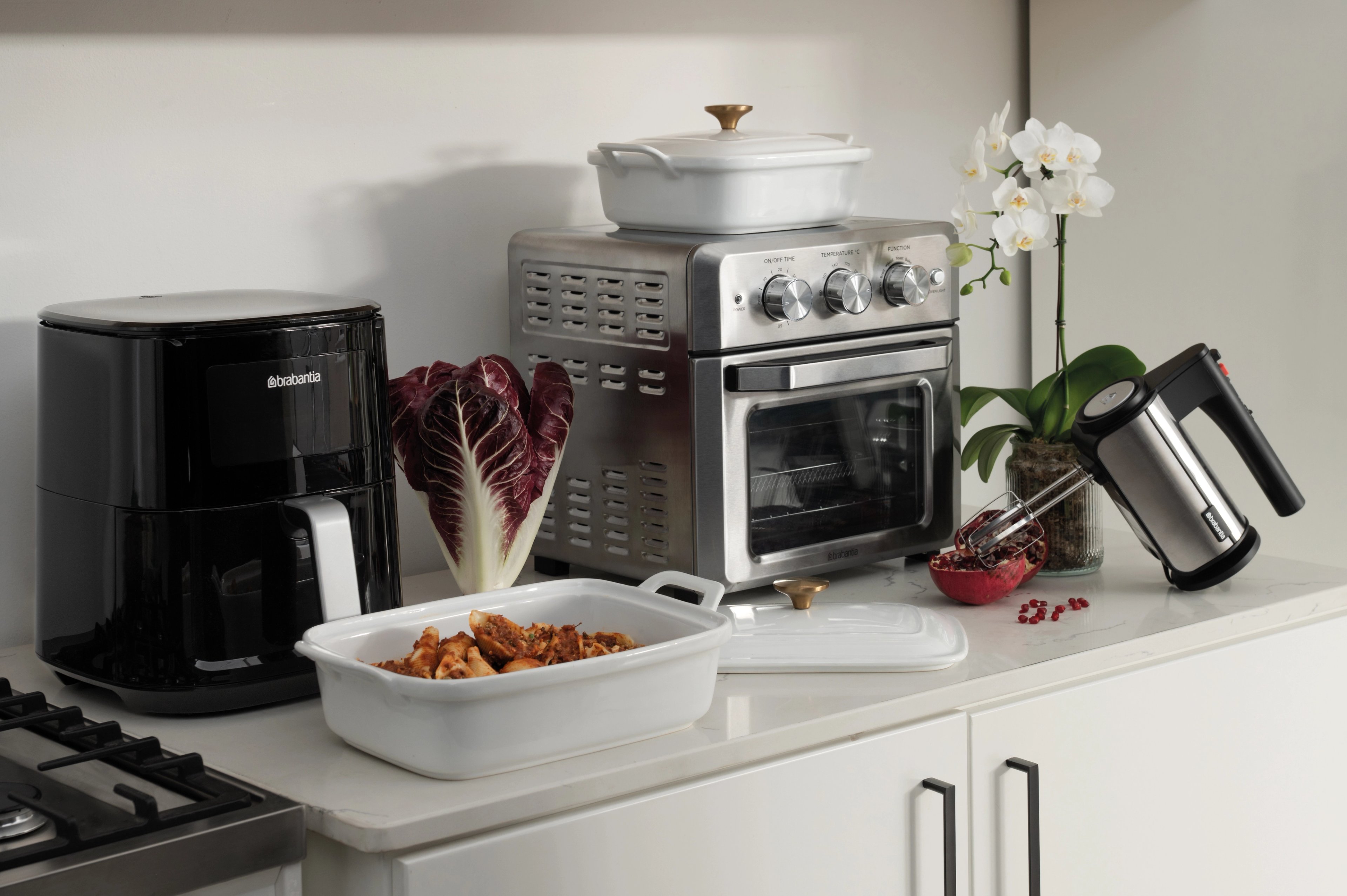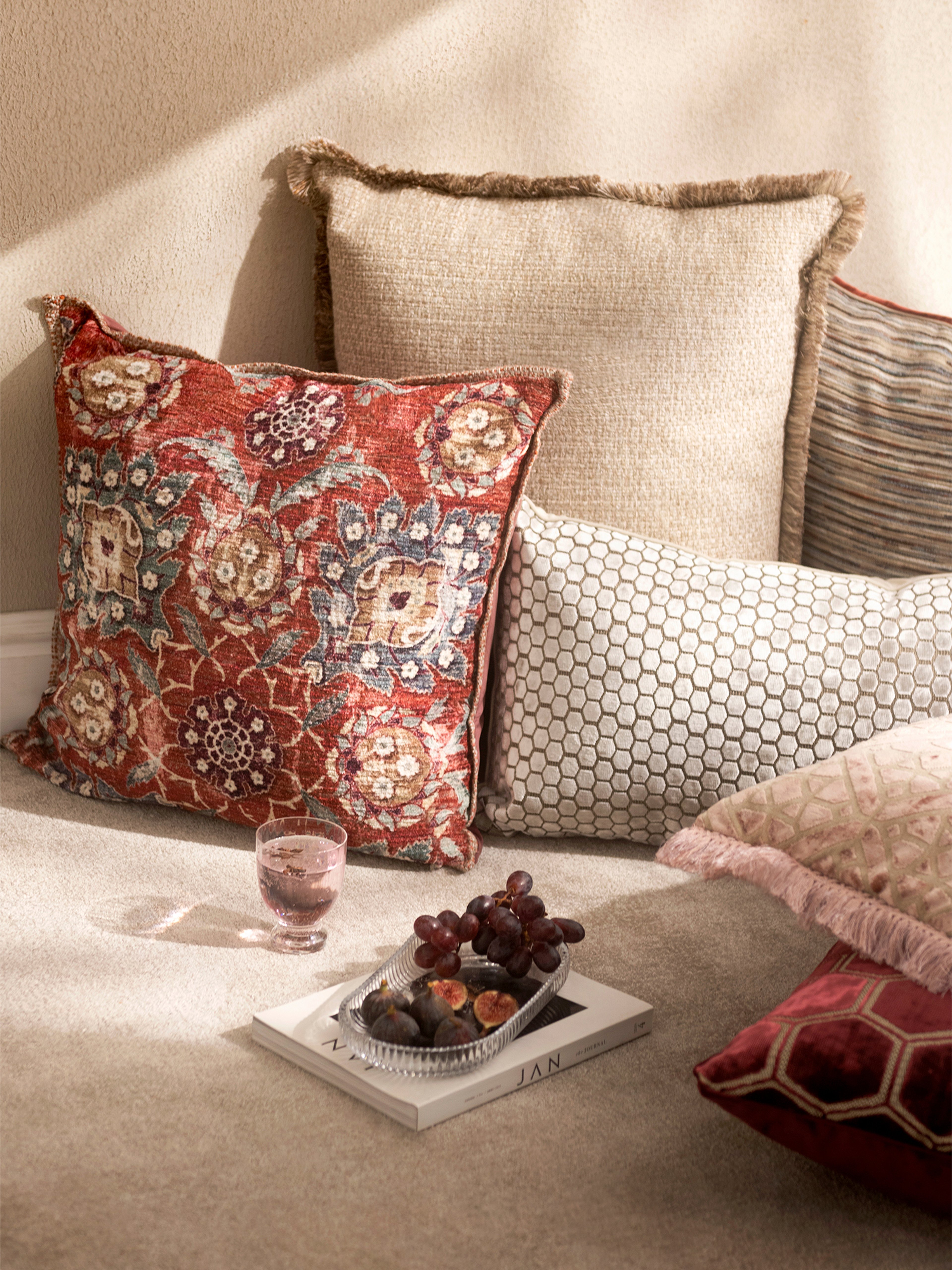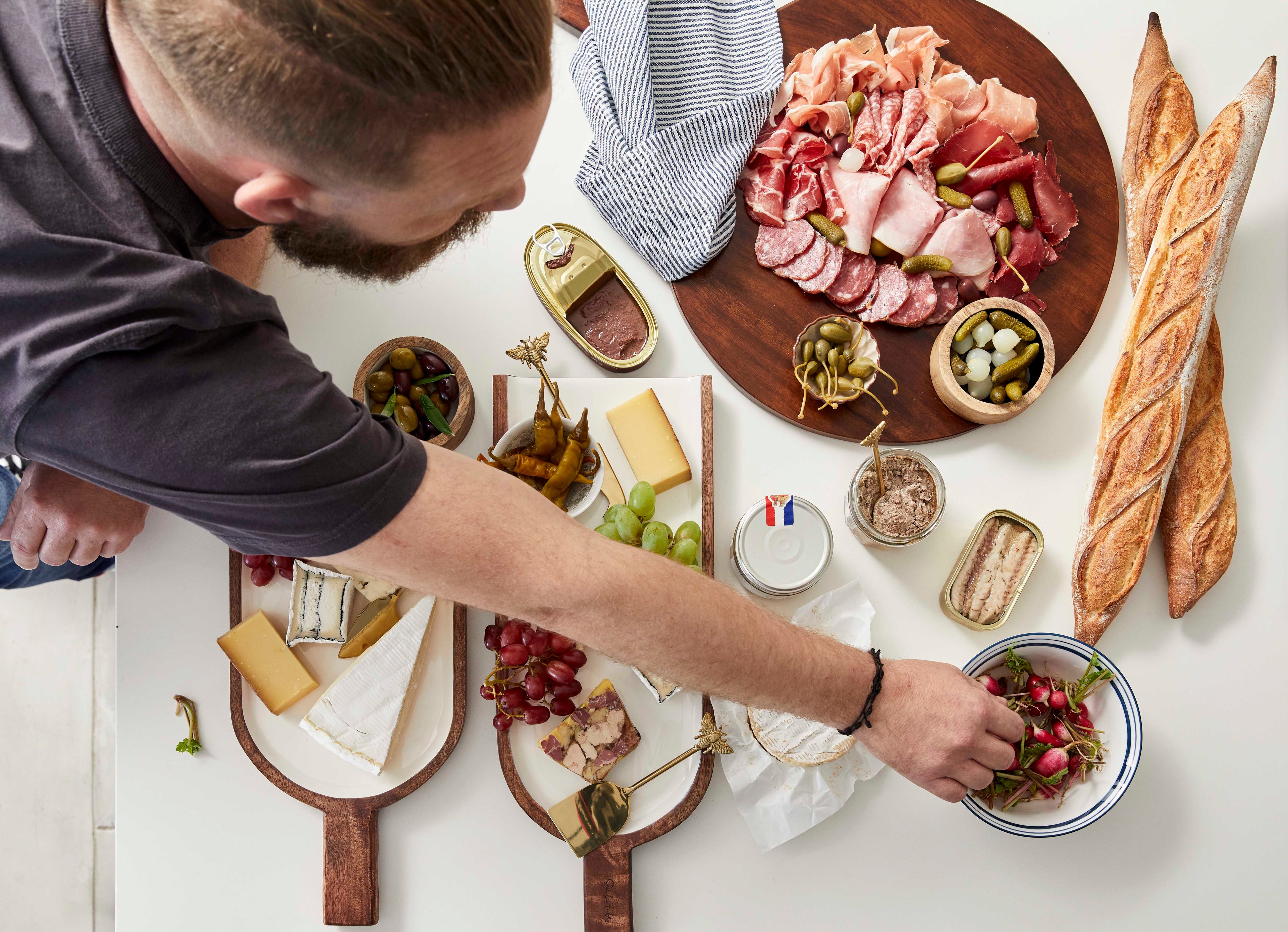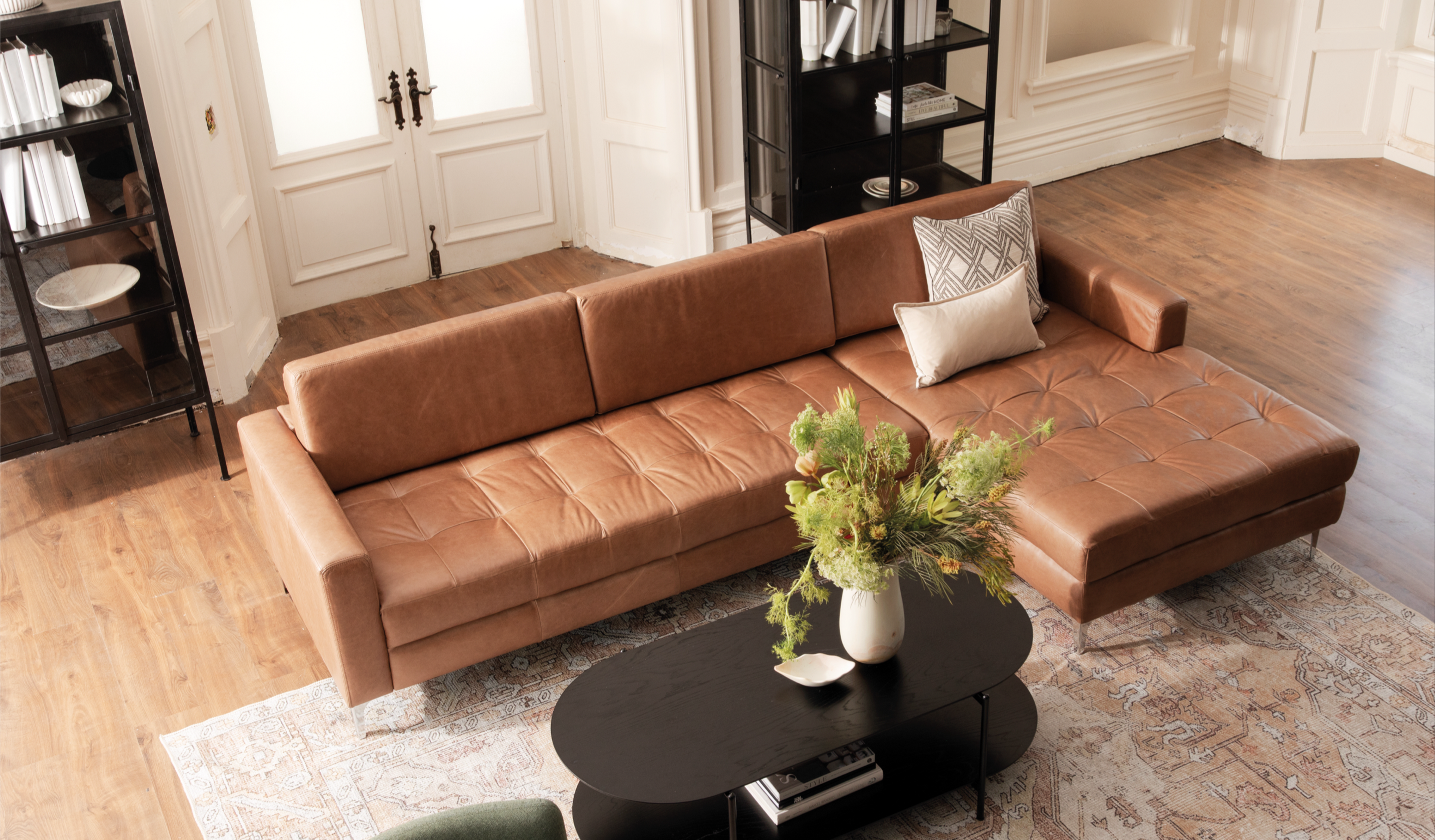Your guide on how to arrange flowers like a pro.
share
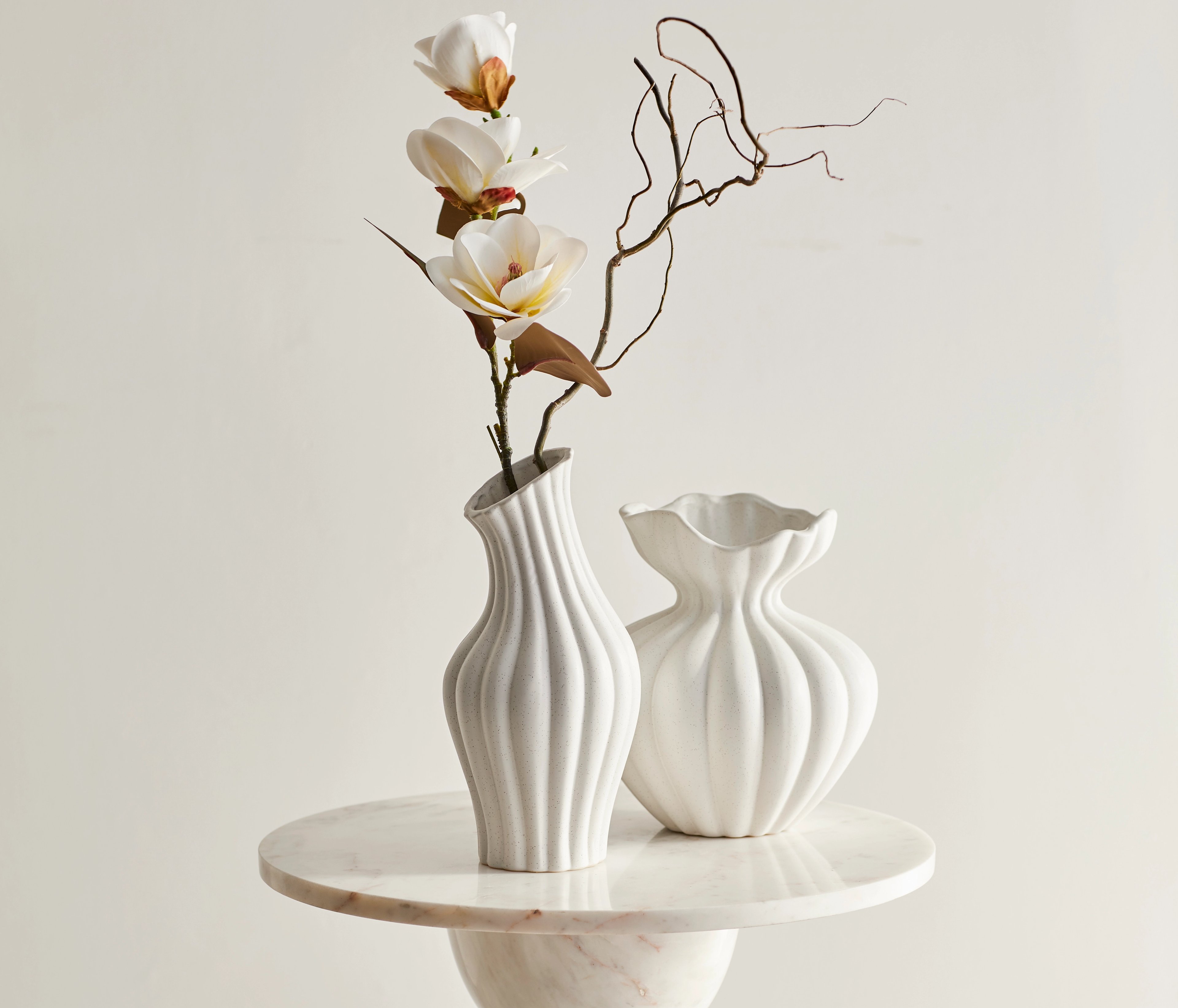
Get spring-ready with these floral arranging hacks.
There’s something about having flowers in every room, the simple joy of arranging them (fresh or faux), and admiring how they soften the edges of your space and enliven your favourite quiet corner. There is an art in how to style them, so here's how you might like to arrange your real-life or life-like blooms as a way to revitalize your space for a new season.
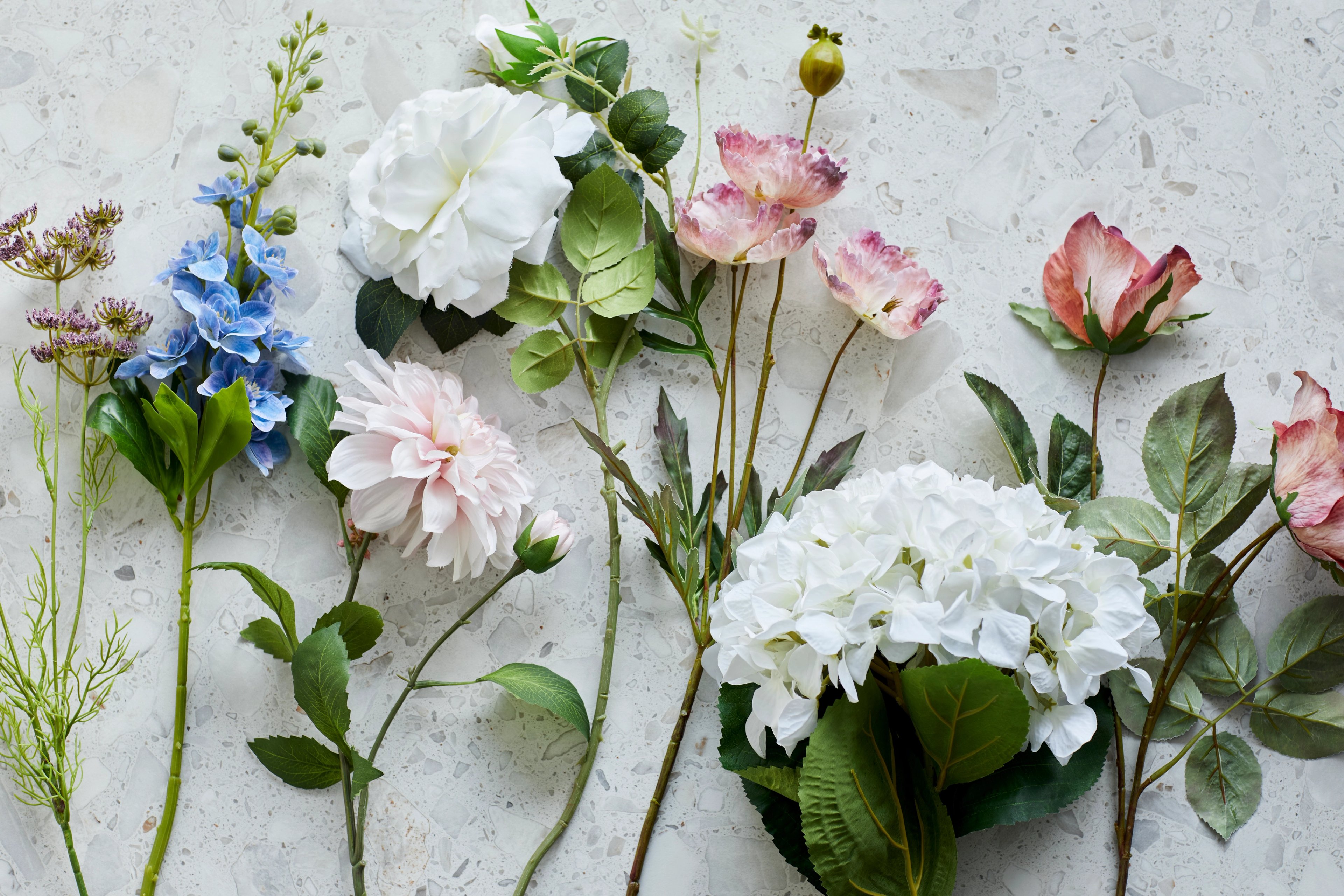
Fresh or faux?
In the past maybe you shied away from “fake” flowers, but investing in well-made and convincing look-alikes can have even the experts fooled!
What to look out for when choose faux flowers and botanicals:
1. True-to-Life Colours
Skip the overly bright or unnaturally uniform shades. The most realistic faux florals have subtle variations in hue, just like real flowers do. Look for soft gradients on petals, slight imperfections in colour, and a matte or satin finish, and definitely not shiny.
2. Wire Inners for Shape and Movement
The best faux stems are built with wire inside so you can bend and shape them to look more organic.
3. Washability
High-quality faux florals are easy to keep clean… just a gentle wipe with a damp cloth or a light dusting is all it takes. Some fabric-based blooms can even be rinsed gently under cool water and air-dried but be sure to read the care instructions!
4. Premium Materials
Look for blooms made with silk, poly-blends, or latex for a realistic look and feel. Avoid stiff plastic or overly shiny finishes. The petals should have some softness and texture and some transparency in certain light, and leaves should have veining and natural irregularities and even hand-painted details.
What are the best vases for flower arrangements?
Here’s how to choose the sight size and shape vessel to make your arrangement look like you had it styled.
1. For long stems and minimalist arrangements.
A tall vase with a narrow neck.
When working with tall stems (like cherry blossom, eucalyptus, large leaf fronds, decorative branches etc, the key is structure and support. A vase that’s too short or wide will cause the stems to splay out or fall over.
Find the perfect spot: entryway consoles, sideboards, or kitchen islands for height without needing to overfill.
2. Shorter stems or full, low arrangements
Bowl-shaped or low-wide vases.
Short stems like peonies, or roses look best clustered together. A wider, bowl-style vase allows you to fan out the flowers and build lush, layered arrangements that feel full and organic.
Is your arrangement still falling over? A floral frog or chicken wire inside your chosen vessel will help keep stems in place.
Find the perfect spot: coffee tables, dining tables, bathroom vanity to create a soft, romantic focal point without too much height.
3. Buds and single stems
Small and narrow vessels styled as a group is most elegant, on a shelf, bedside table, or bathroom vanity.
This is also a great way to style leftover blooms after the majority have faded or elevate a breakfast tray, windowsill.
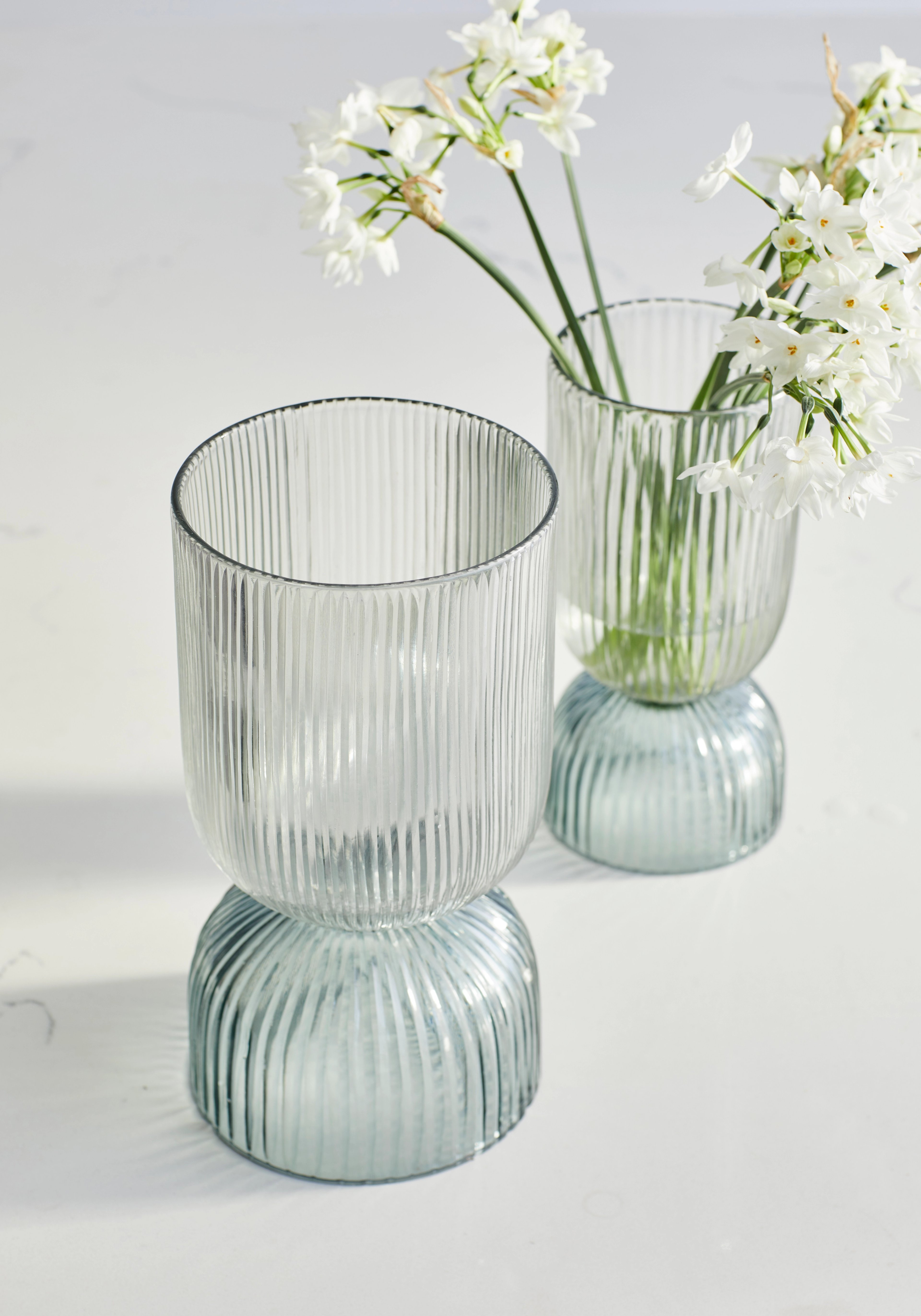
Clear and colourful glass vases
First choice when you want to highlight the stems, showcase clean lines, or create a light, airy feel, perfect for minimalist or modern floral arrangements.

Ceramic & Earthenware Vases
Perfect when you want to add warmth, texture, and a handcrafted feel, ideal for earthy arrangements or to anchor bolder blooms with a more solid, sculptural base.
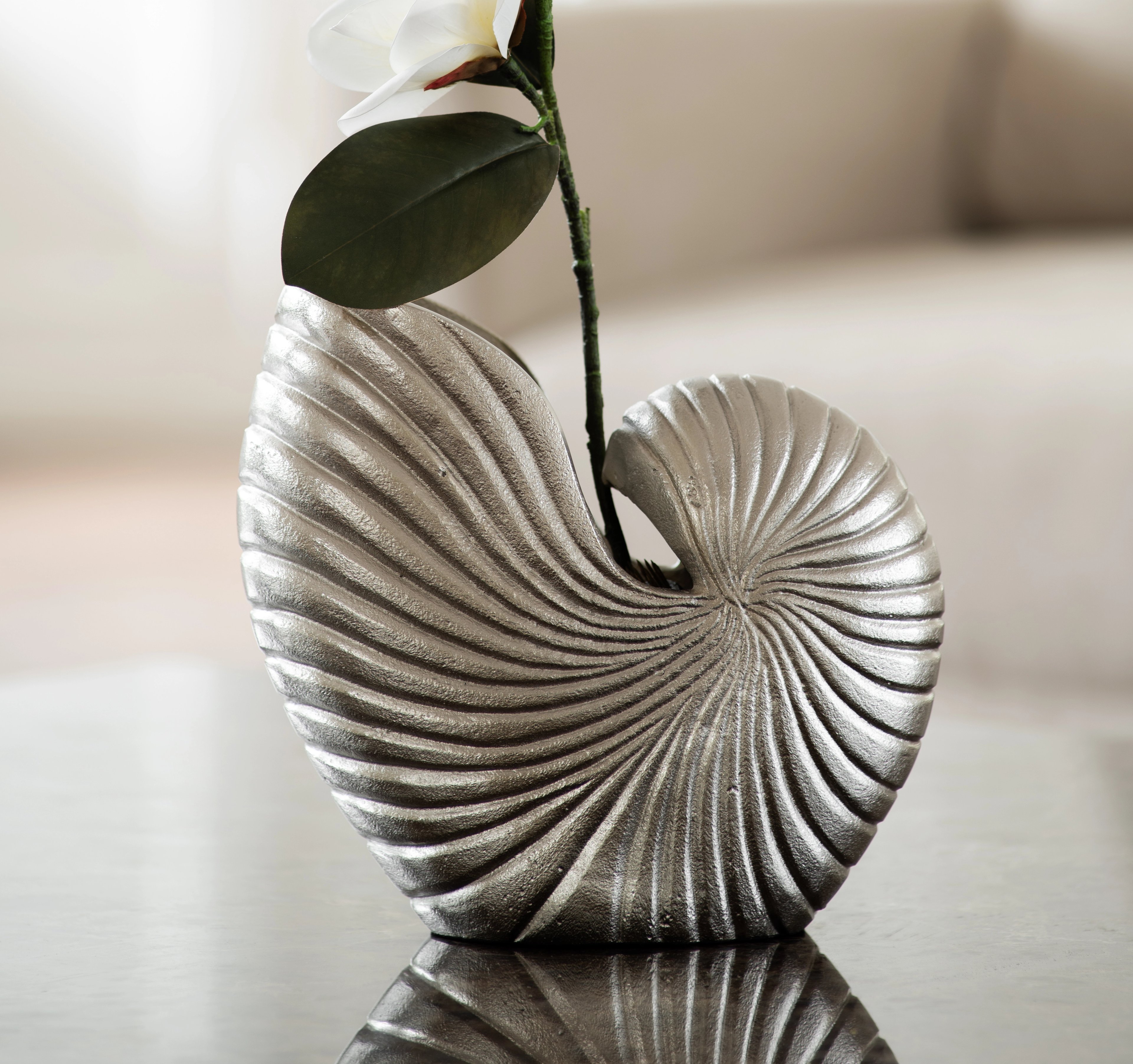
Planters & other vessels
Your go-to when you want to introduce contrast, play with texture, or make a statement. They're perfect for eclectic, rustic, or outdoor settings where personality and durability matter.
Floral arranging basics: the 3:5:8 Rule.
This is a florist’s secret to effortless balance. The 3:5:8 rule is a simple yet effective guideline to help you create floral arrangements that feel beautifully balanced.Think of it like building a cast: your focal flowers are the stars, the greenery sets the stage, and the fillers are the supporting roles that bring the whole story to life.
3 focal flowers or hero blooms: statement blooms, the eye-catchers that define the feel and colour palette of the arrangement. Lilies, Hydrangeas, Dahlias, Strelitzia and Proteas.
5 stems of greenery to fill out and shape the arrangement. Eucalyptus, ferns, or soft branches.
8 filler flowers, delicate, supporting stems add volume and texture and soften the look. Think Baby’s Breath, Wax Flower, or small wild-style blooms.
Use this ratio as a starting point, and adjust based on the size of your vessel or your desired fullness.
Choose a colour pallet for your arrangement.
Here are some colour pairing ideas:
Spring themed floral bouquet? soft pinks, greens, yellows, whites.
Bold bouqets: red, yellow, pink and orange (sunset colours) with shocks of blue.
Neutral or monochromatic think eucalyptus, dried grasses, soft leaves, and stick to one colour or white blooms.
The professional finishing touch: Faux or fresh, always fluff and bend stems for natural flow.
